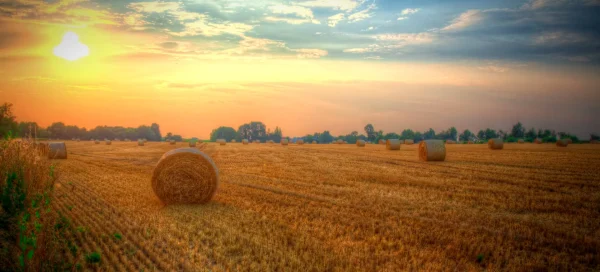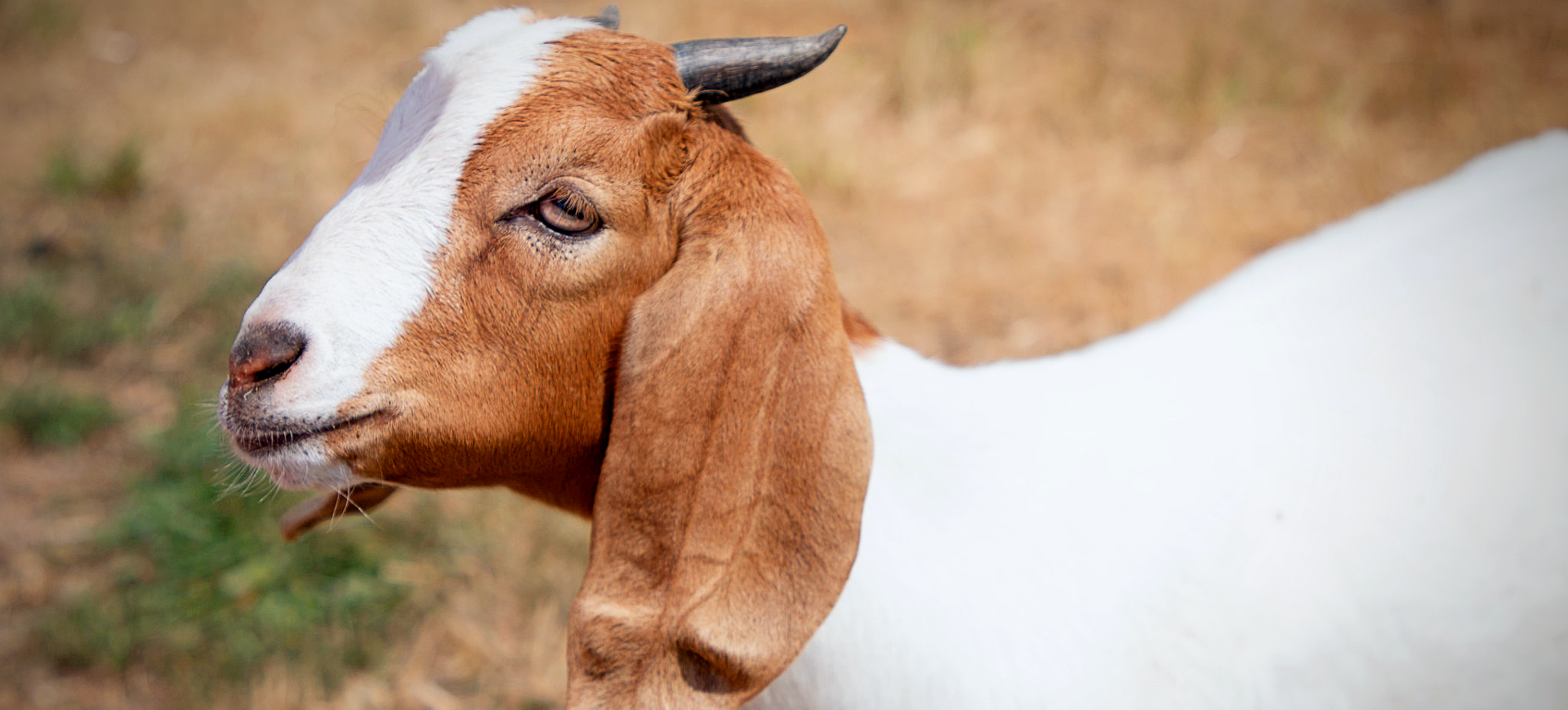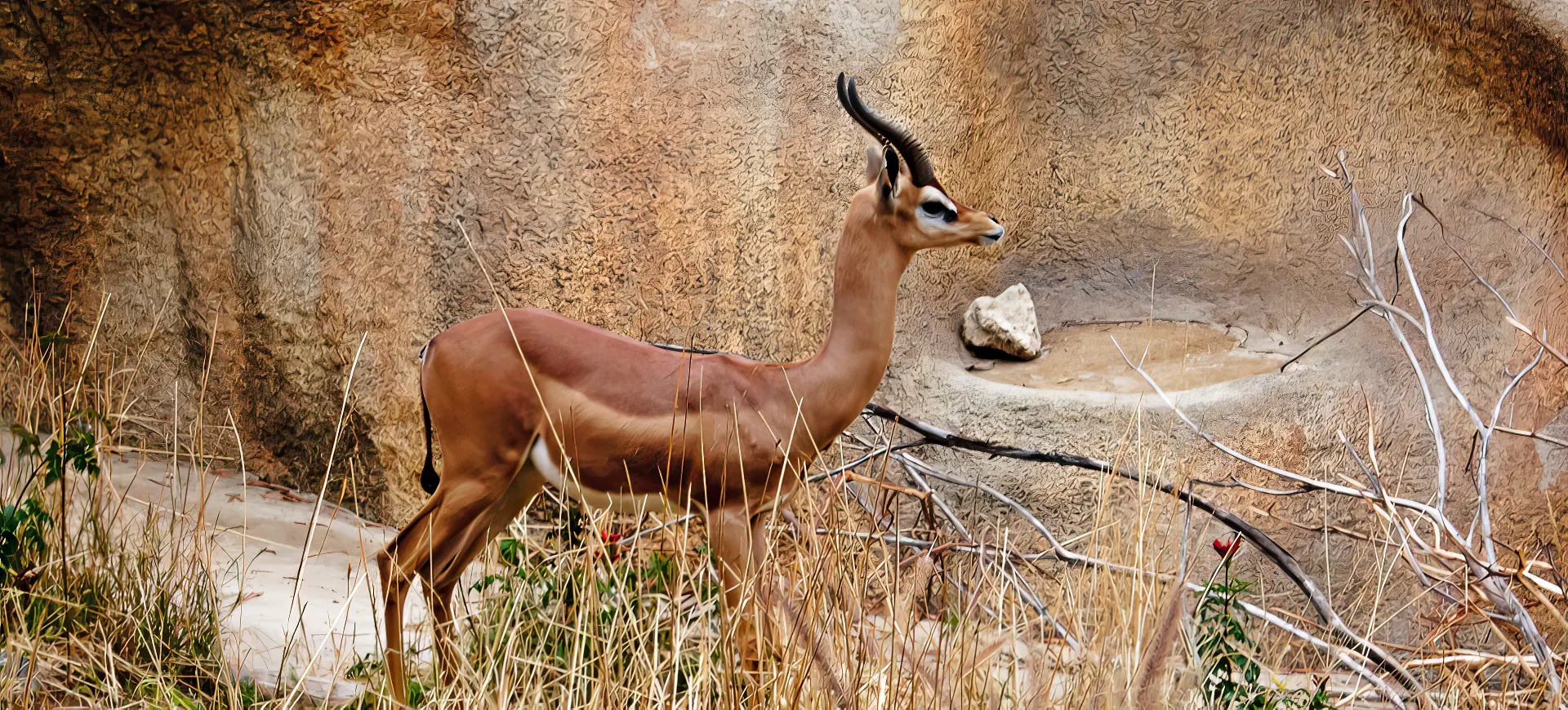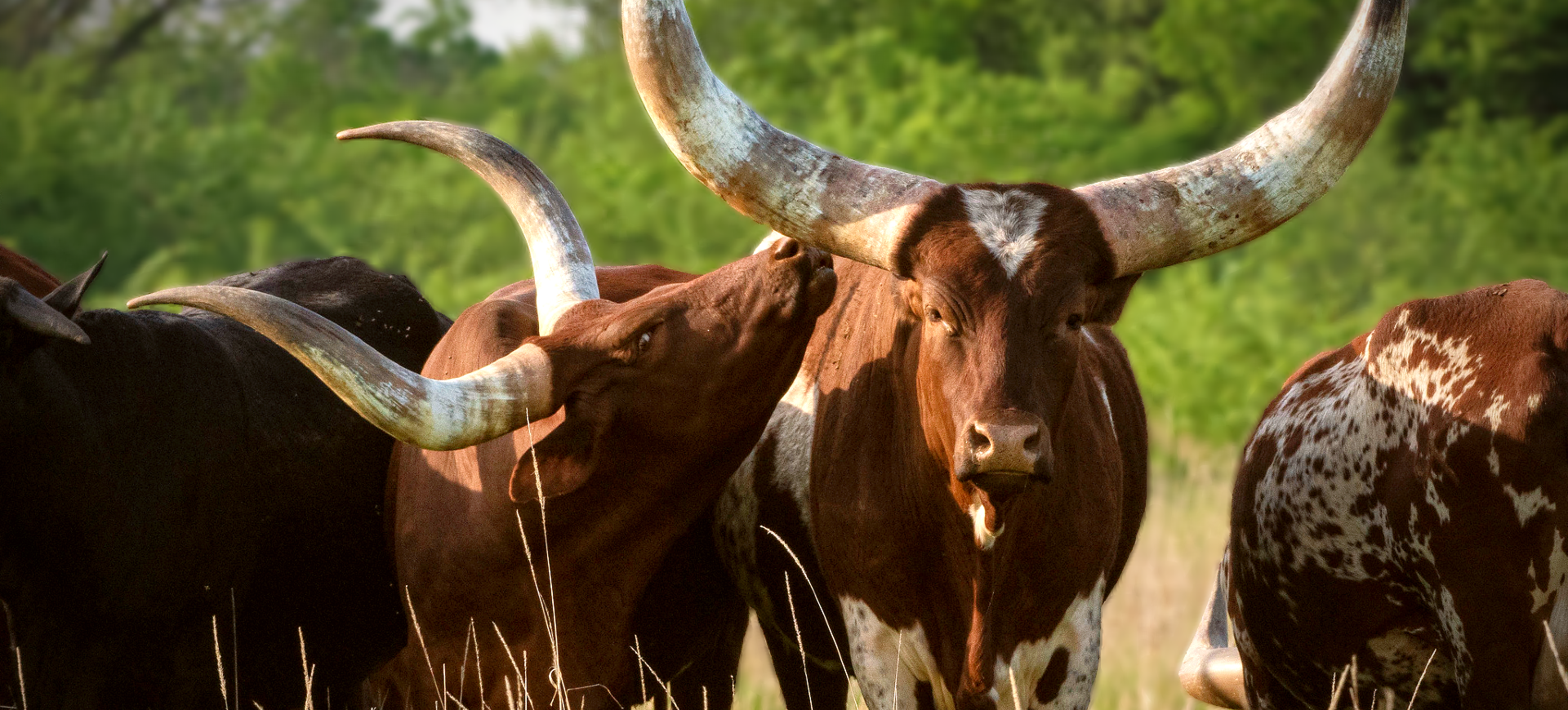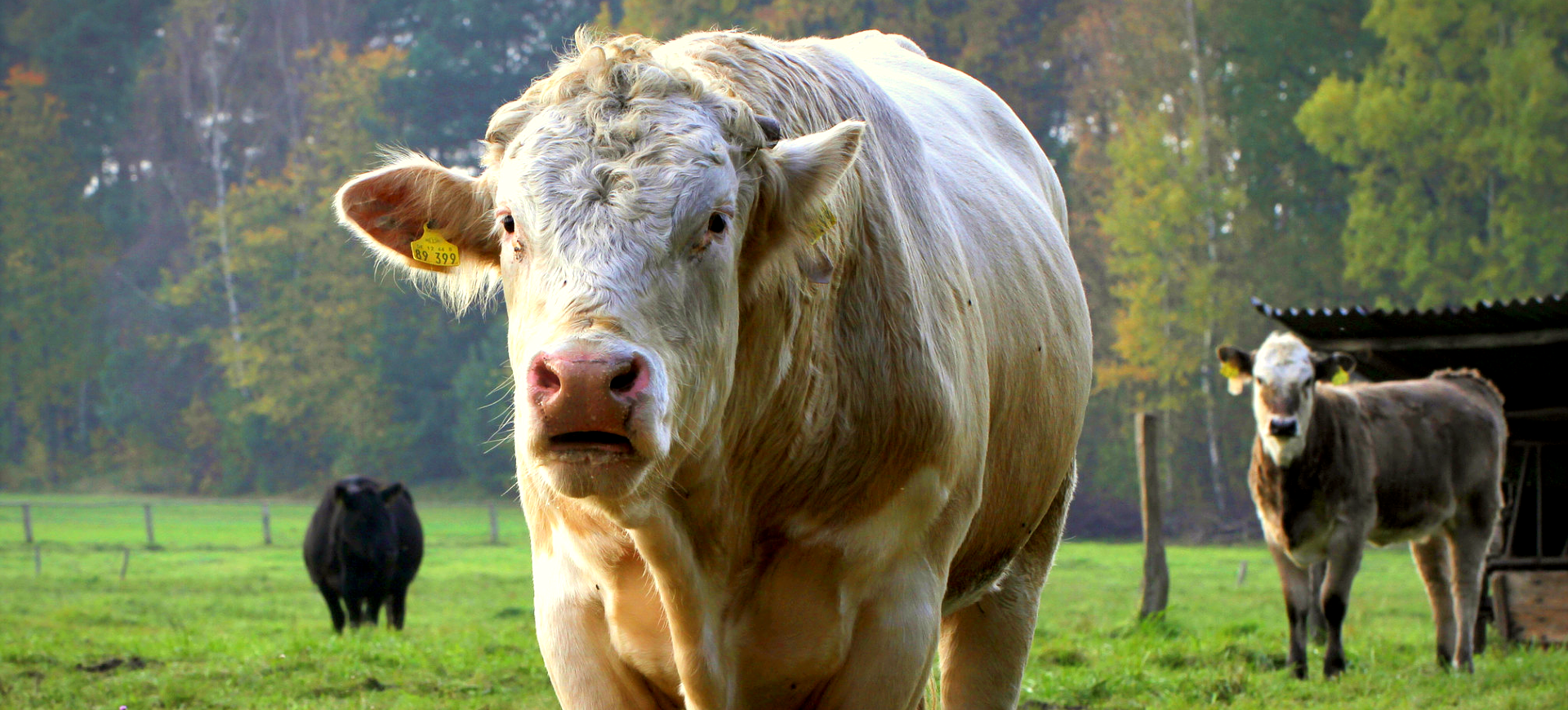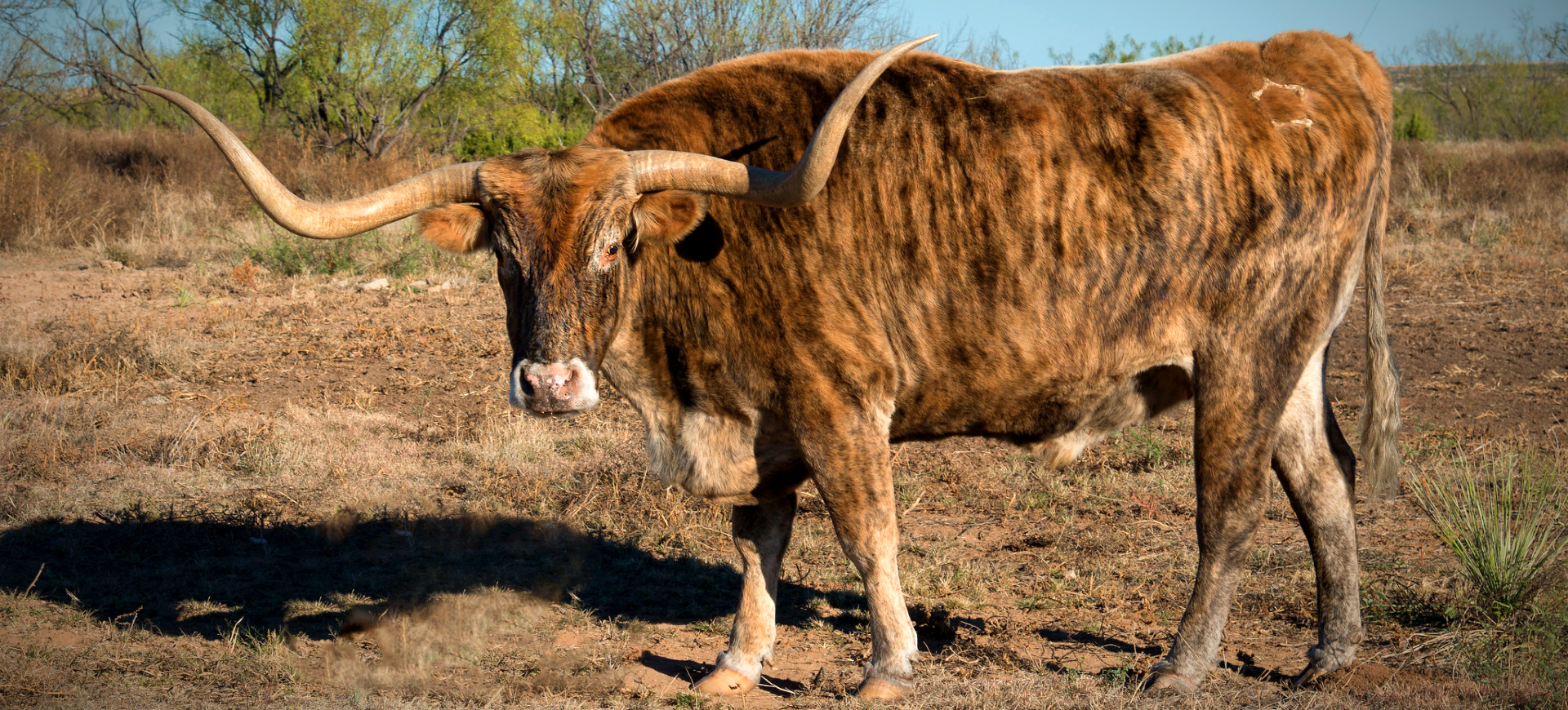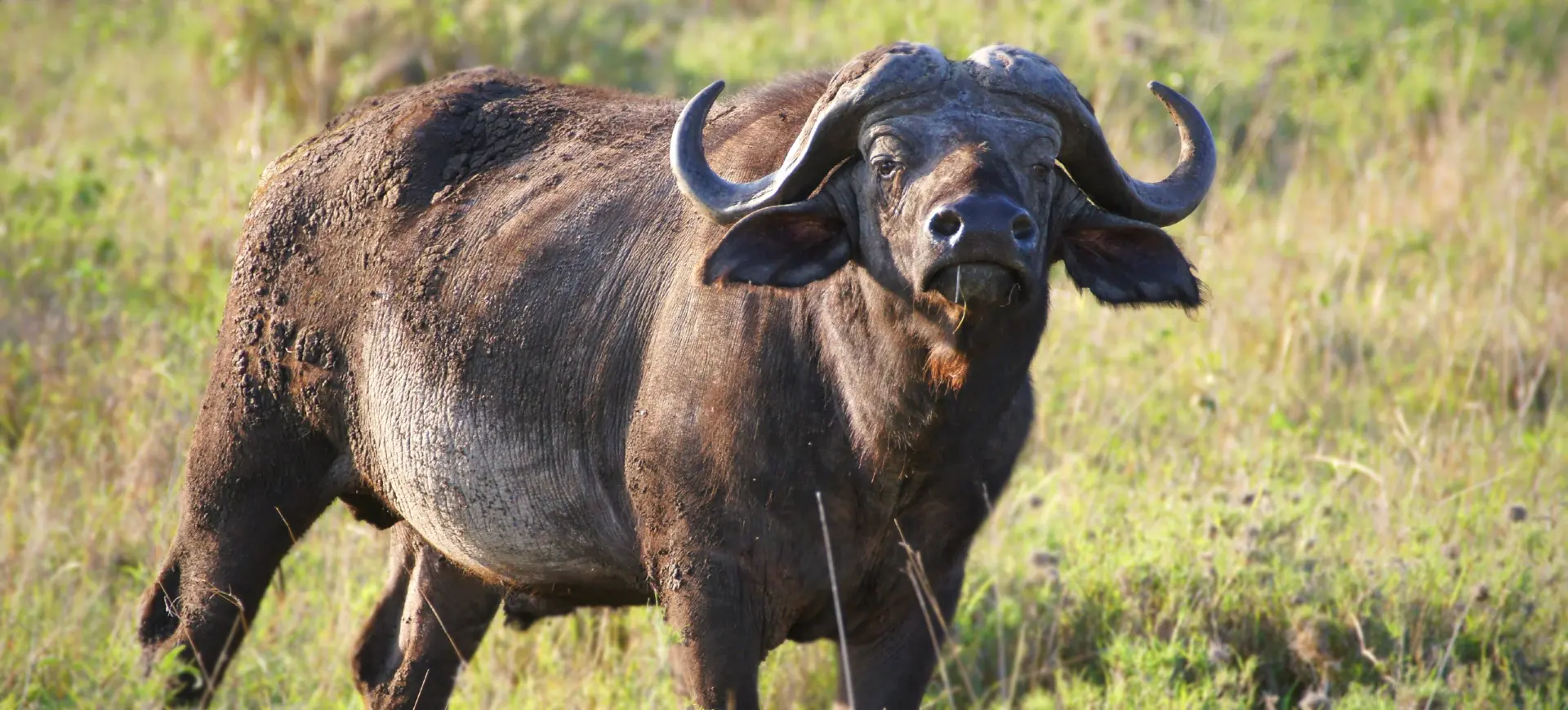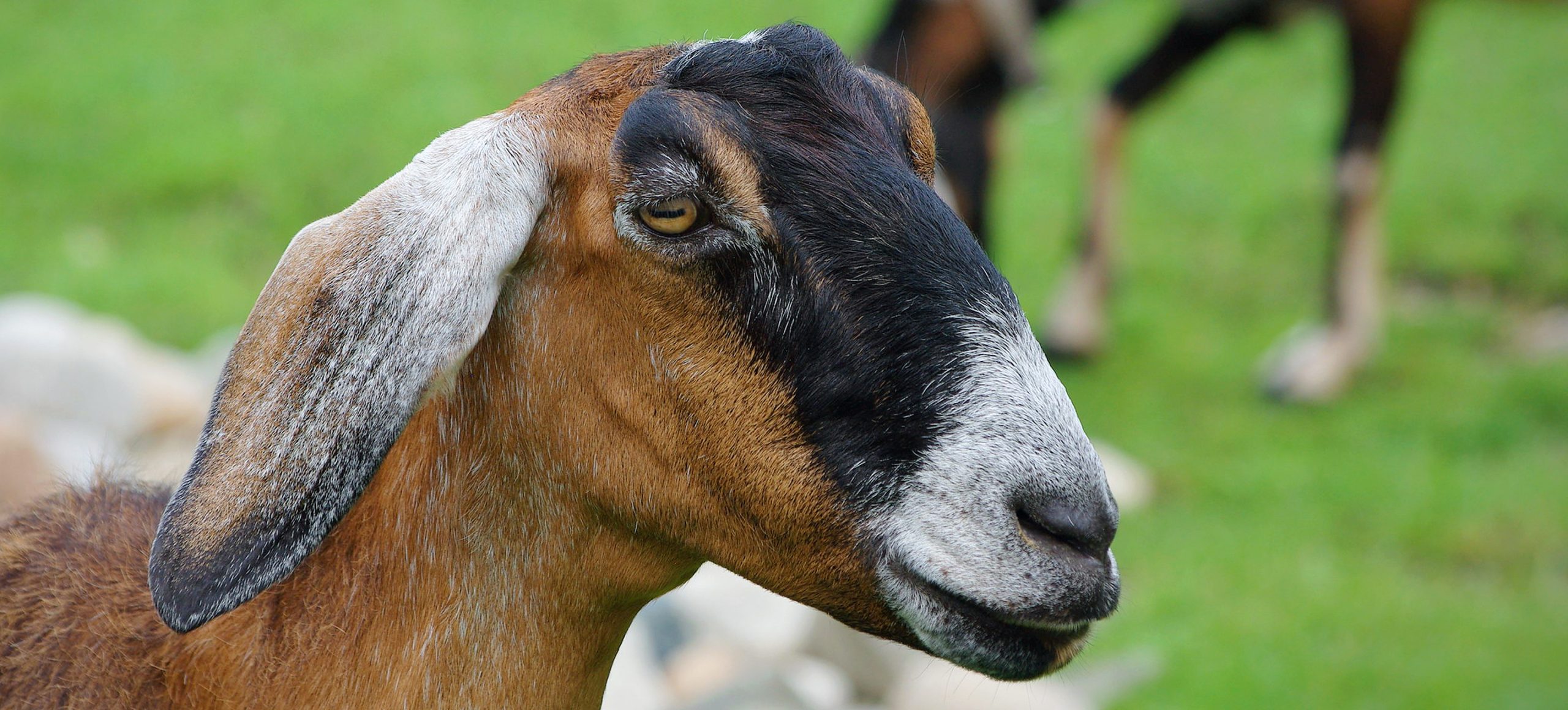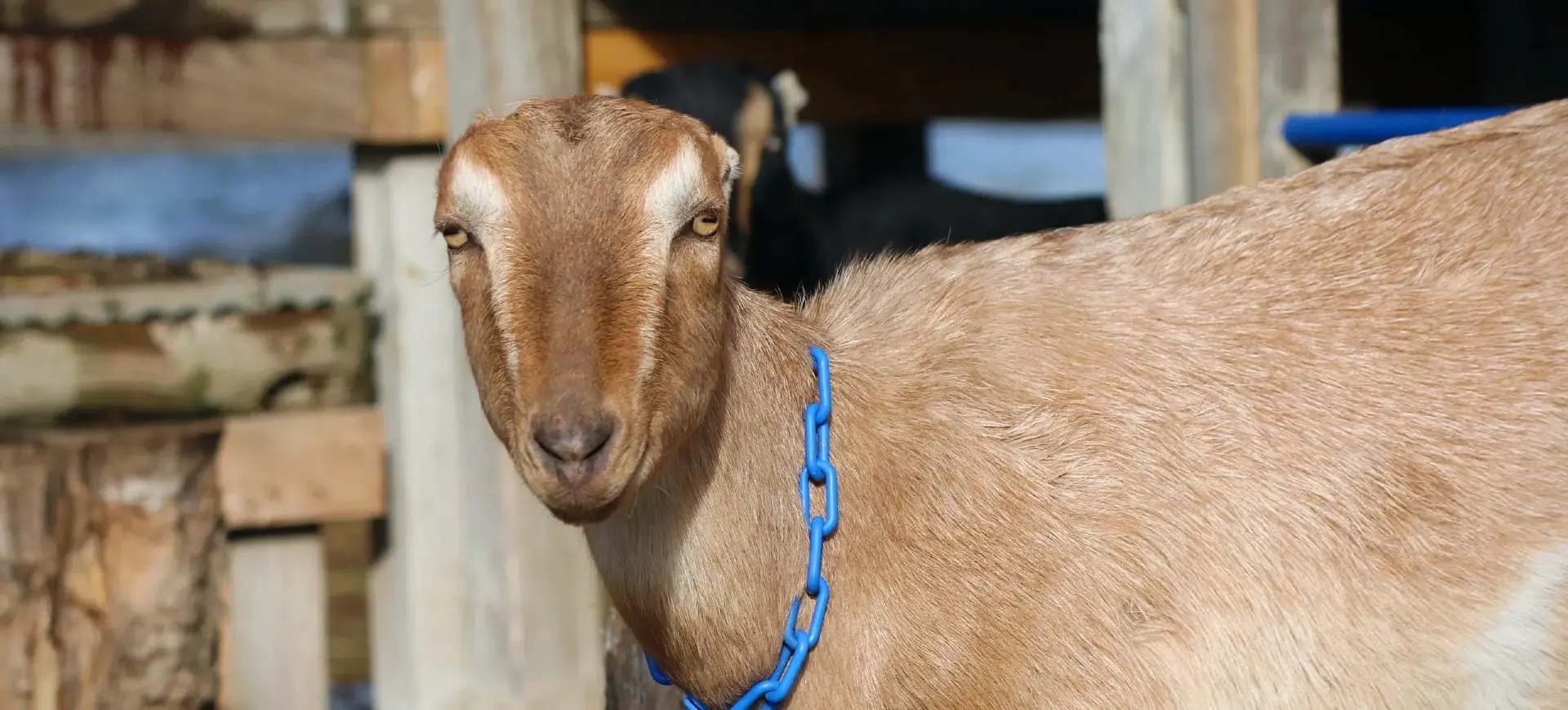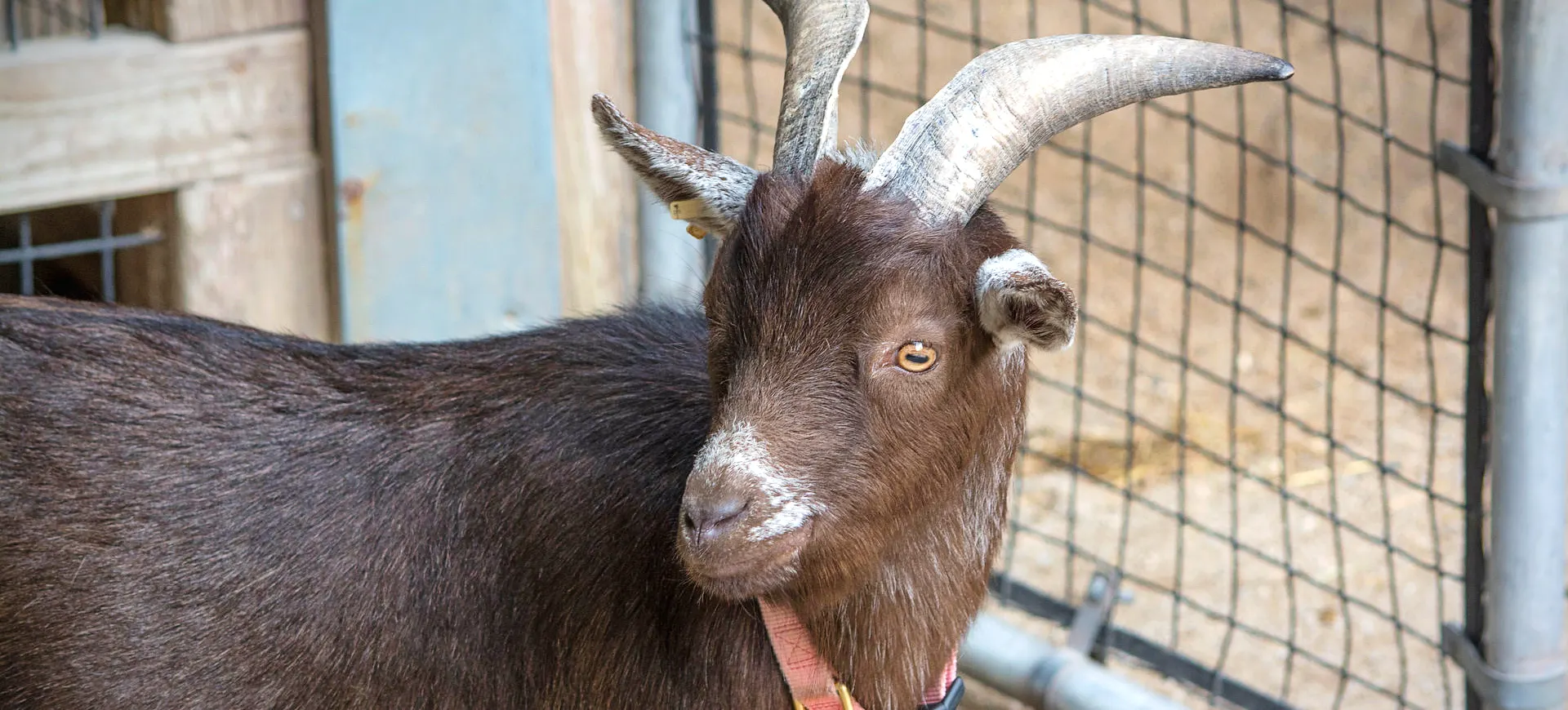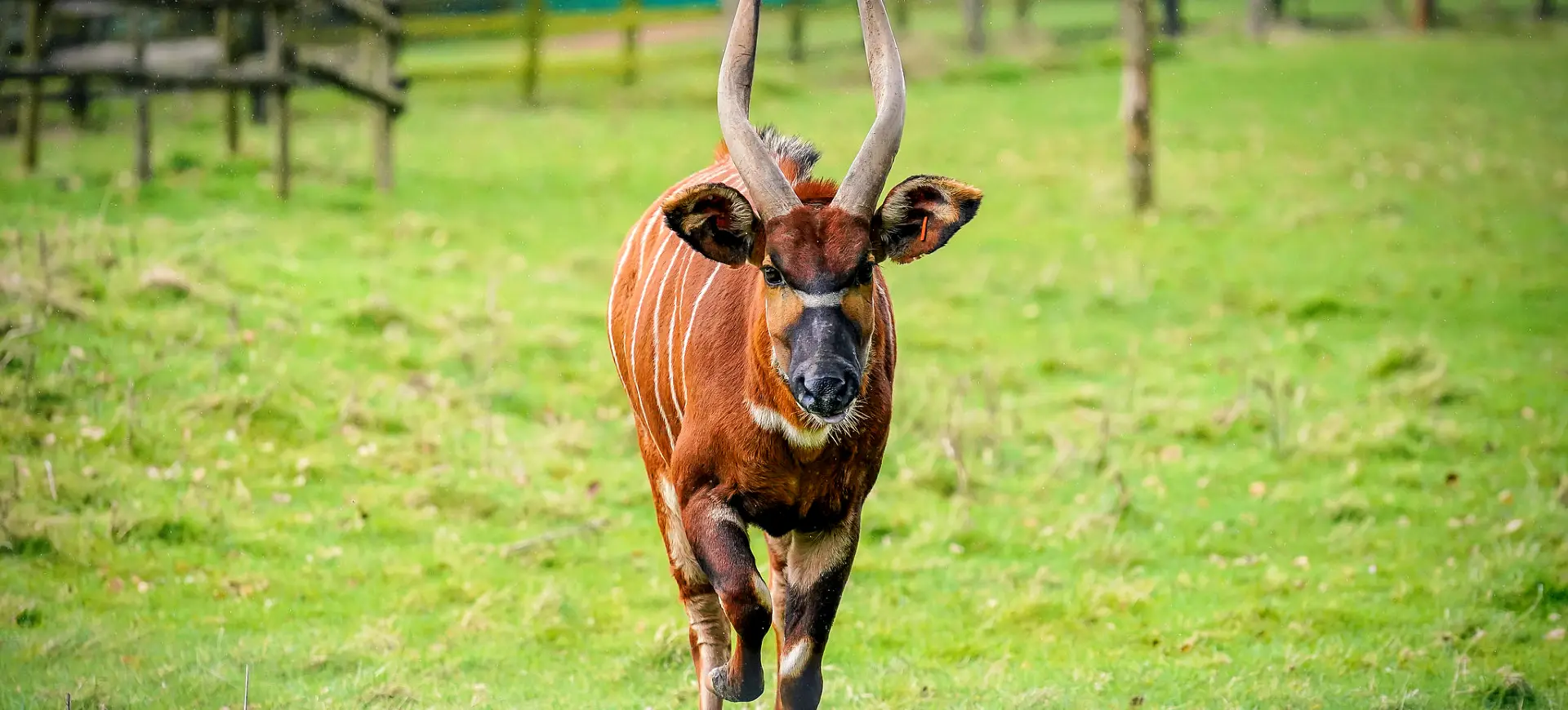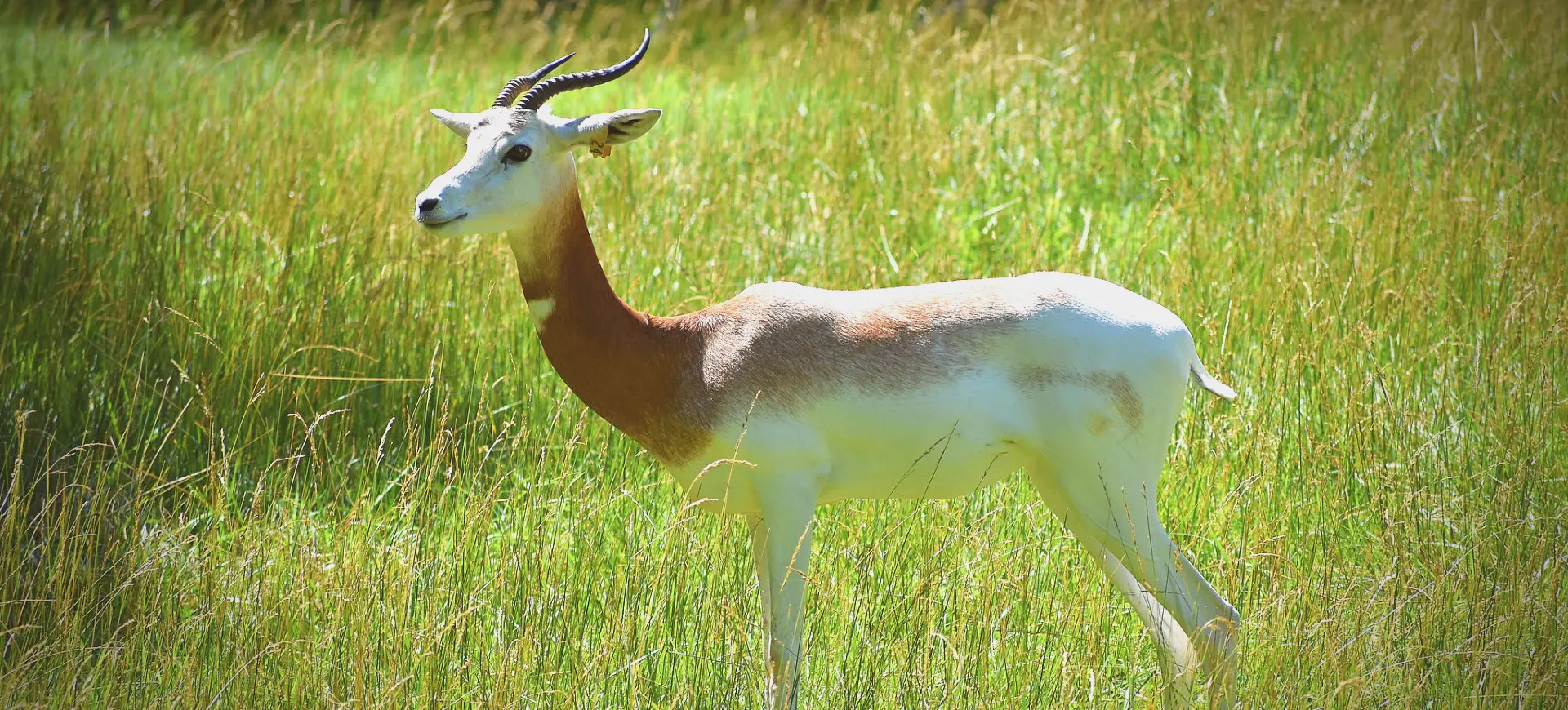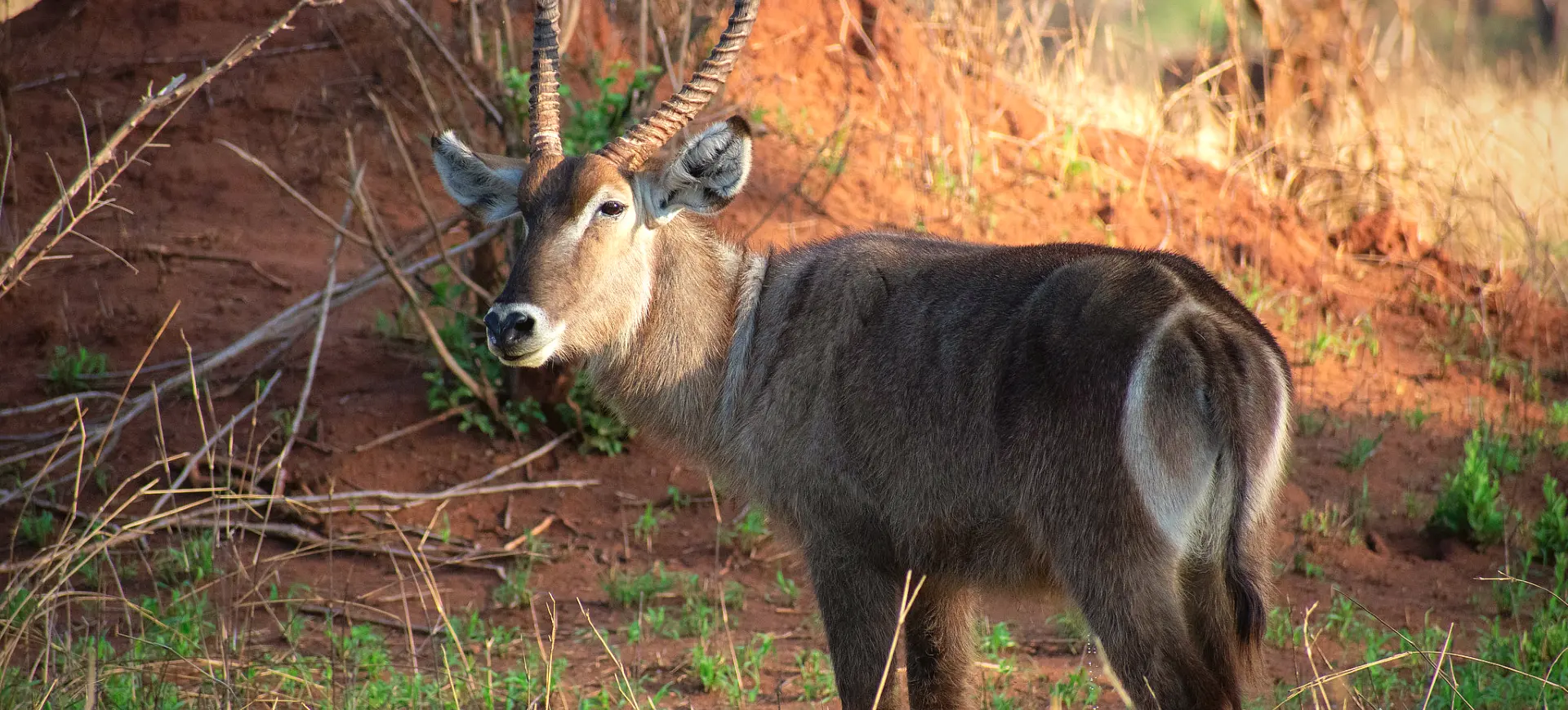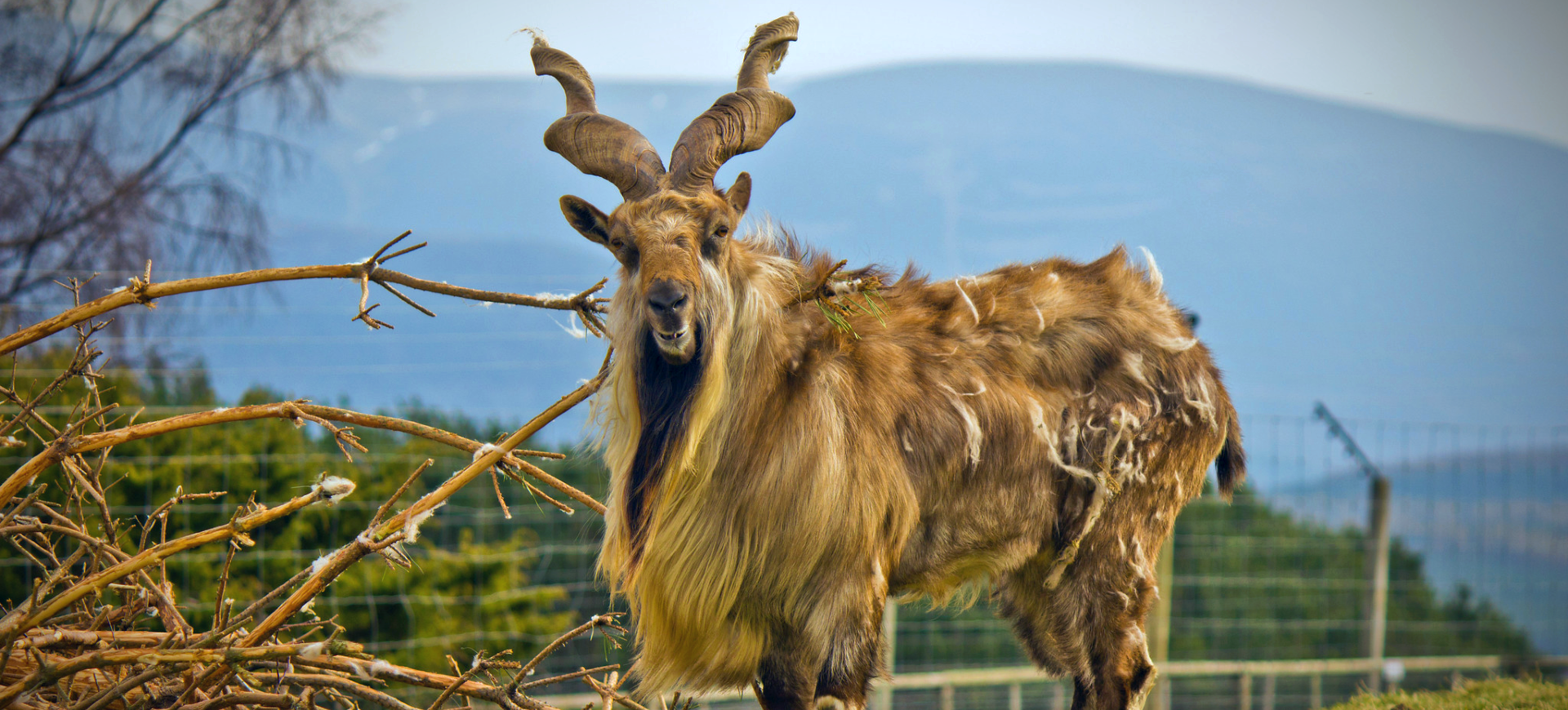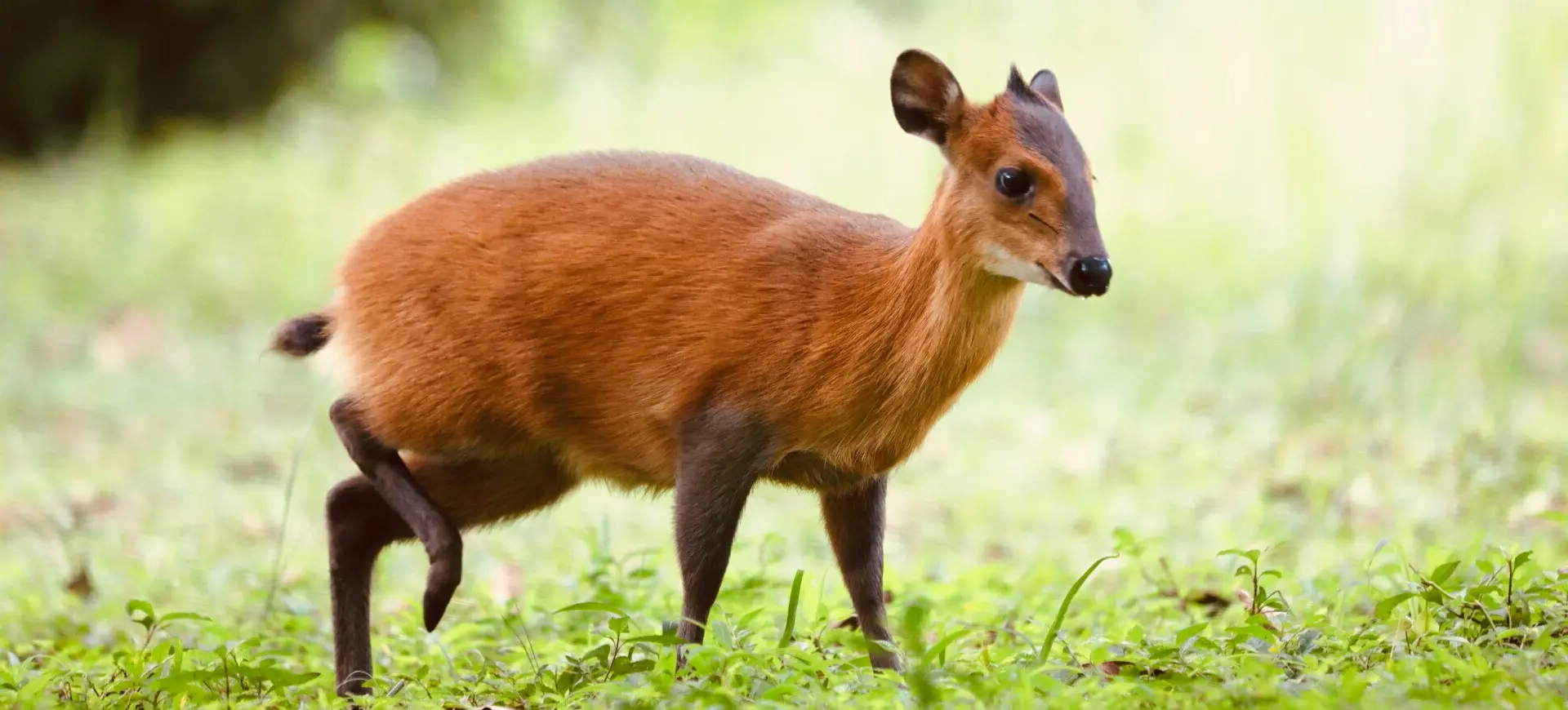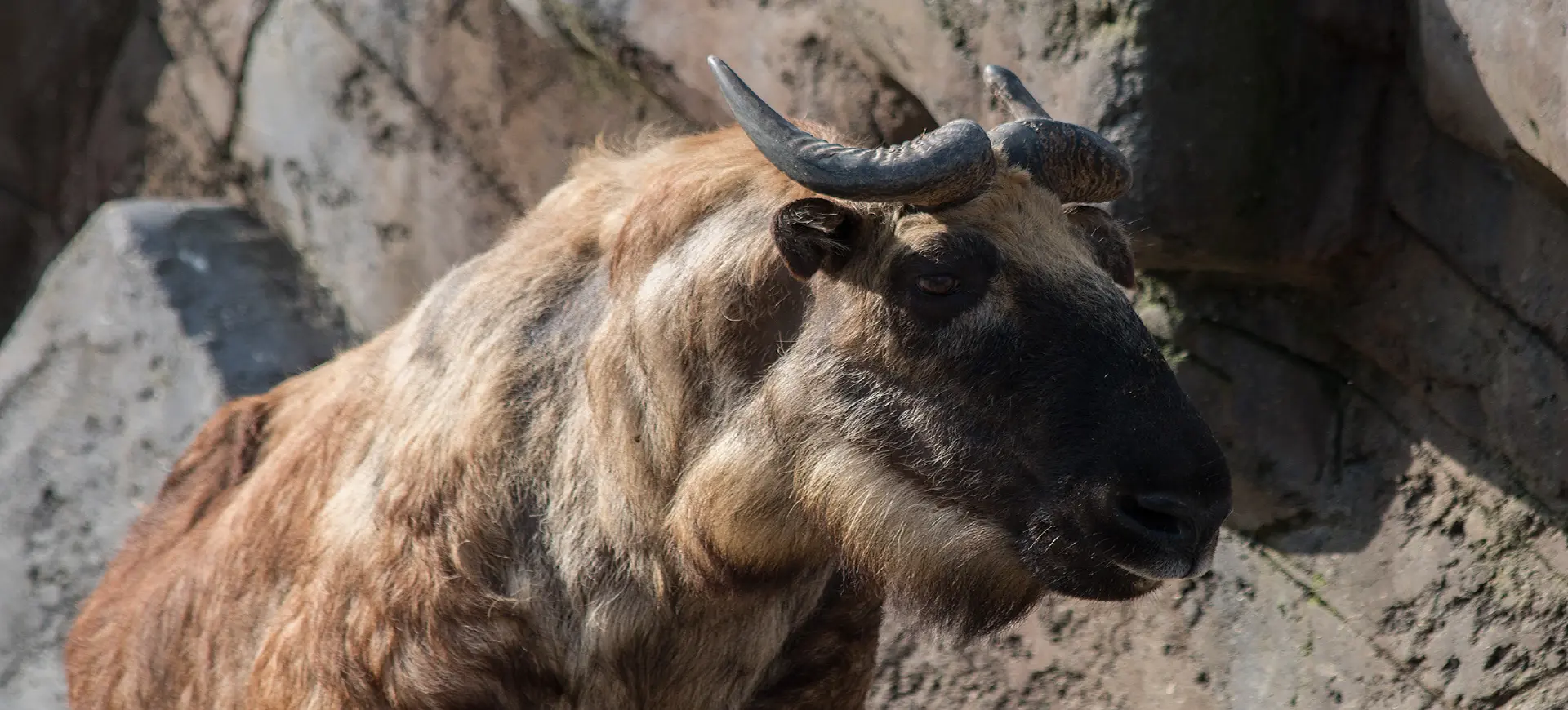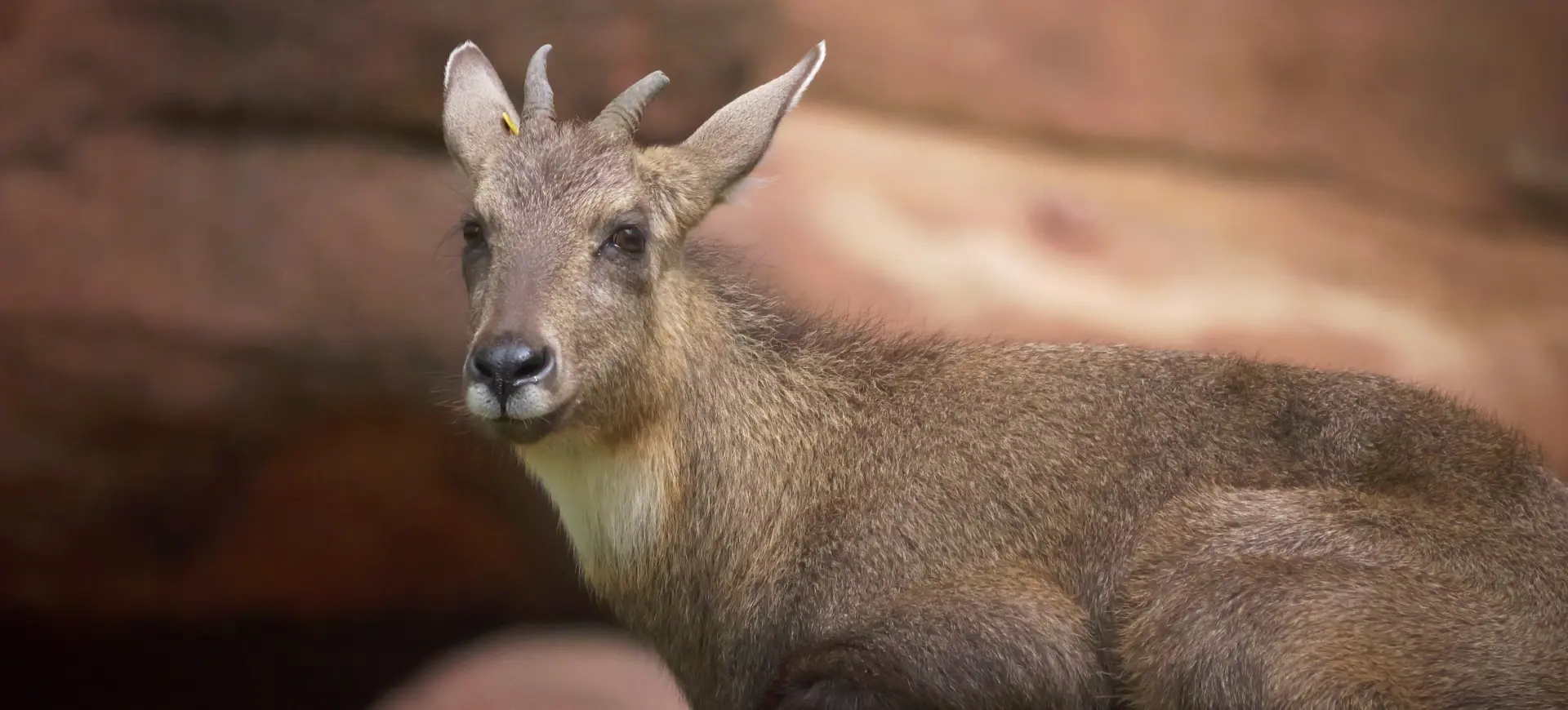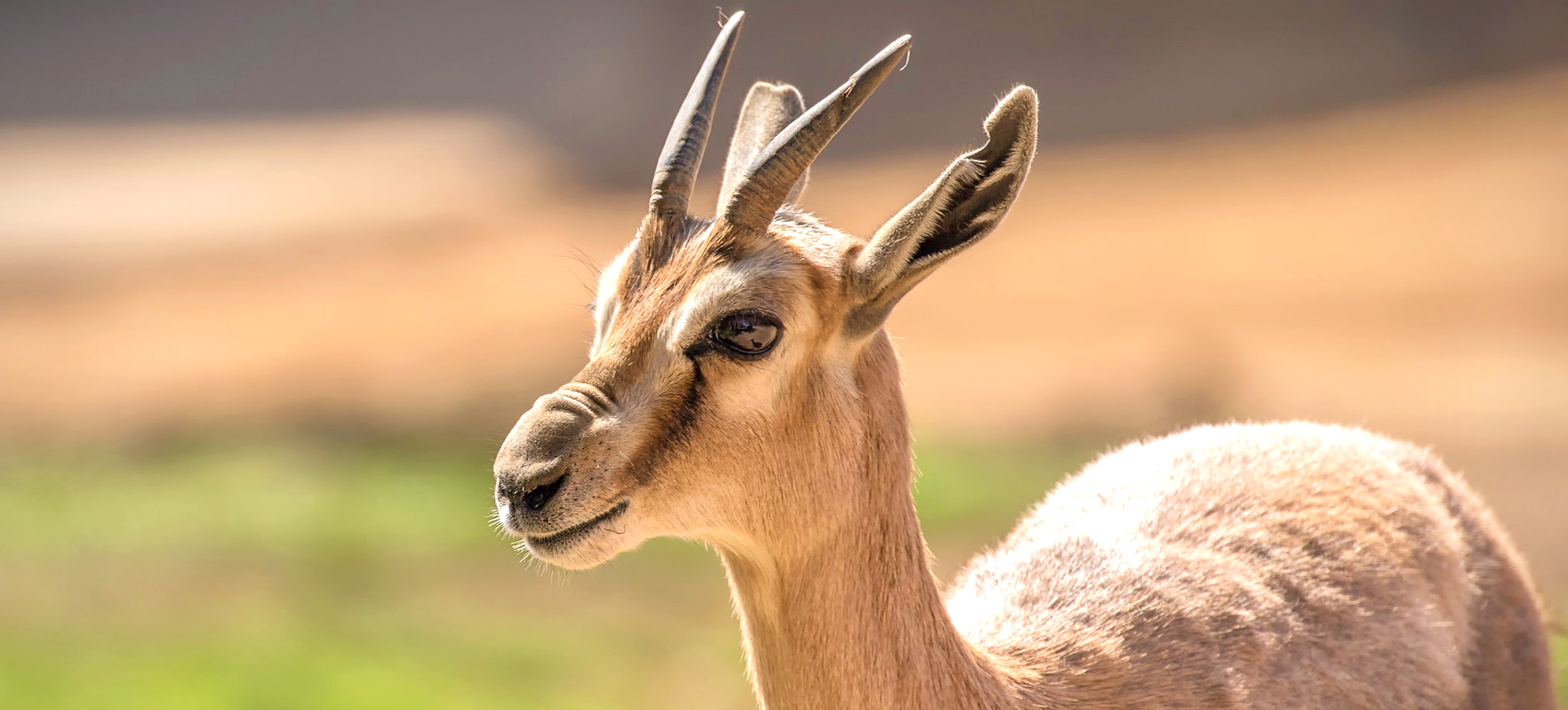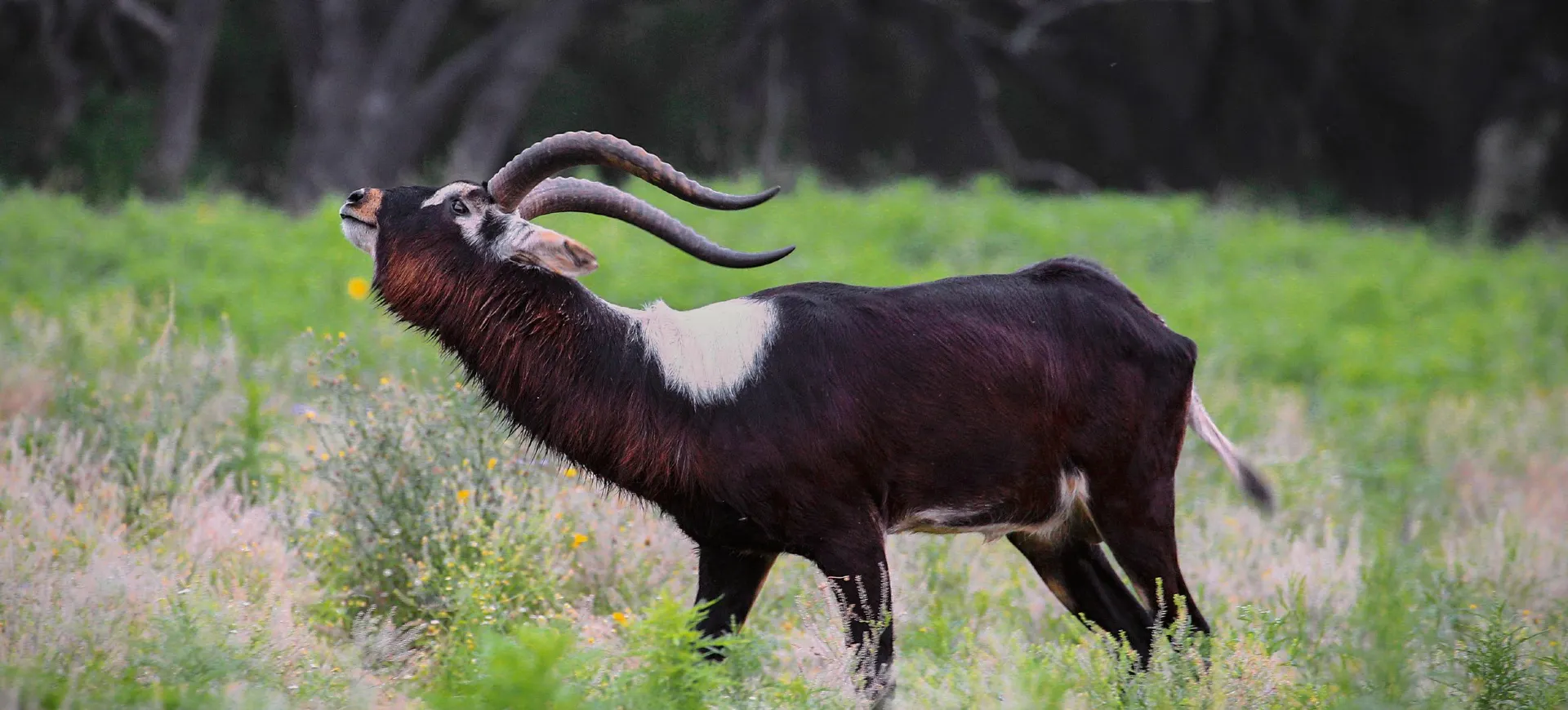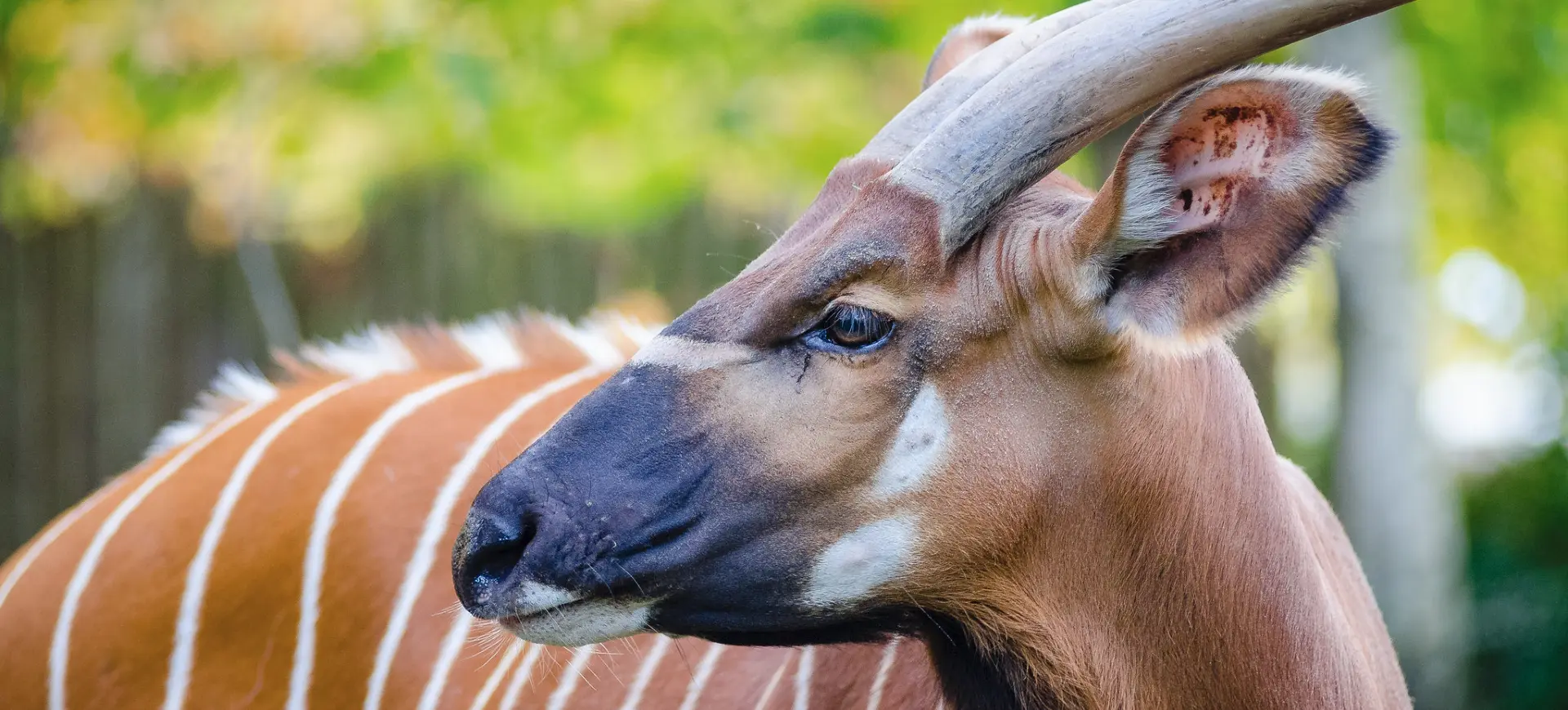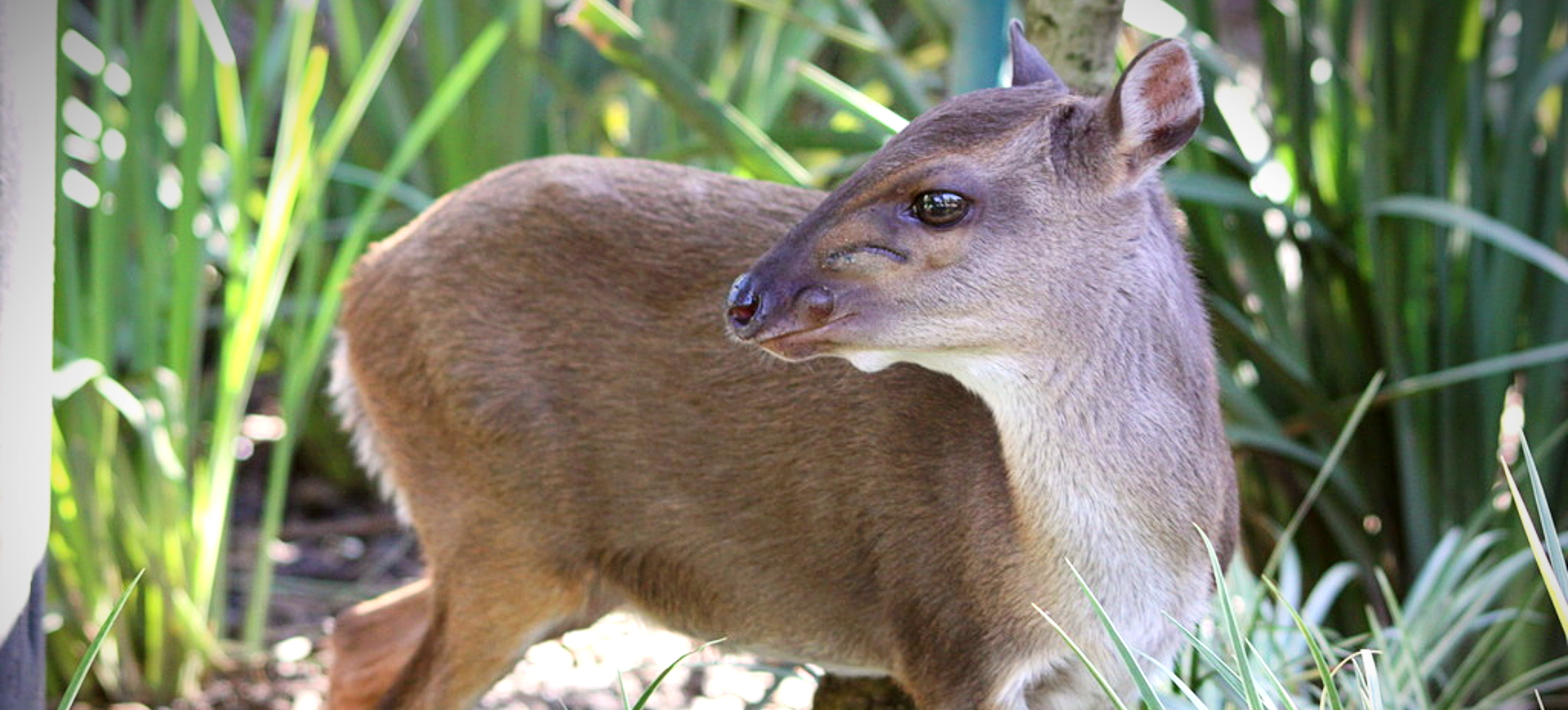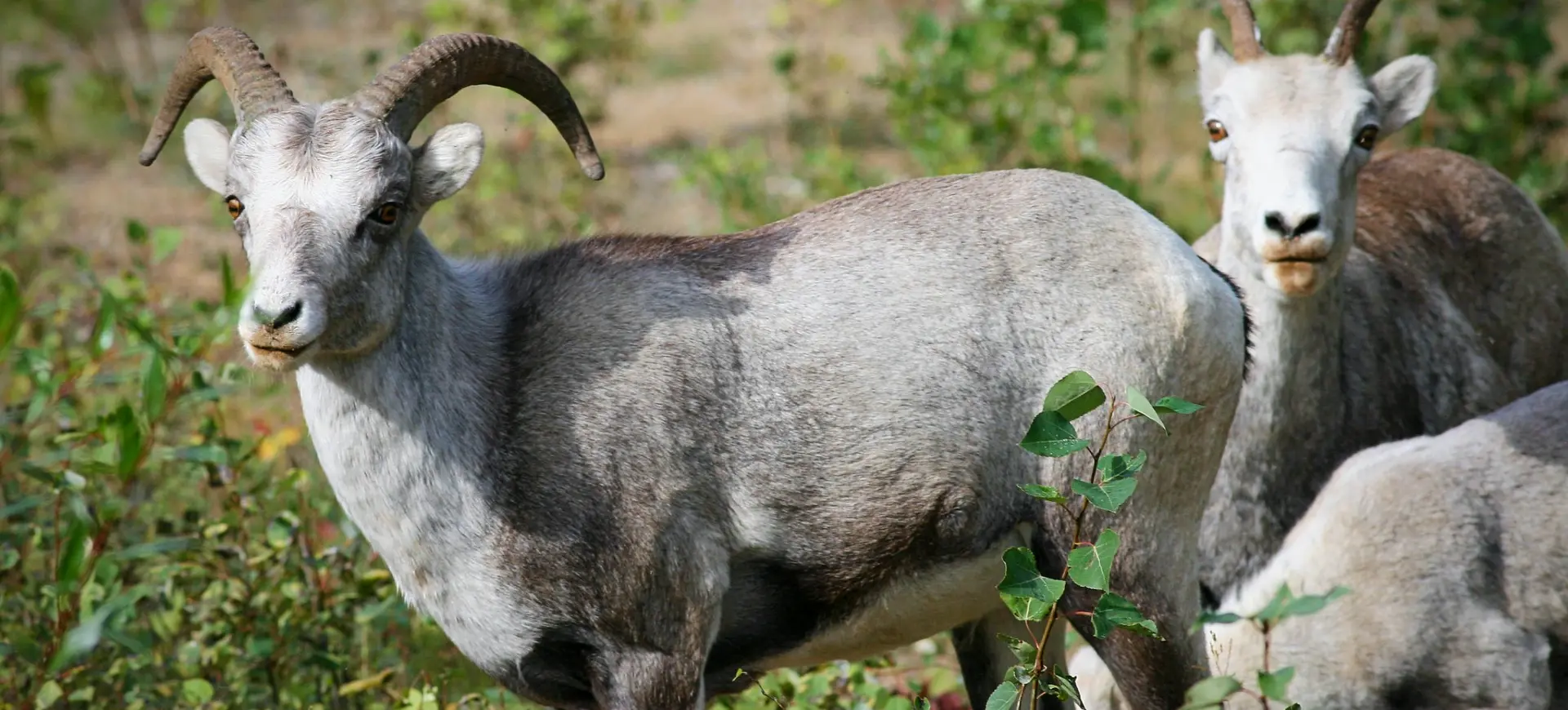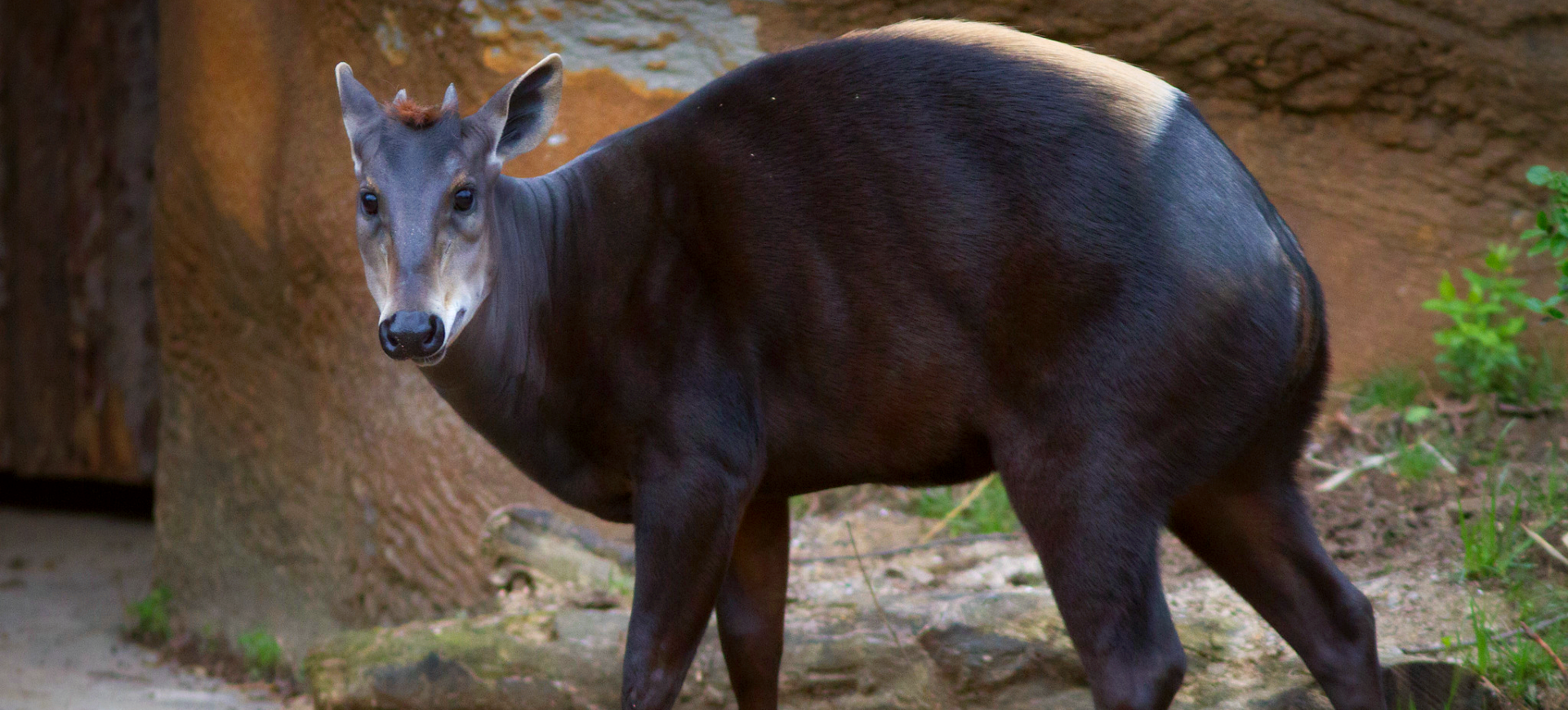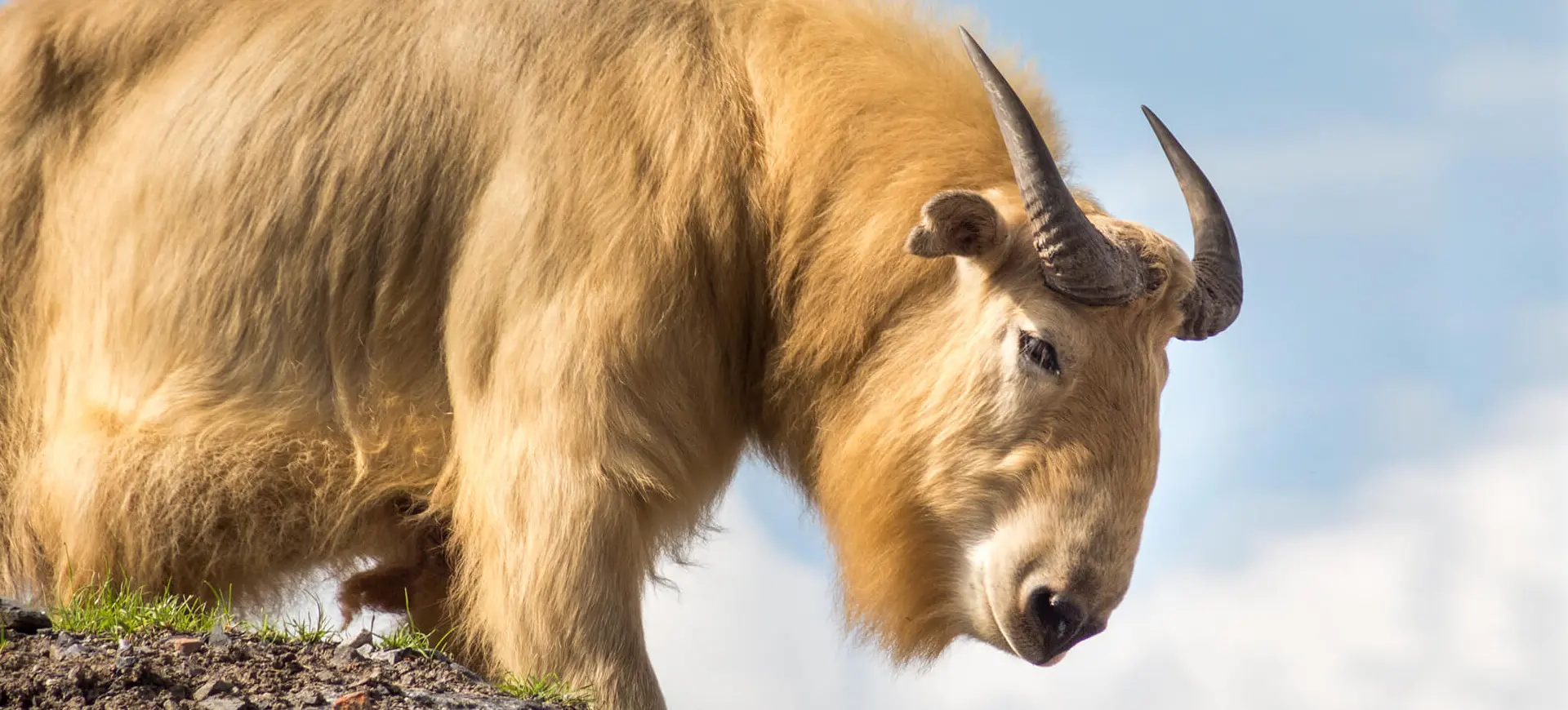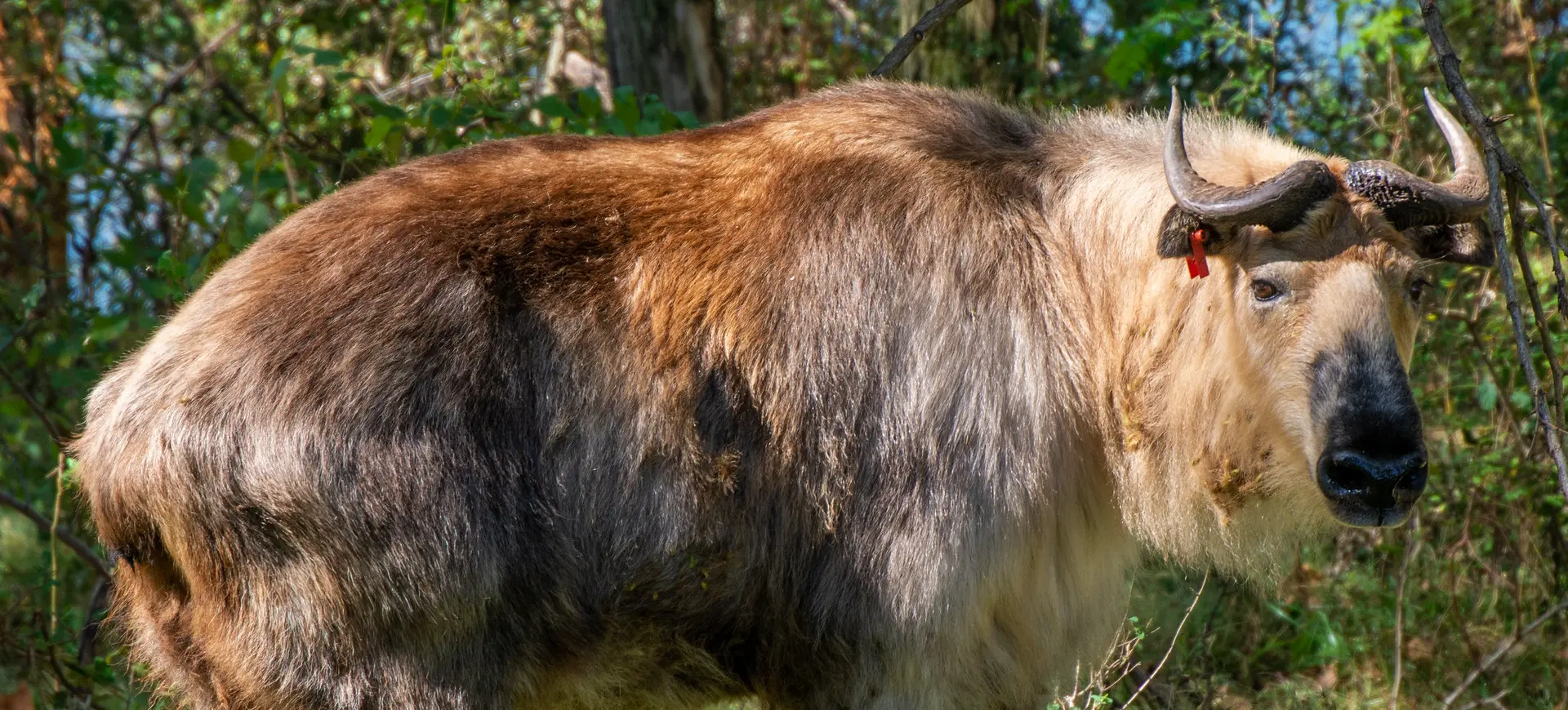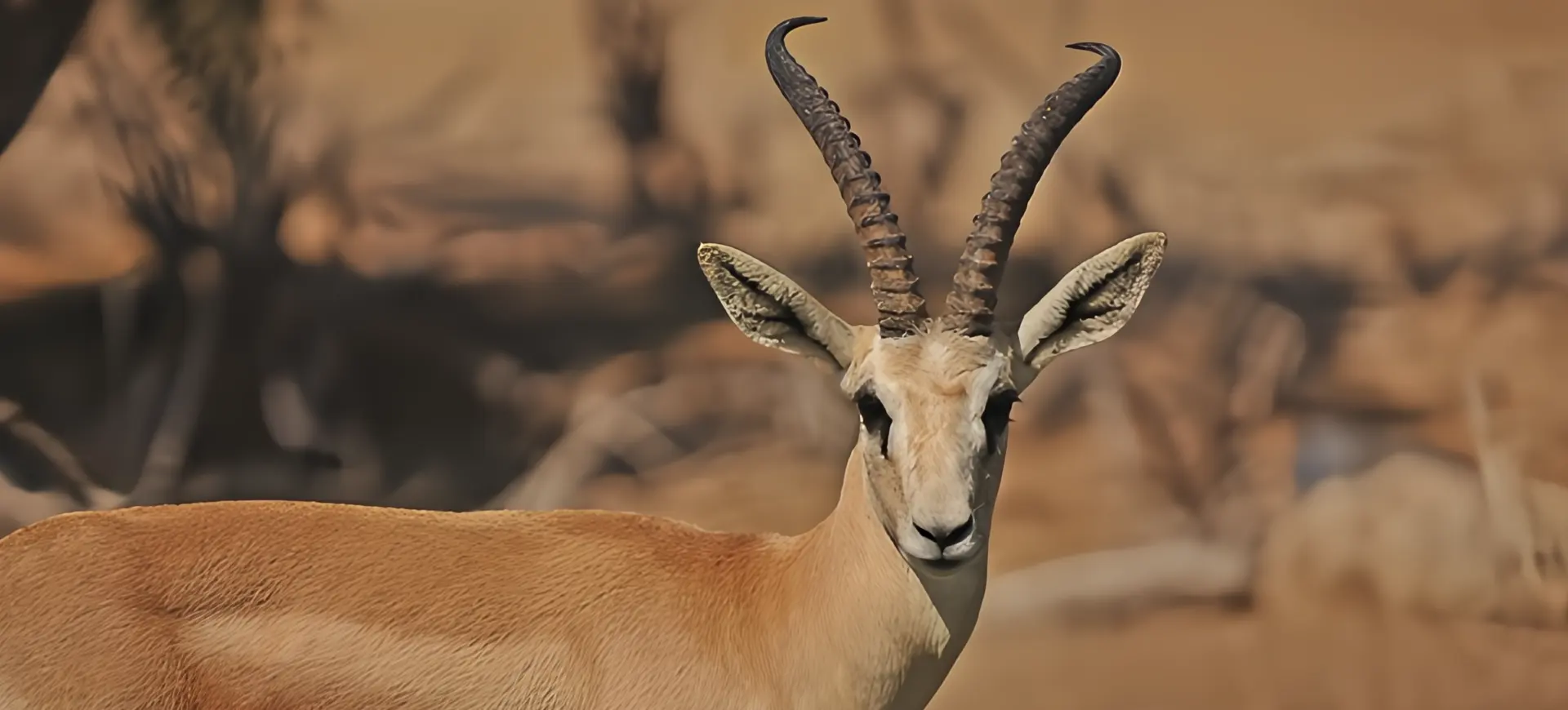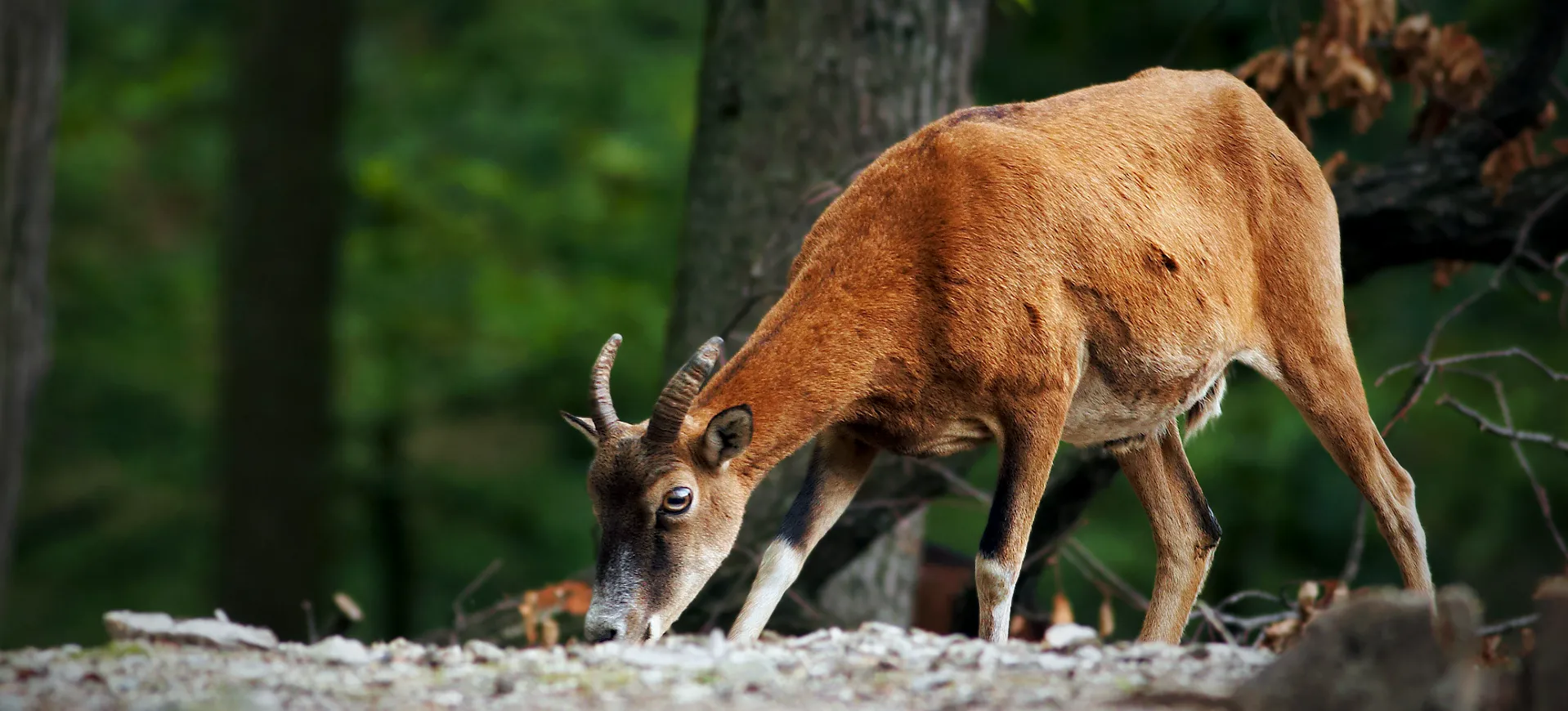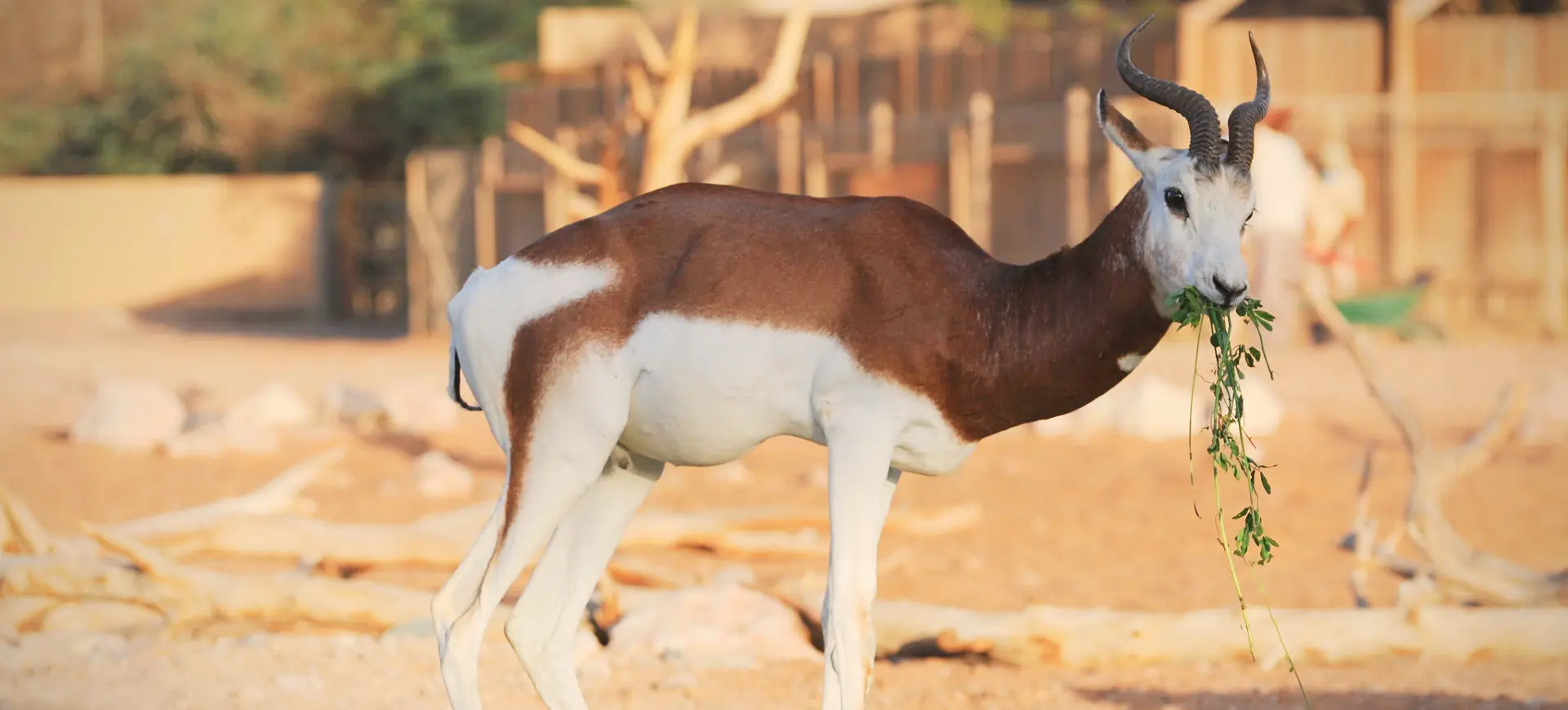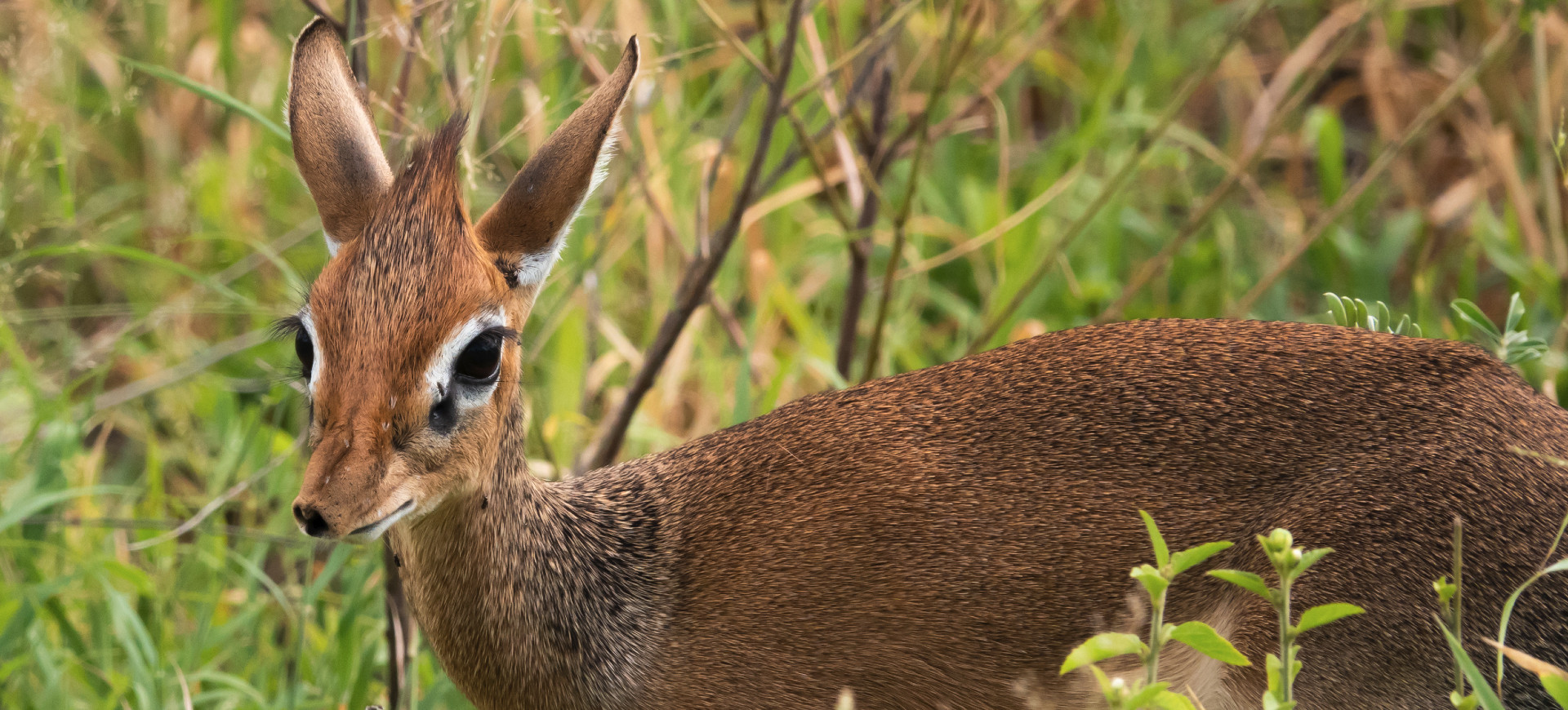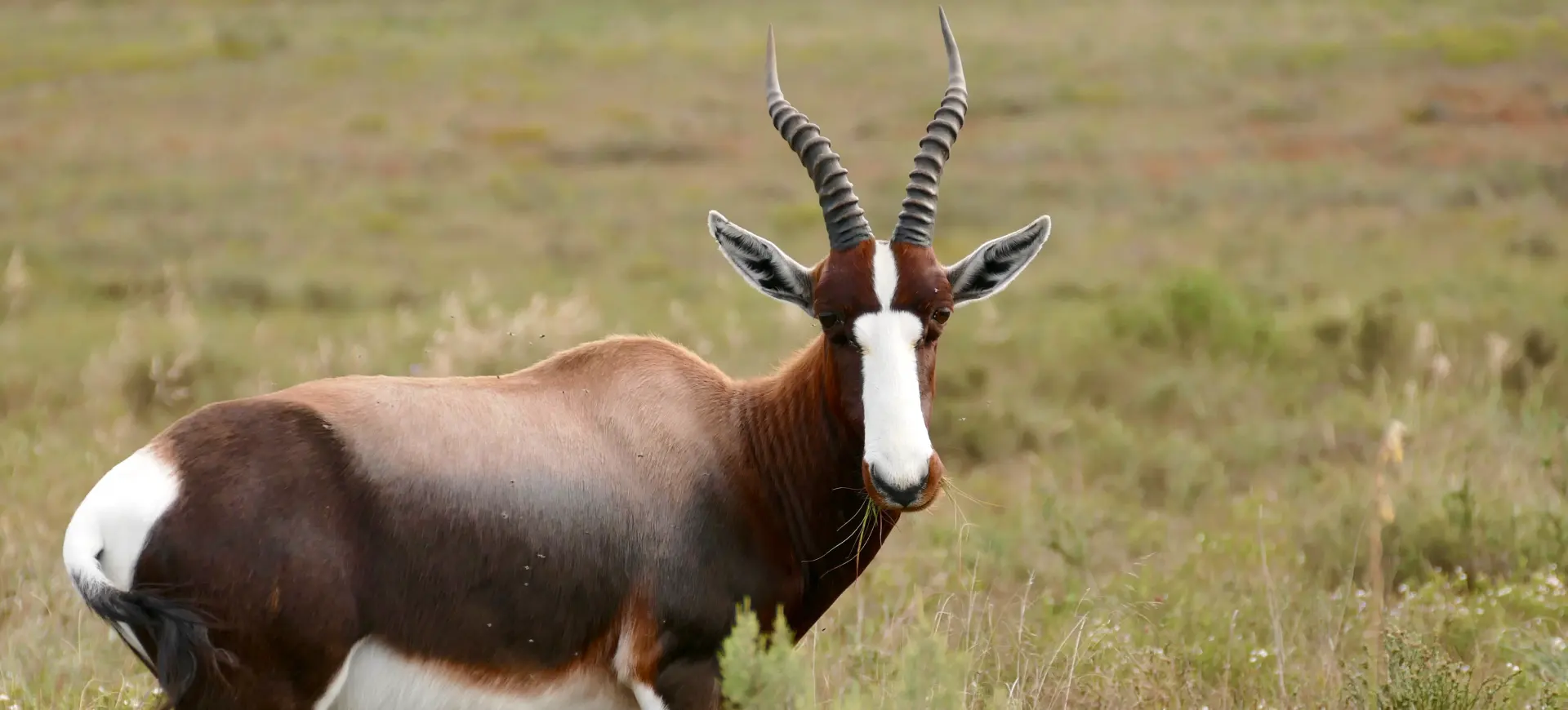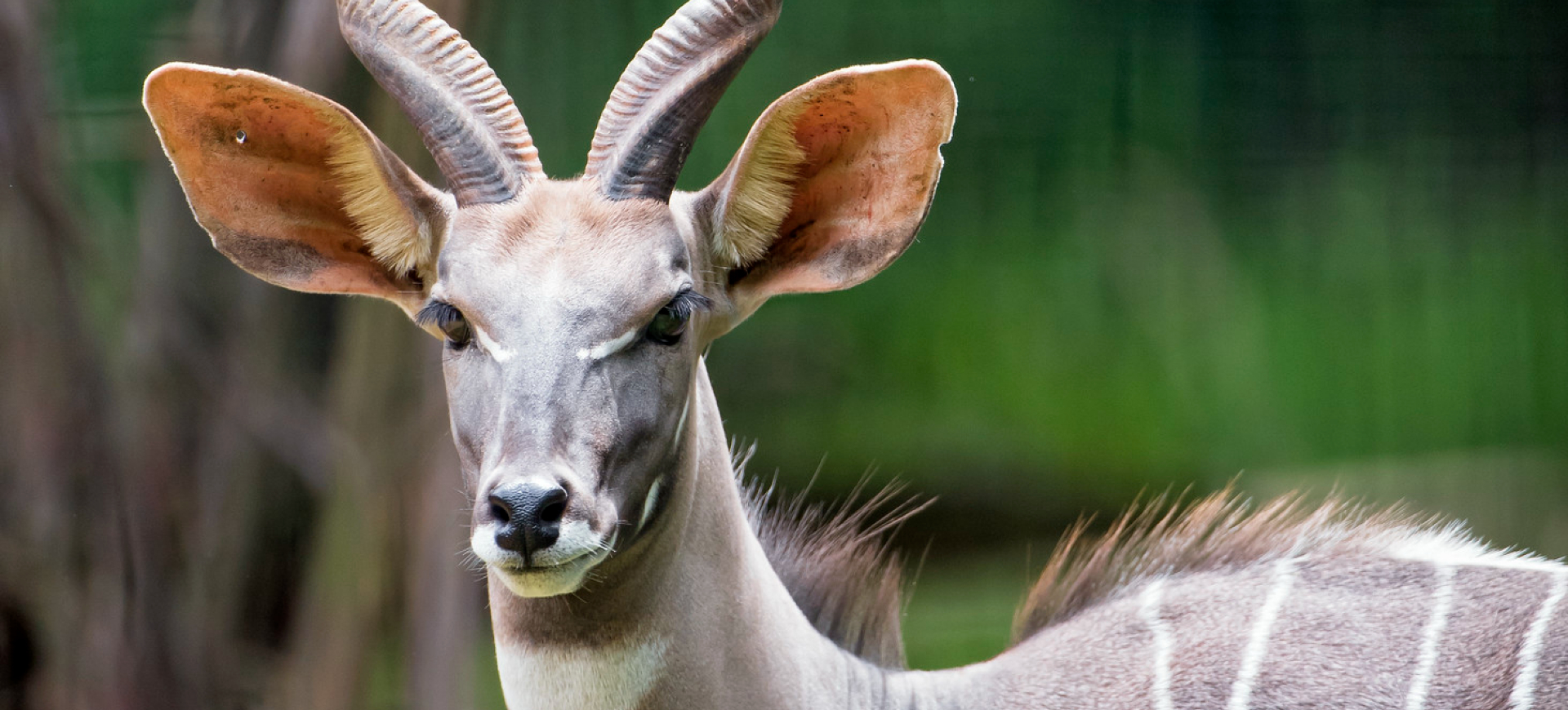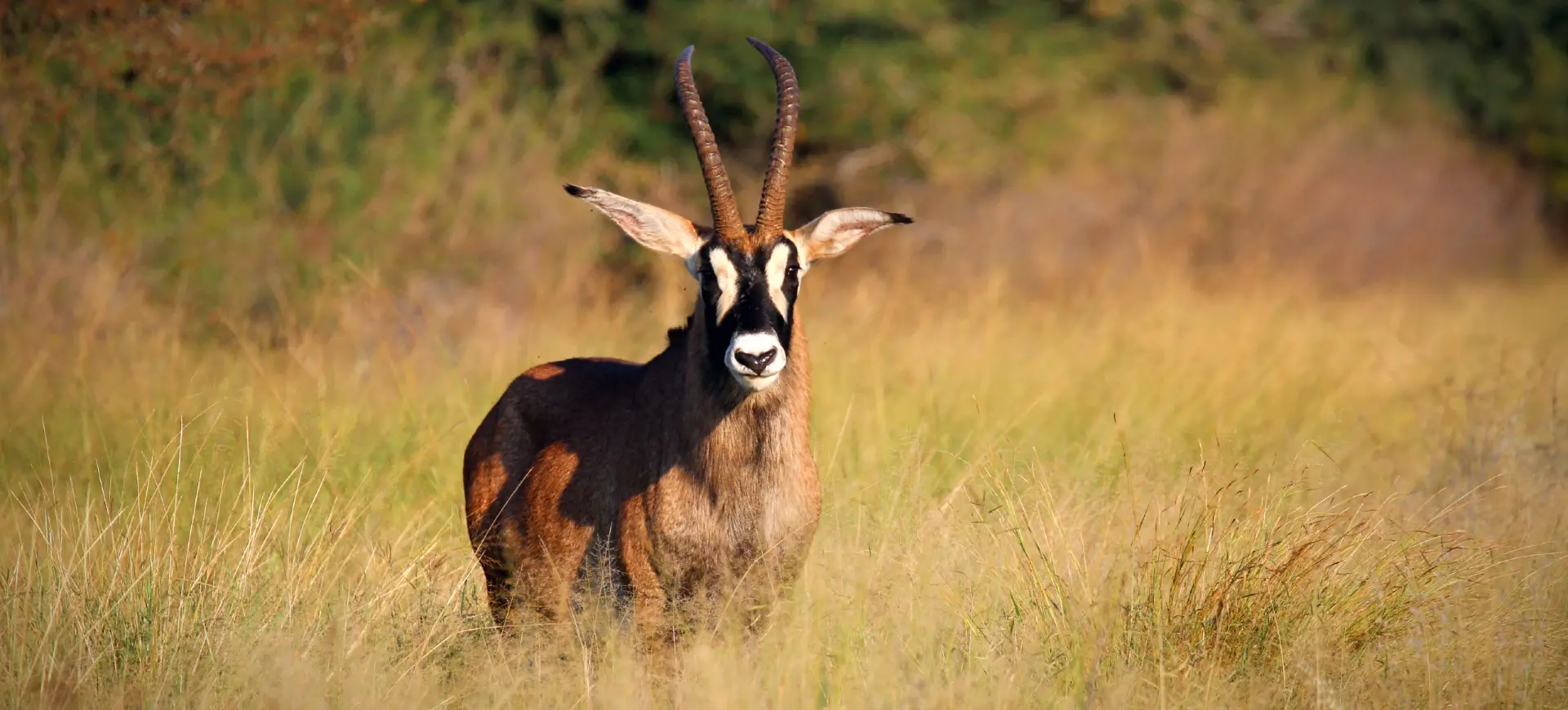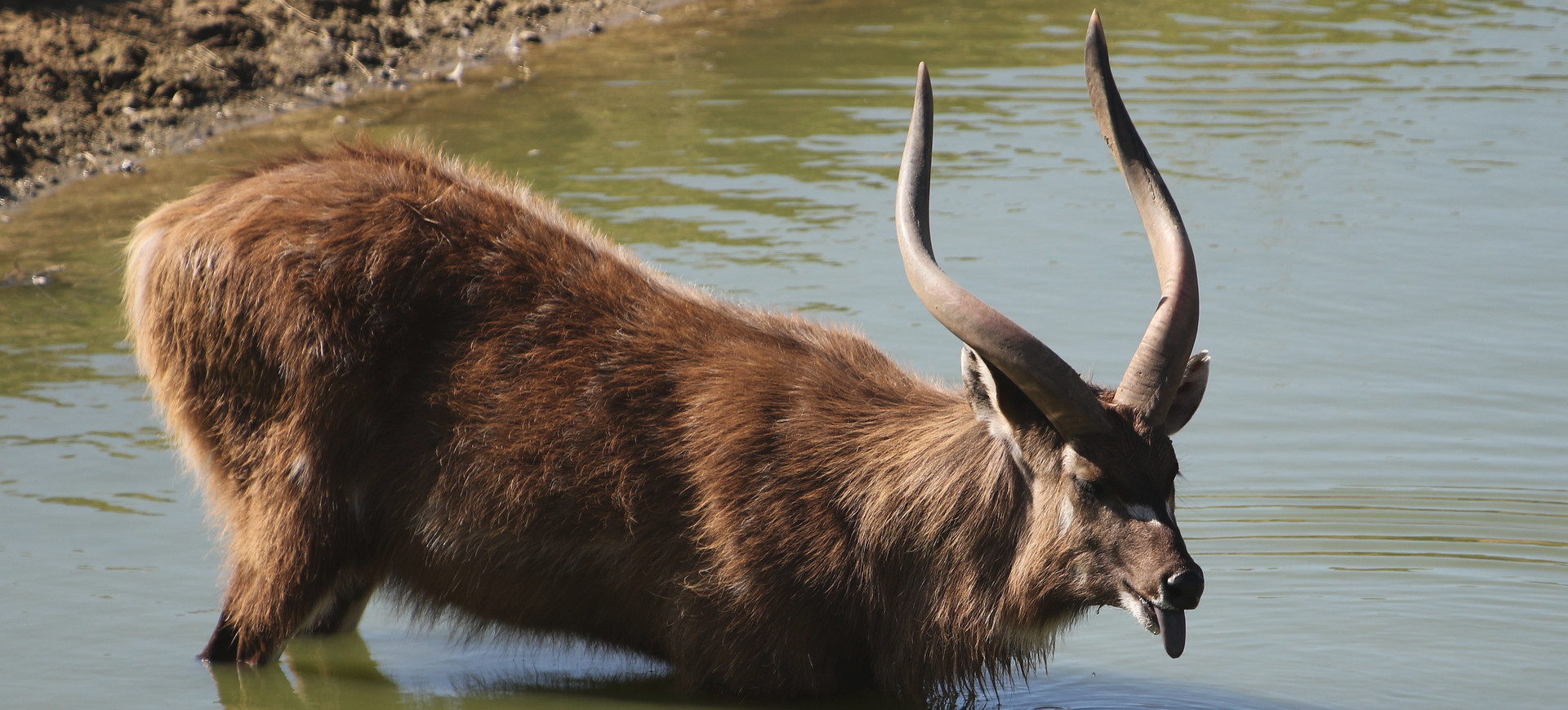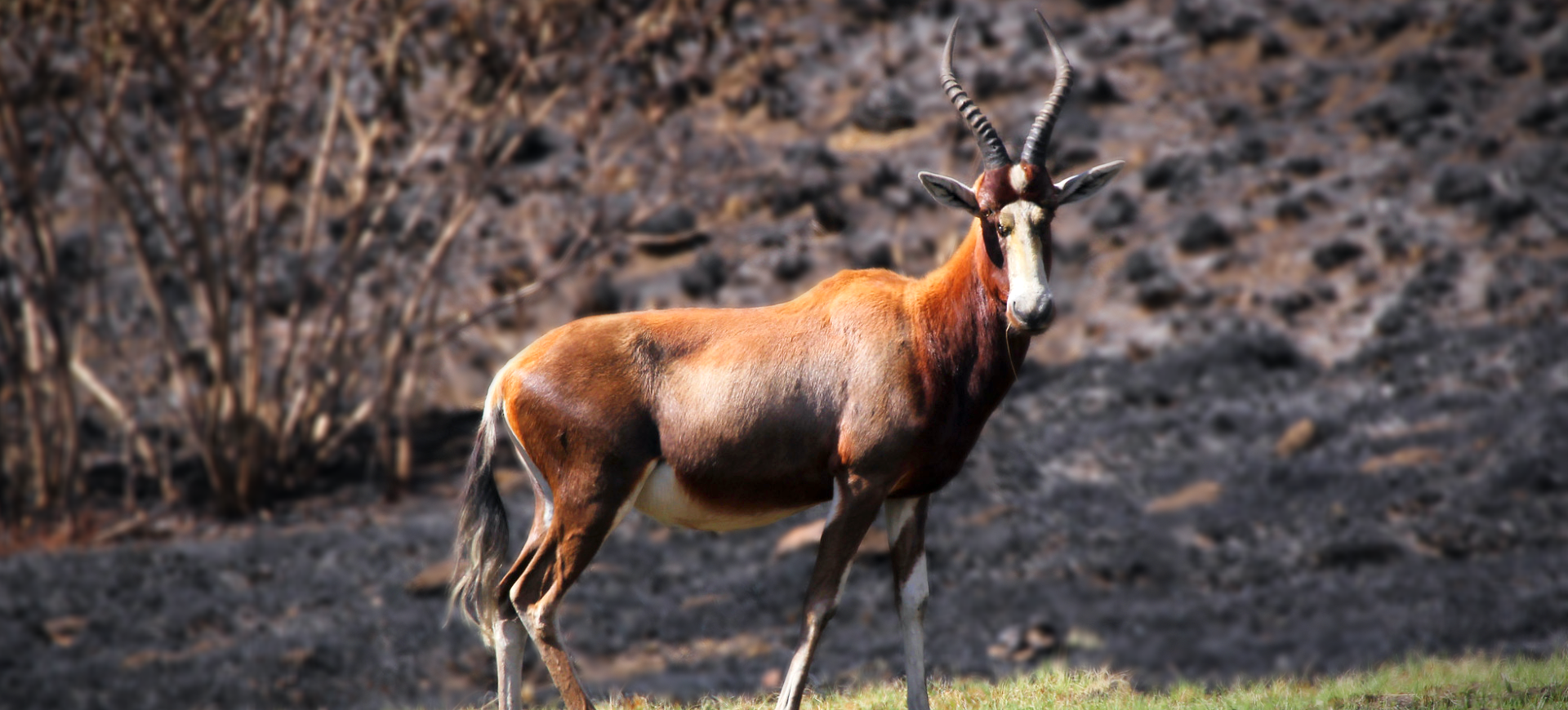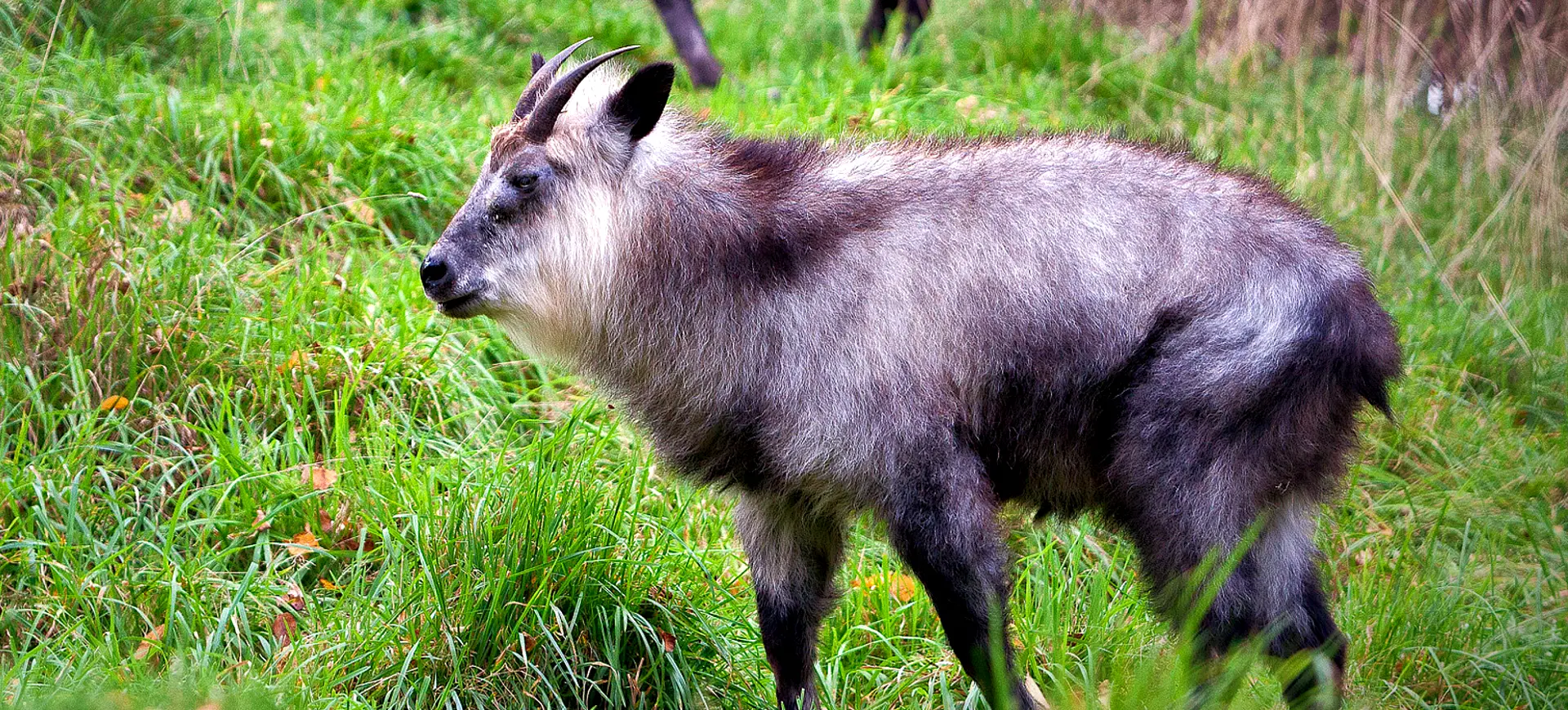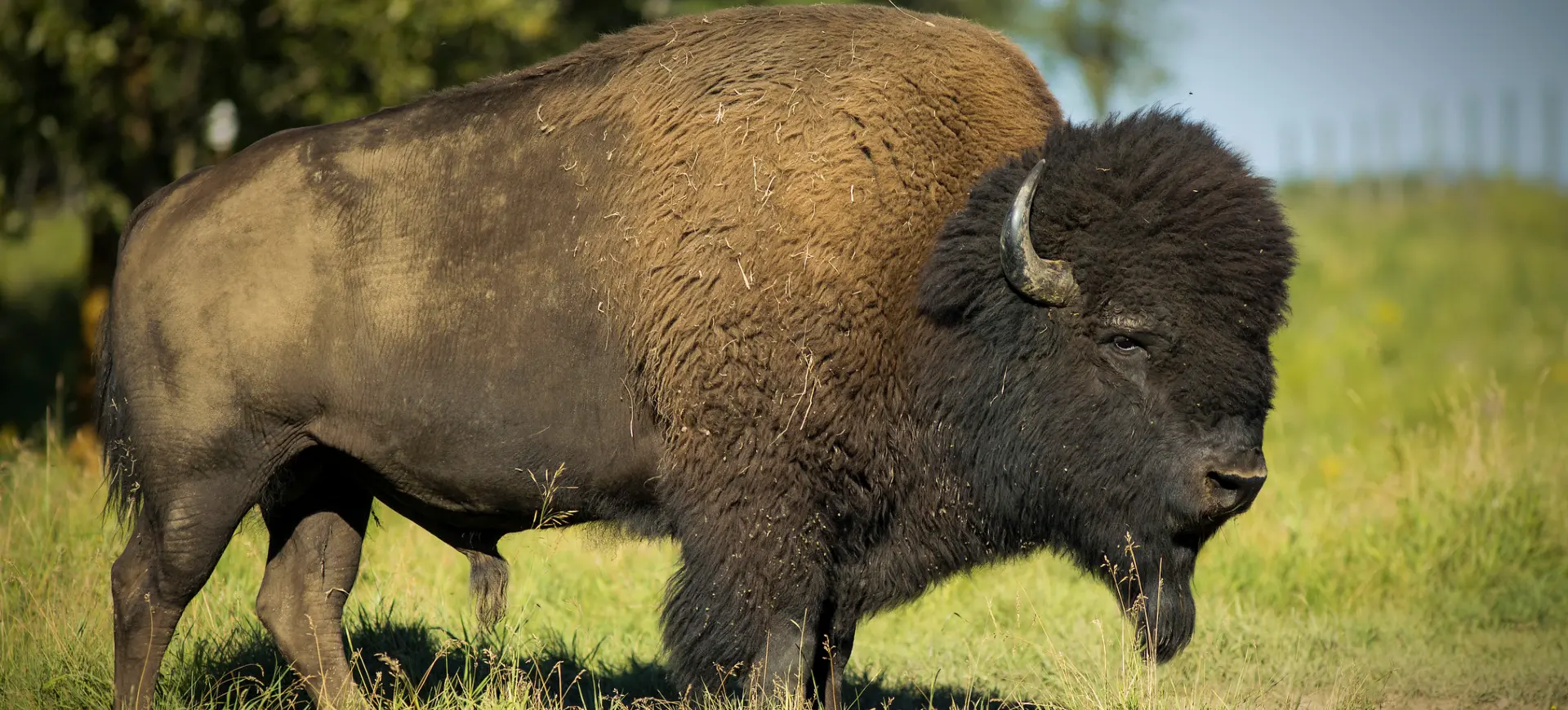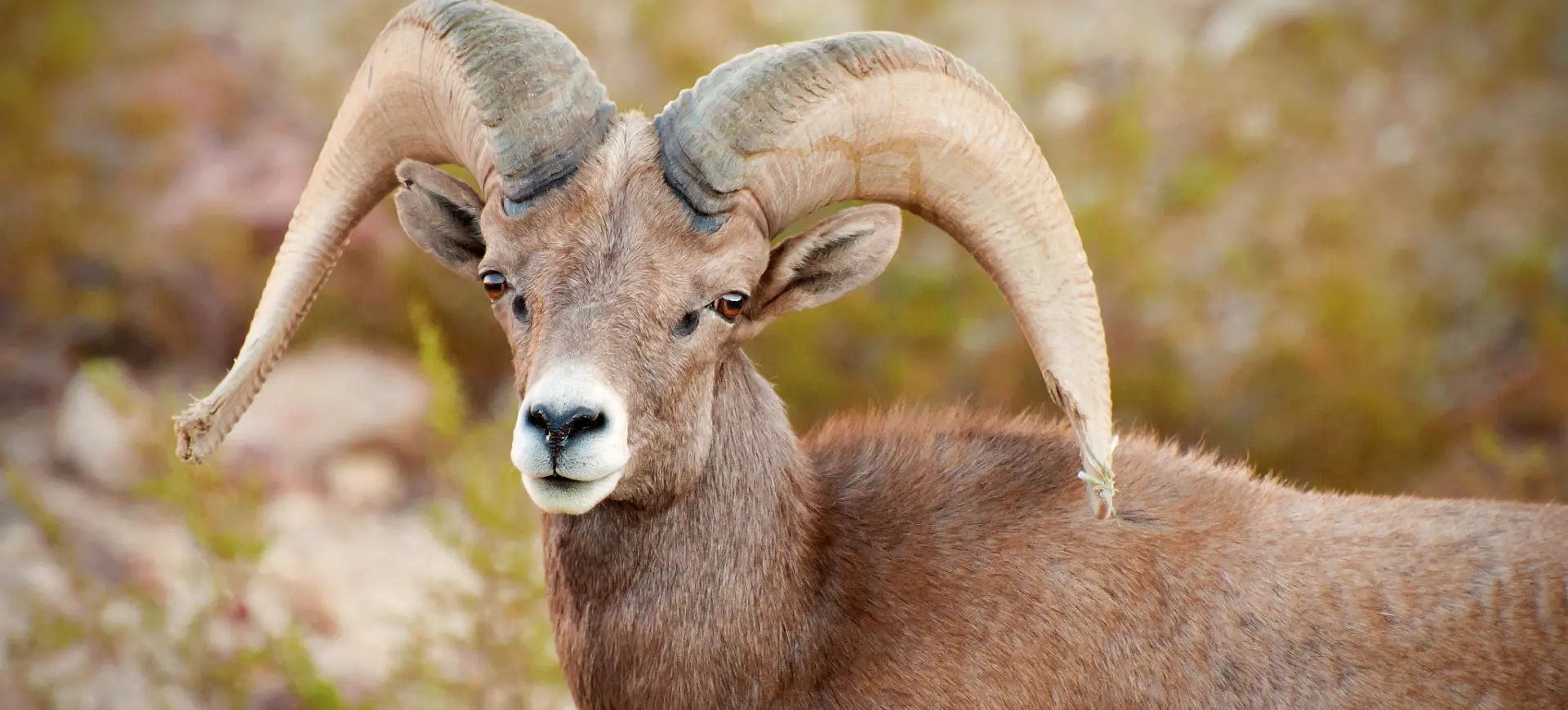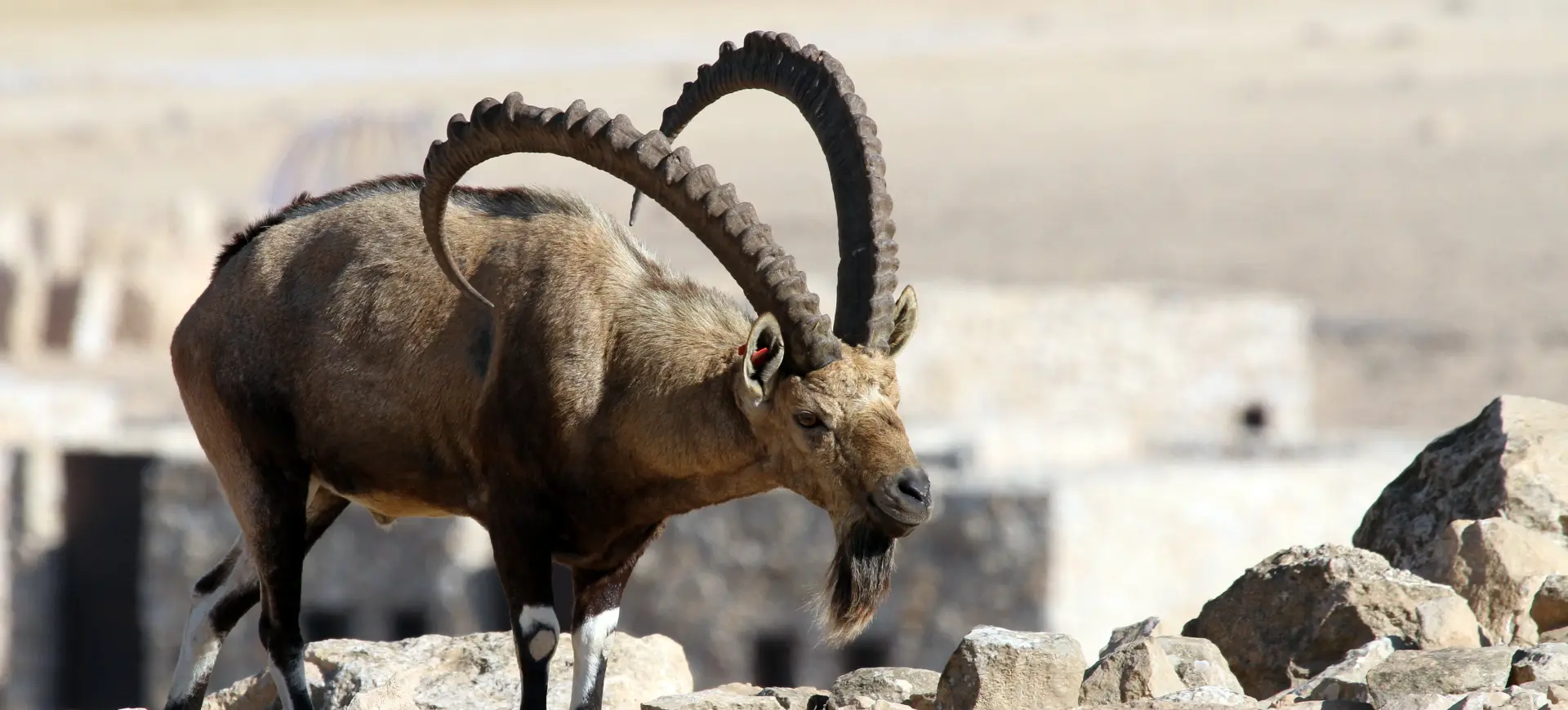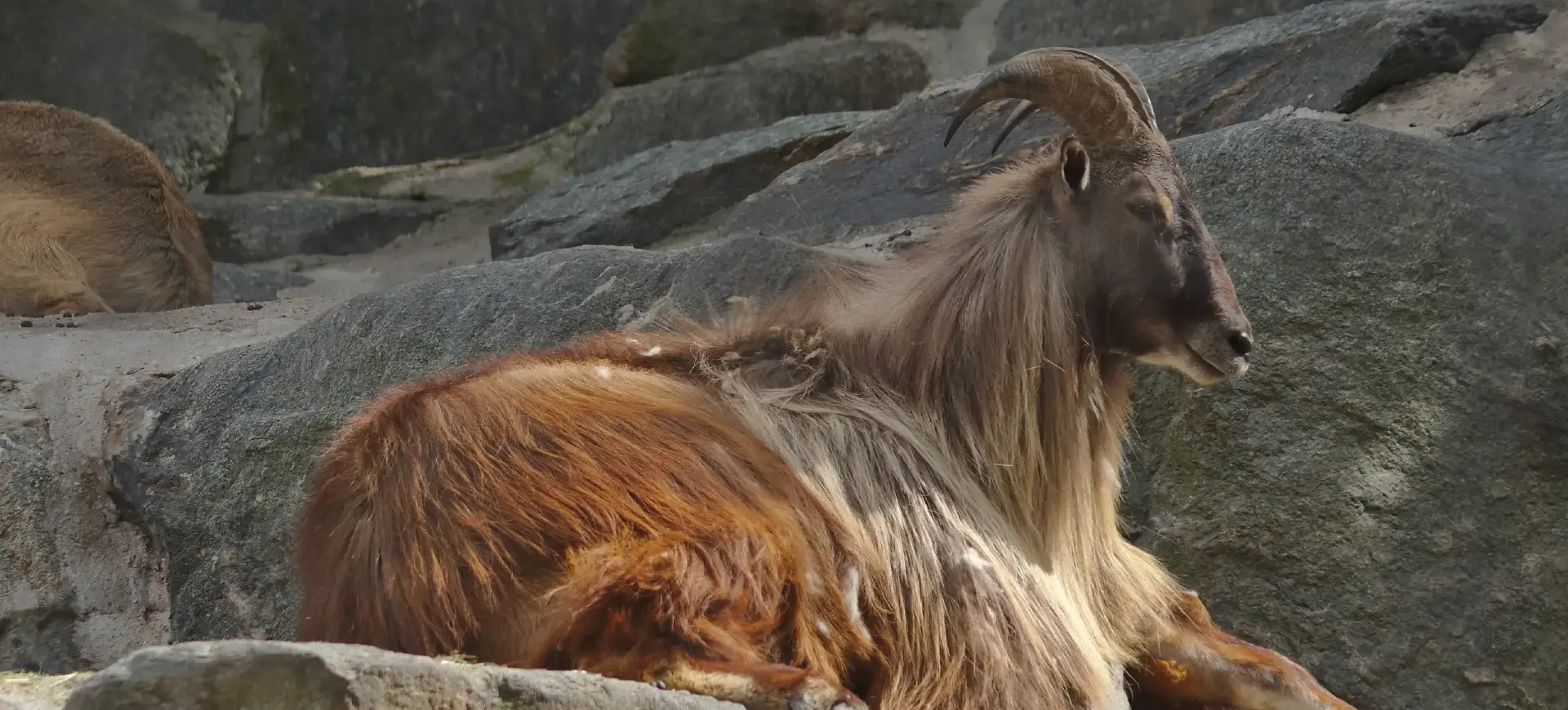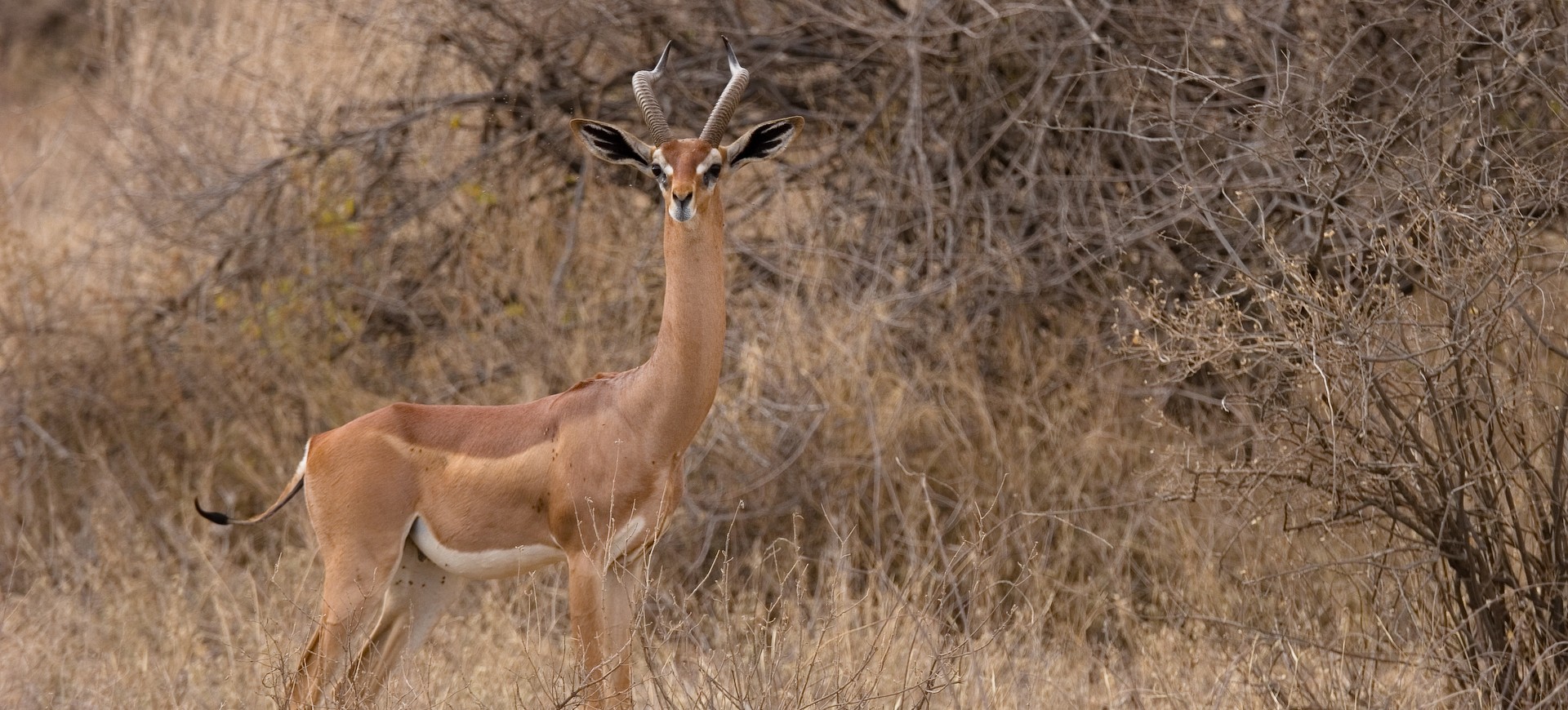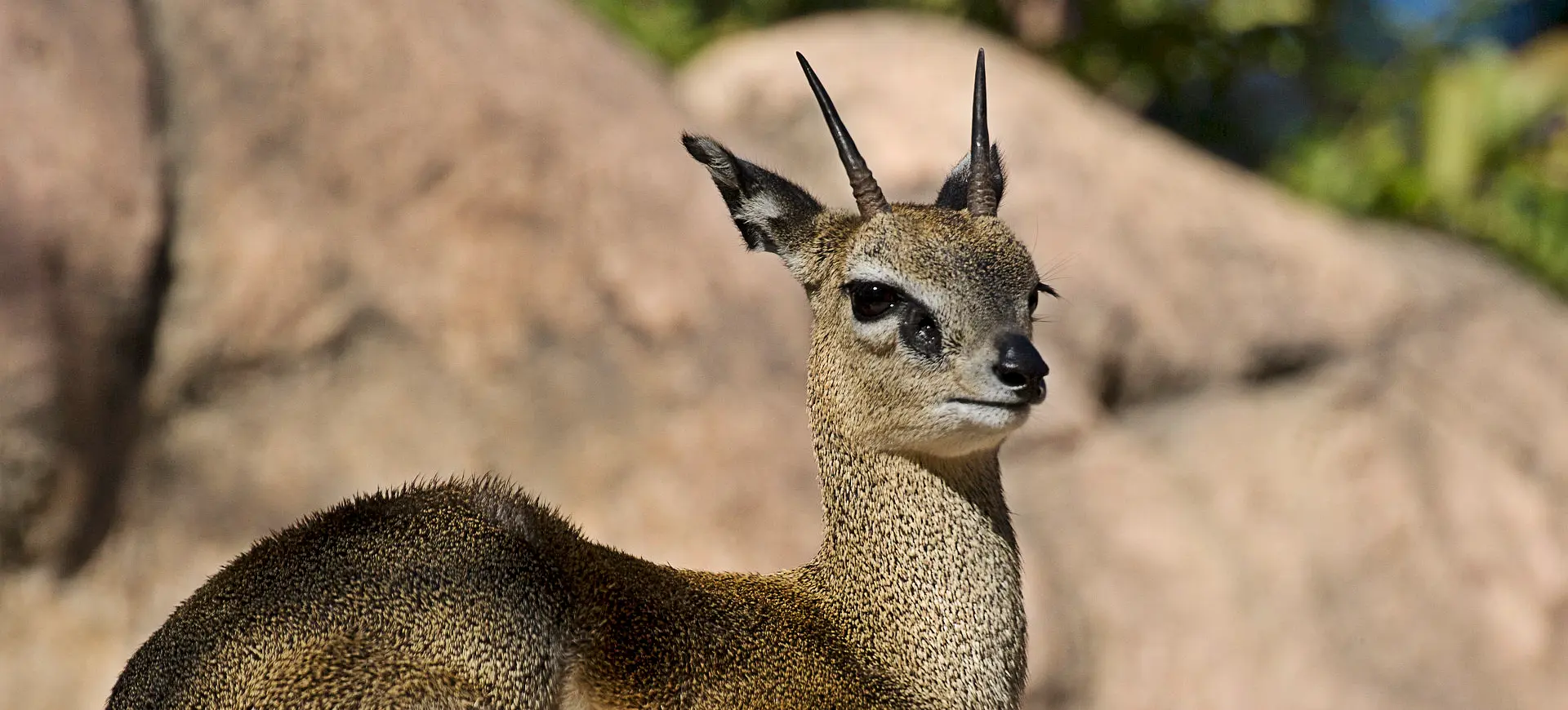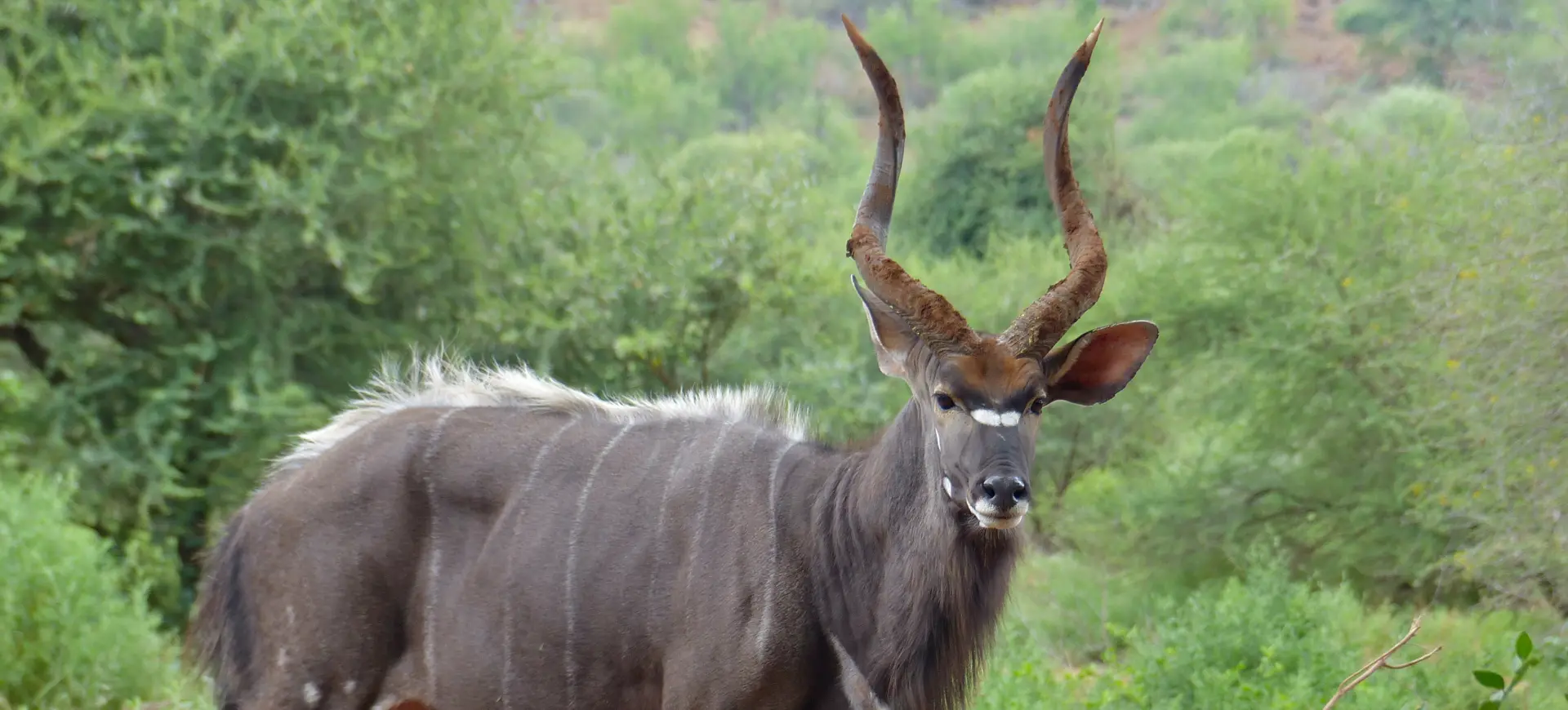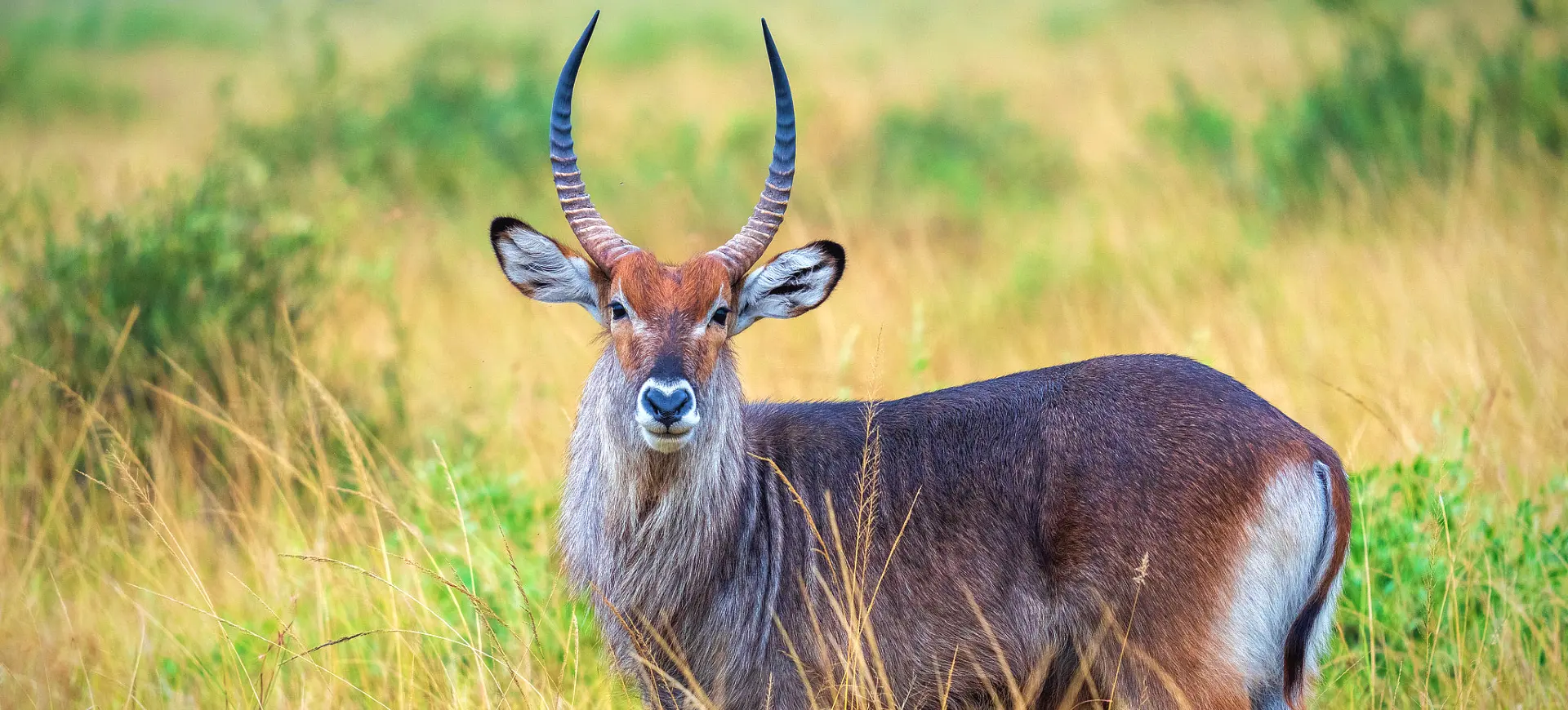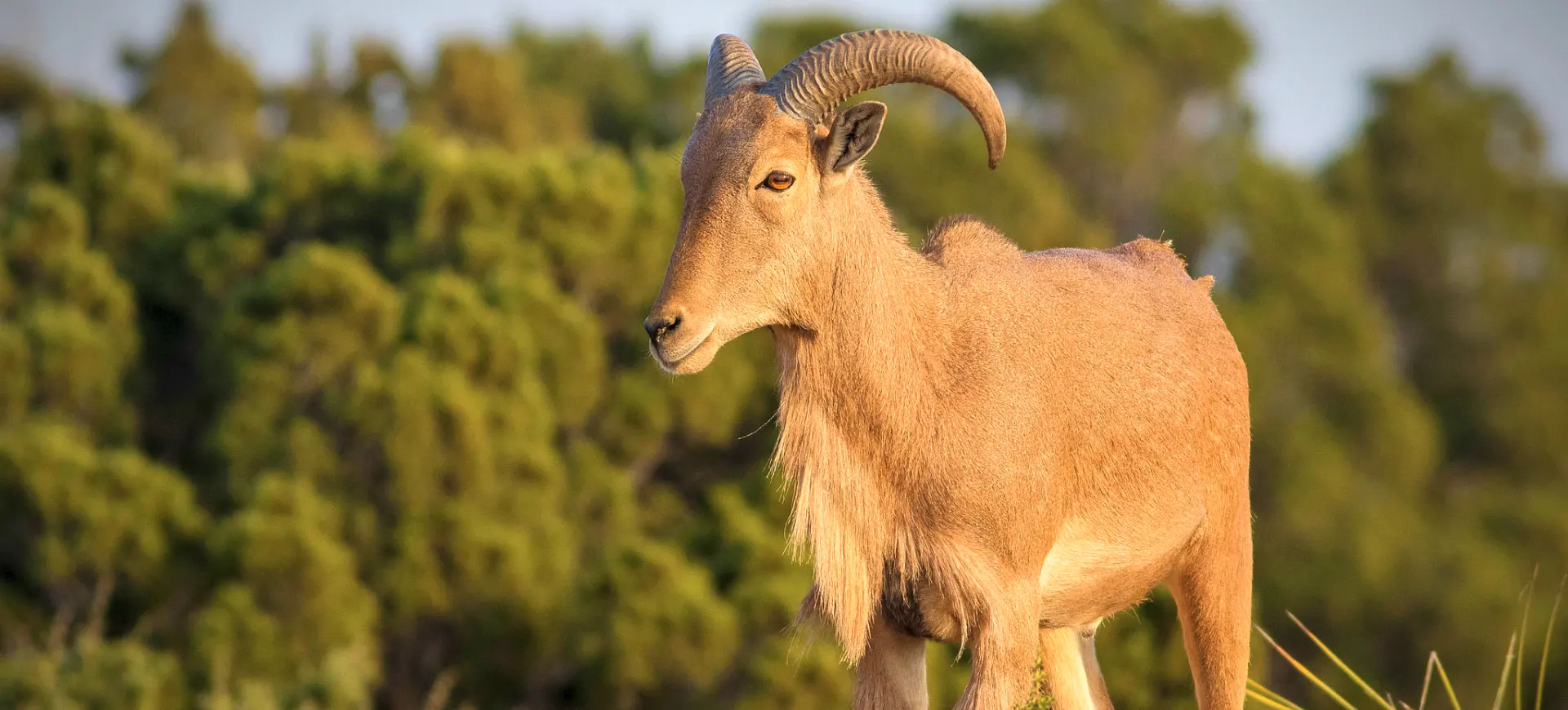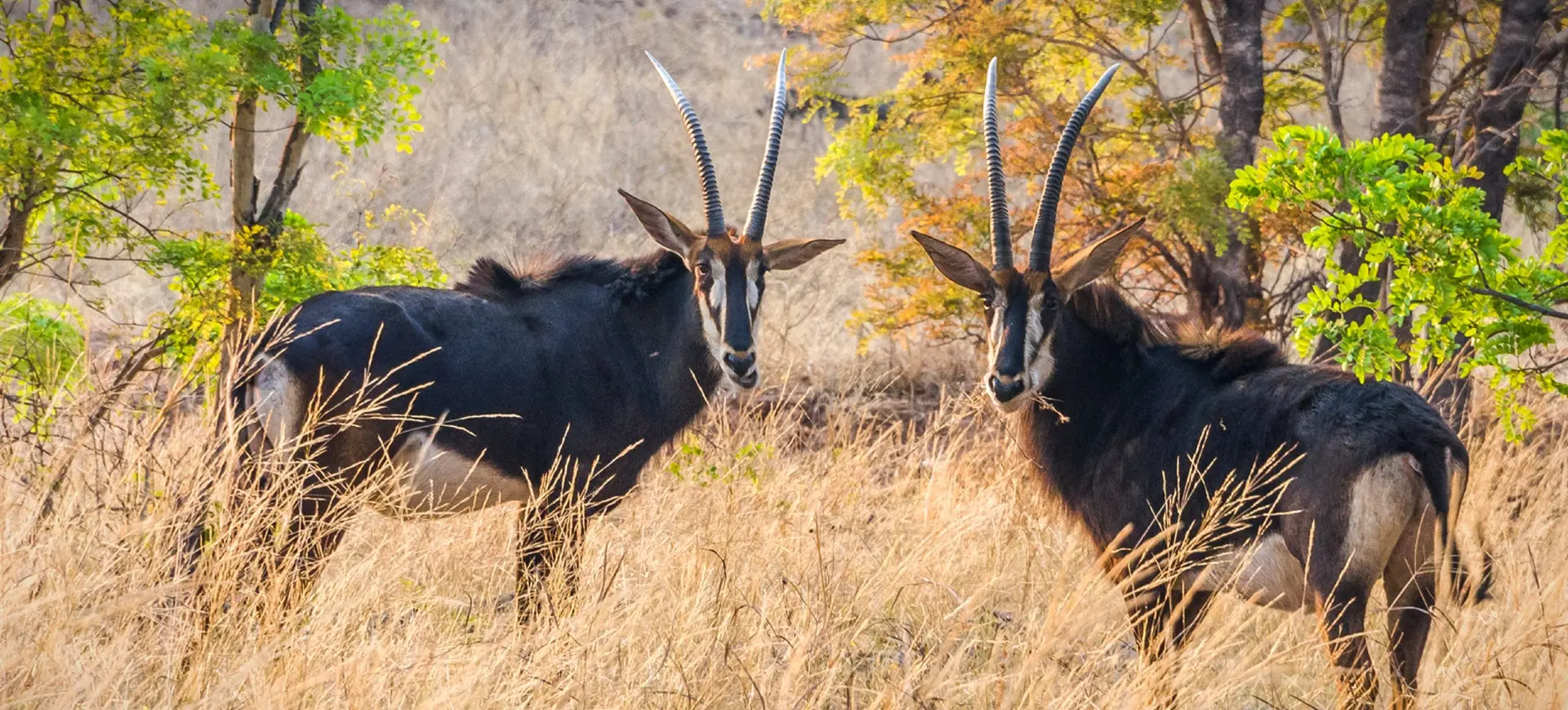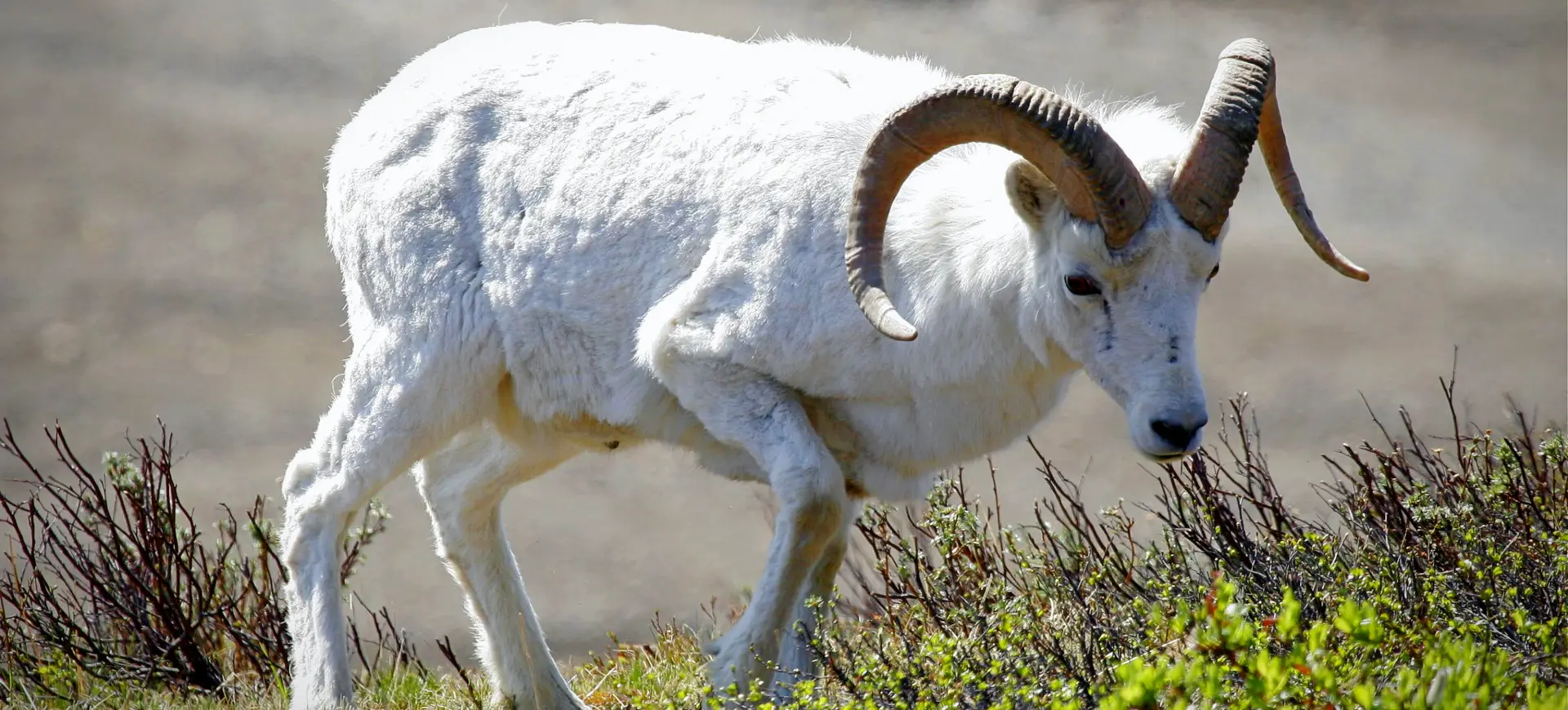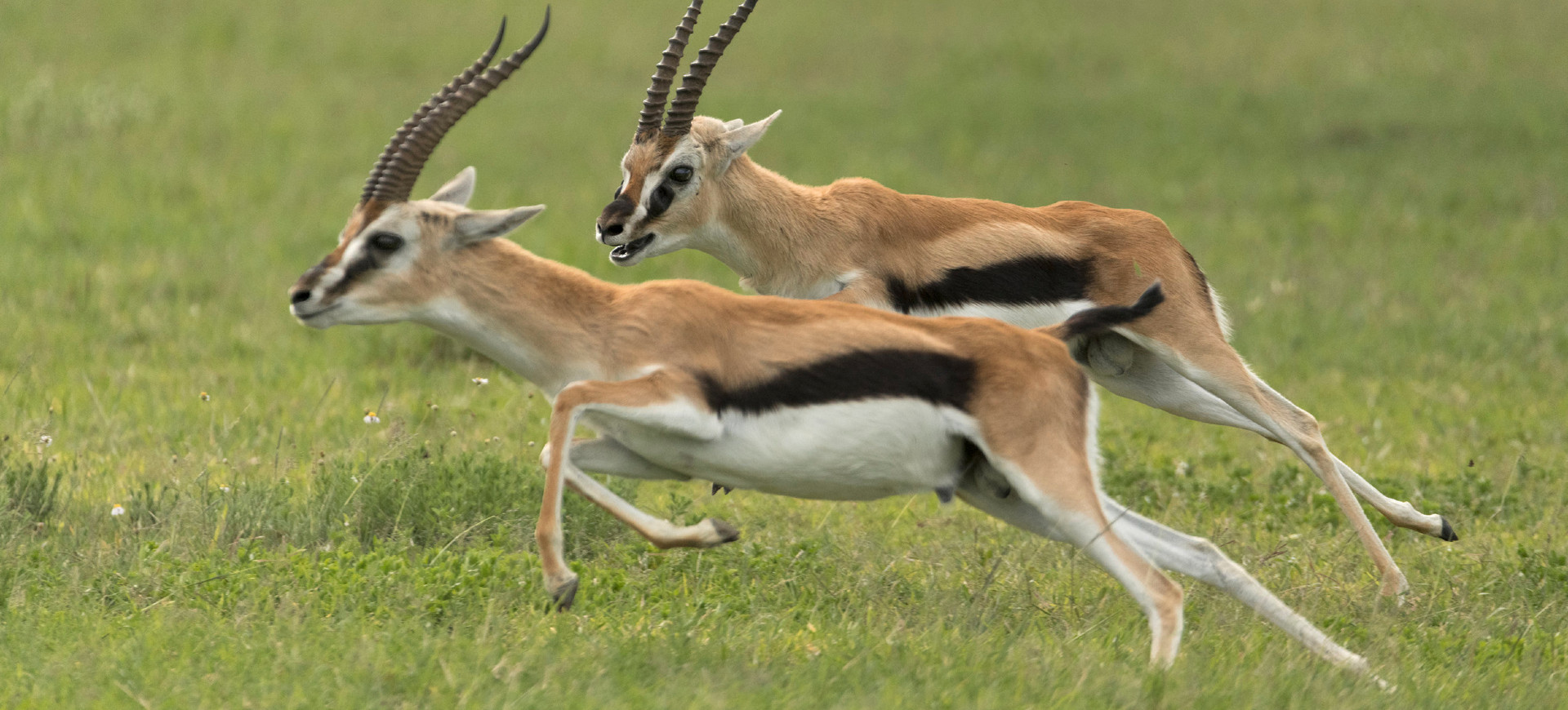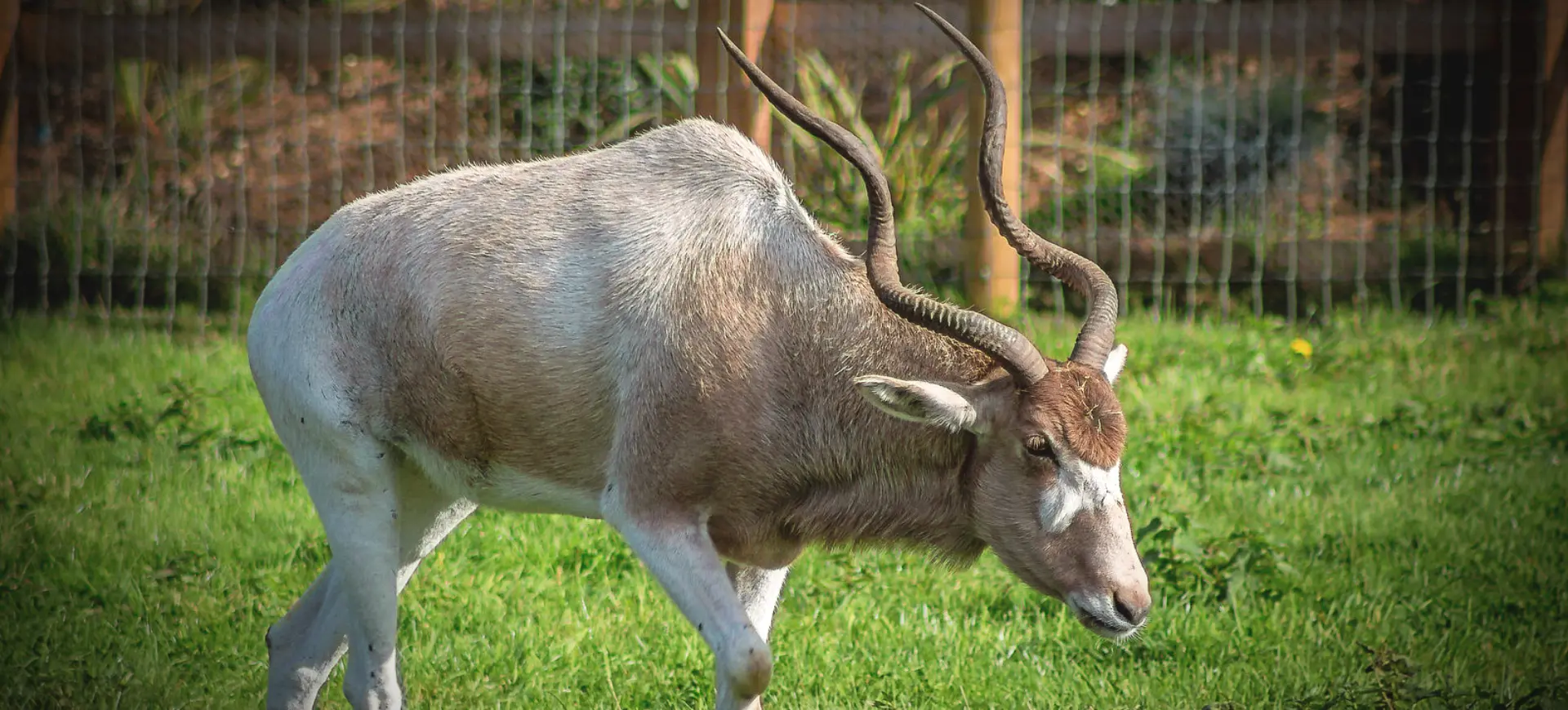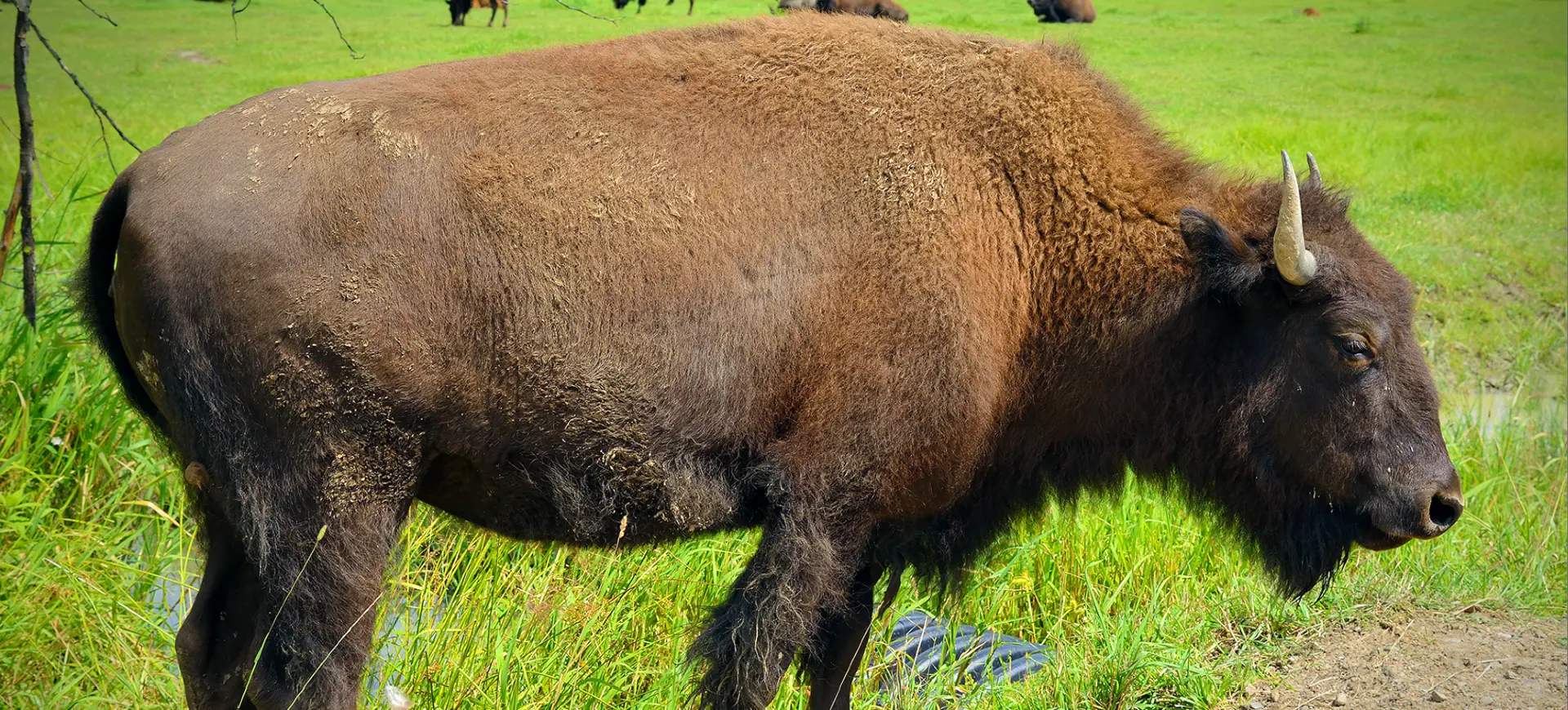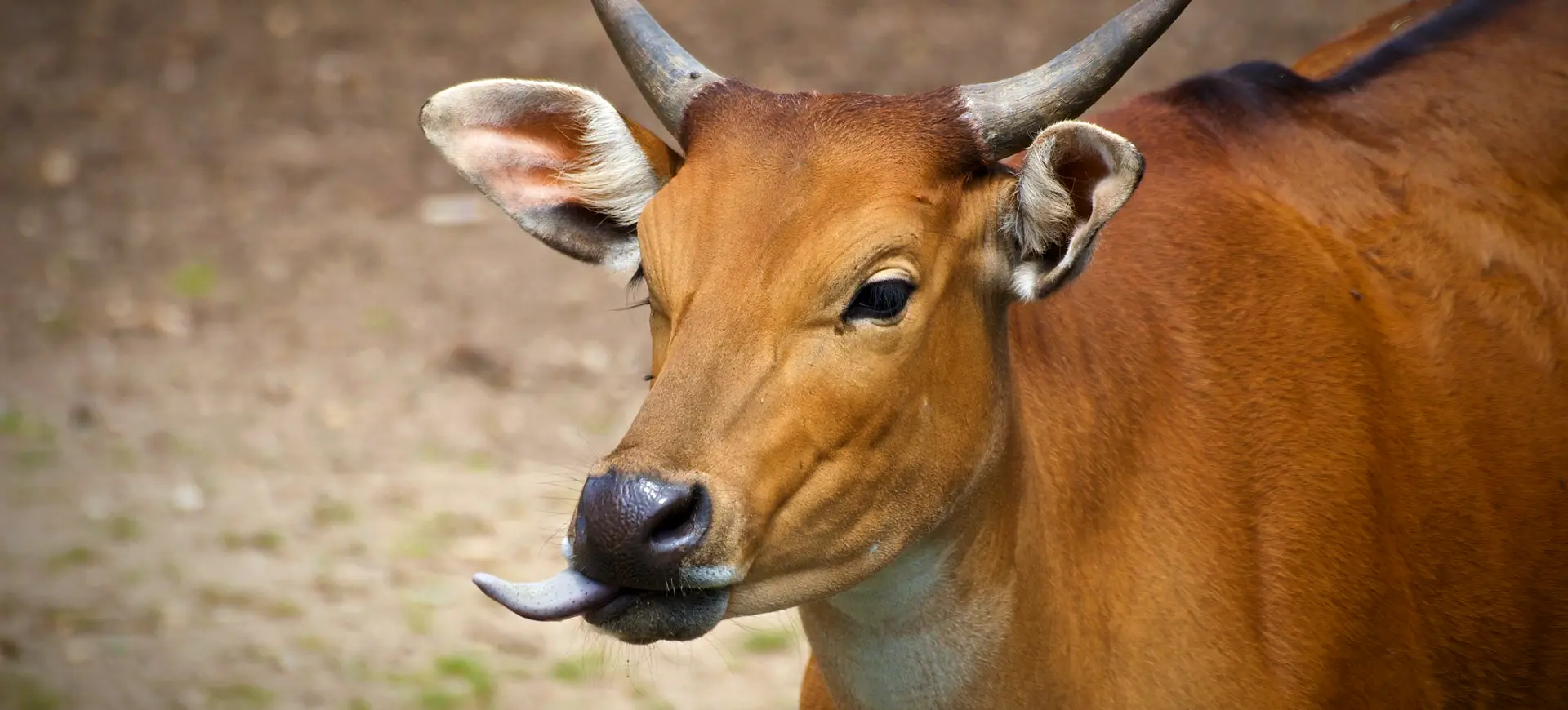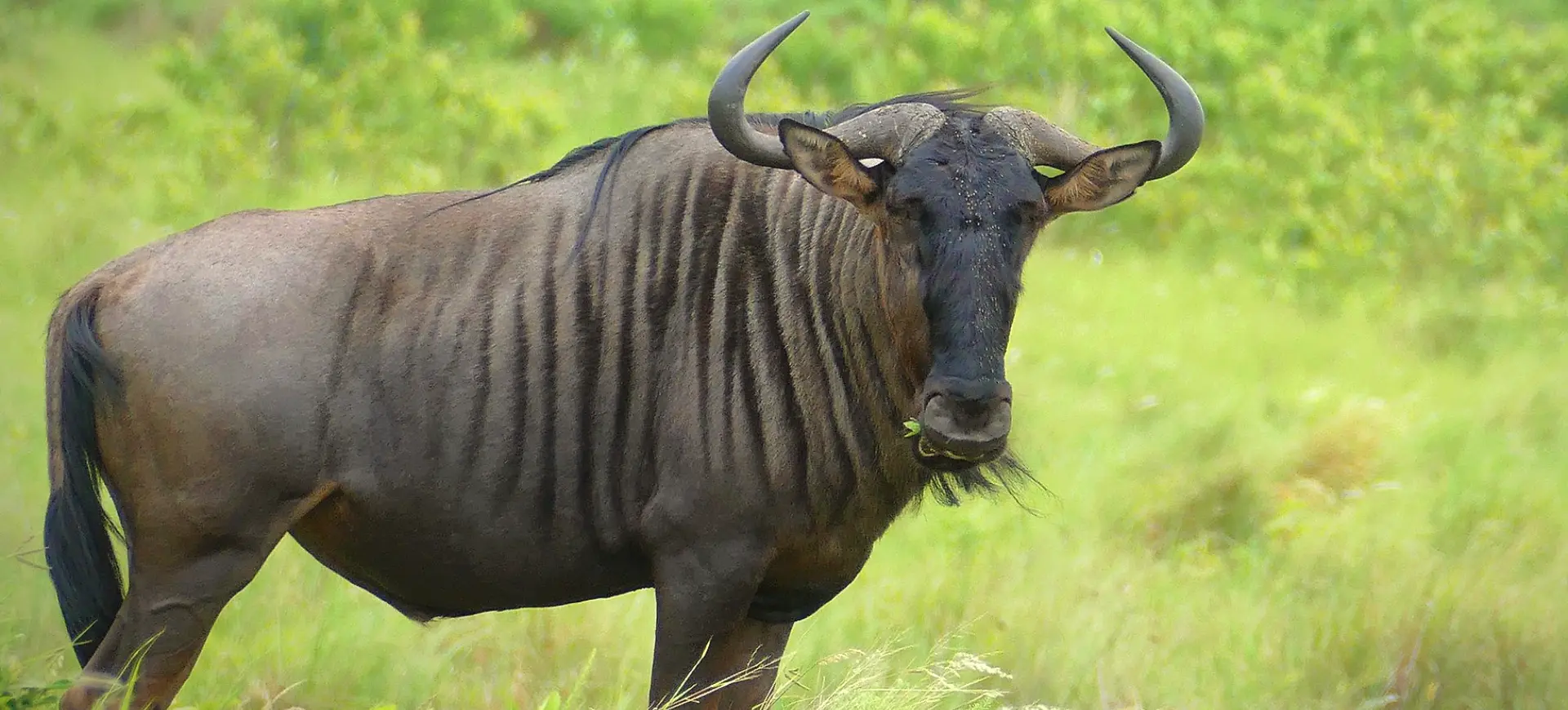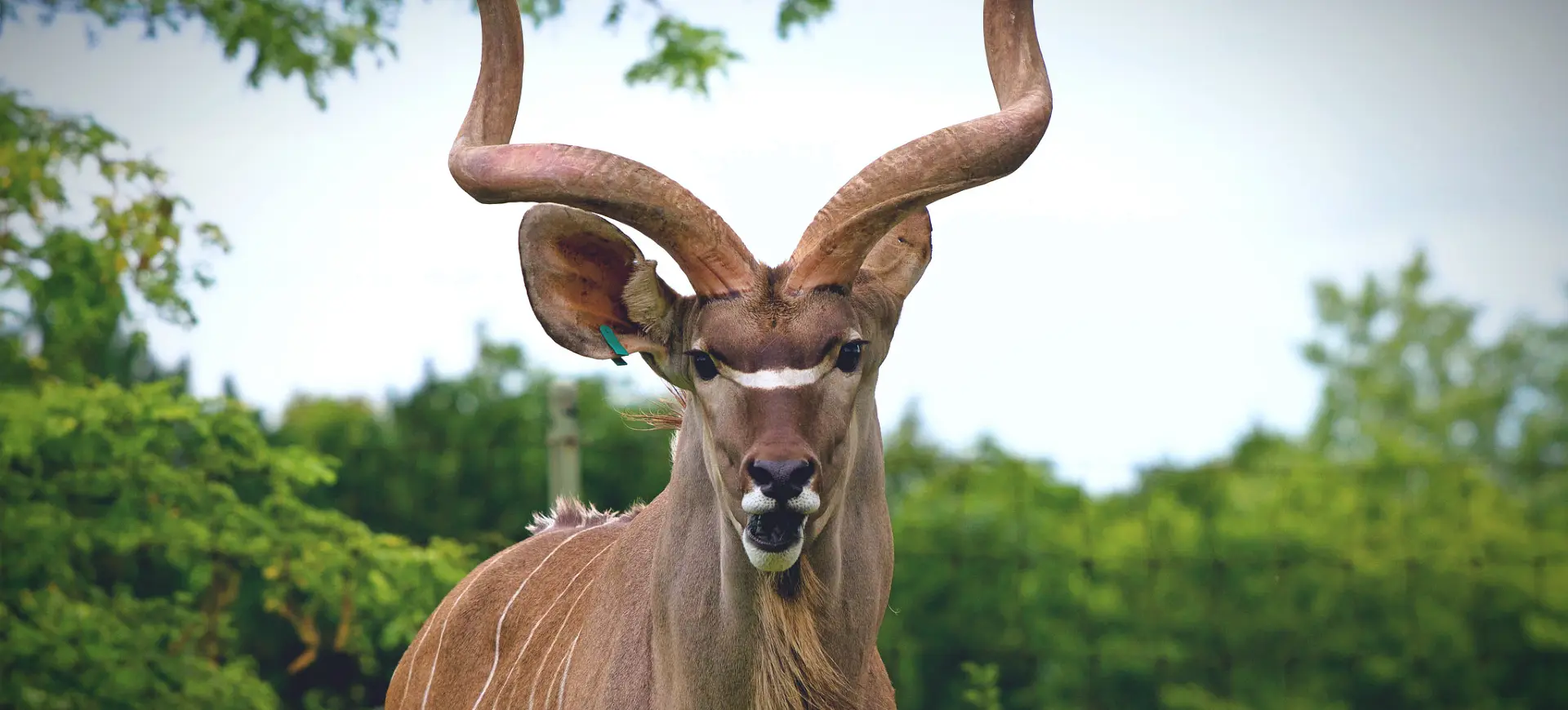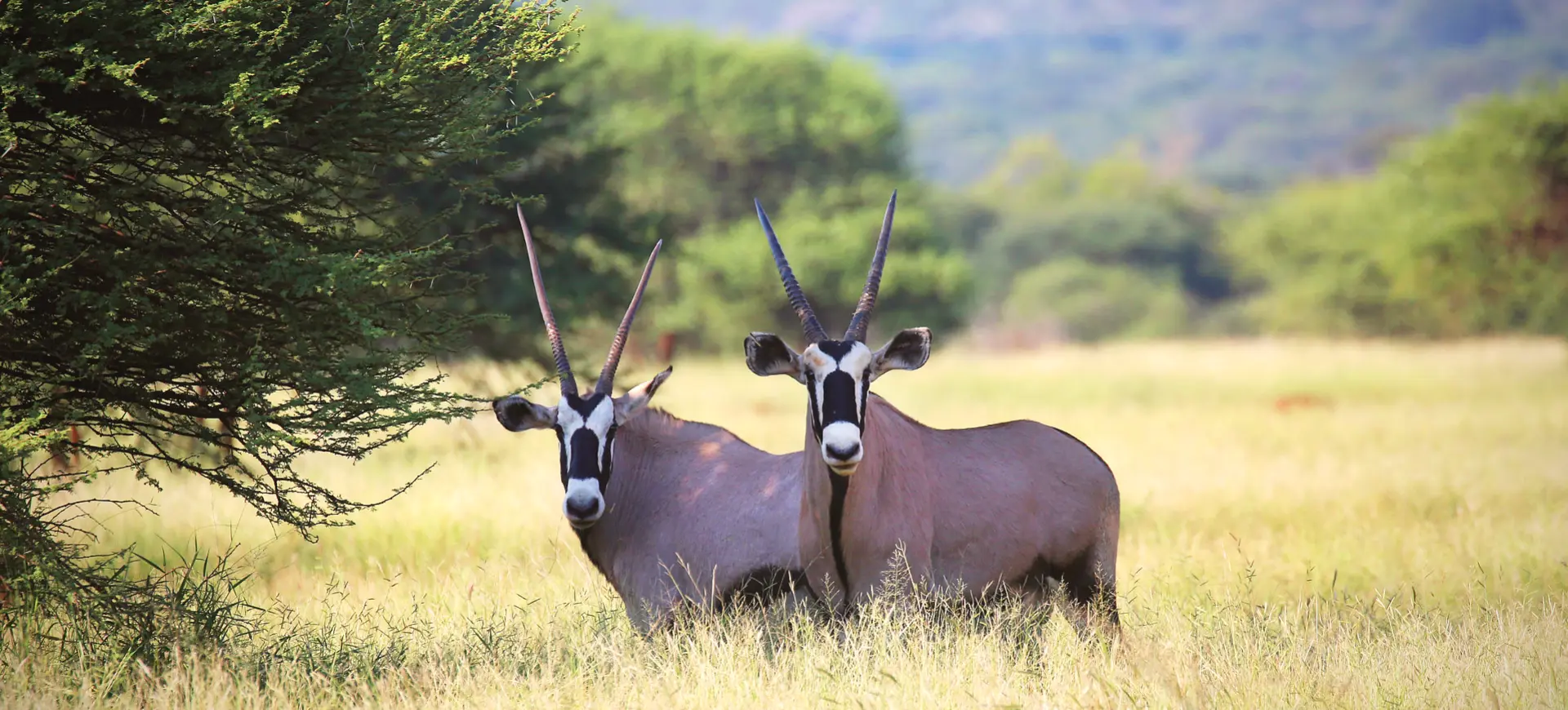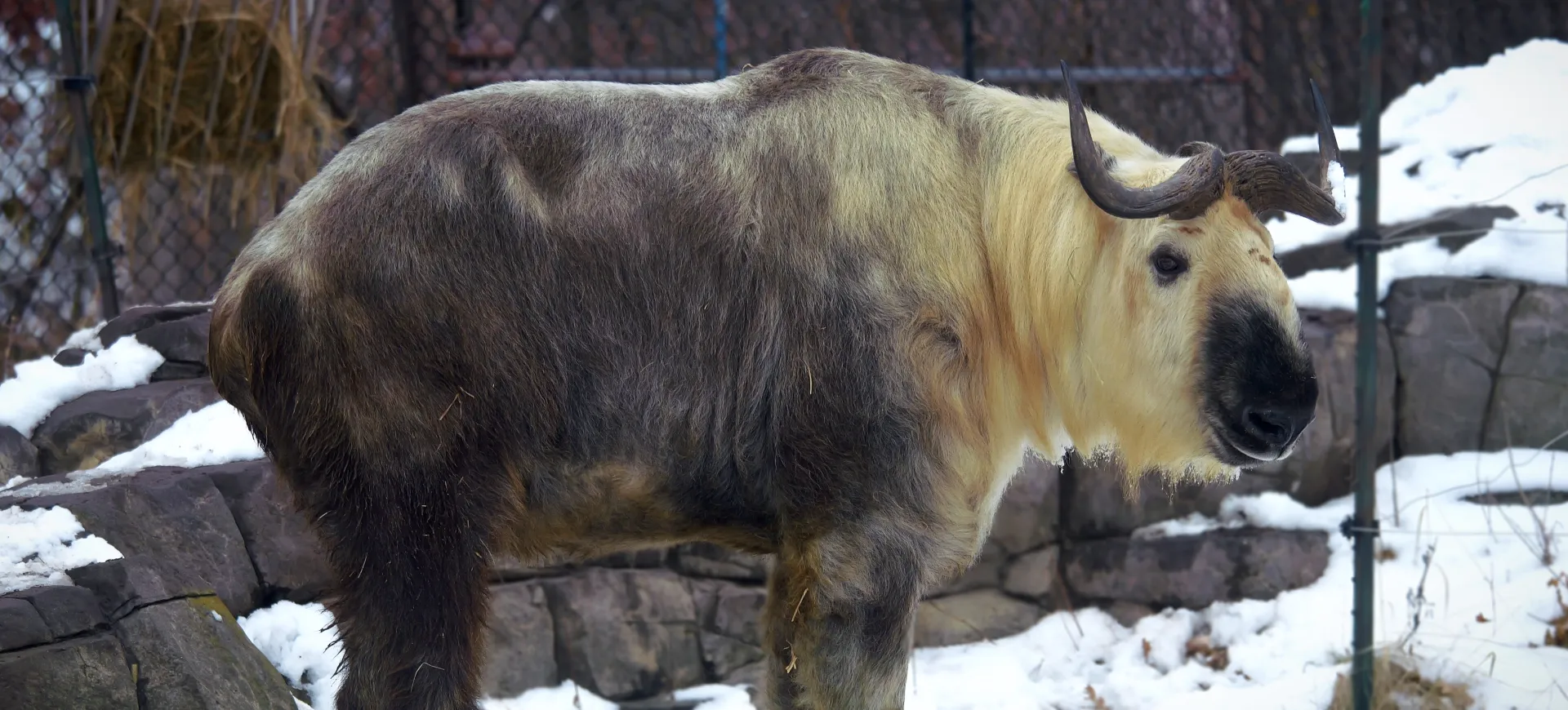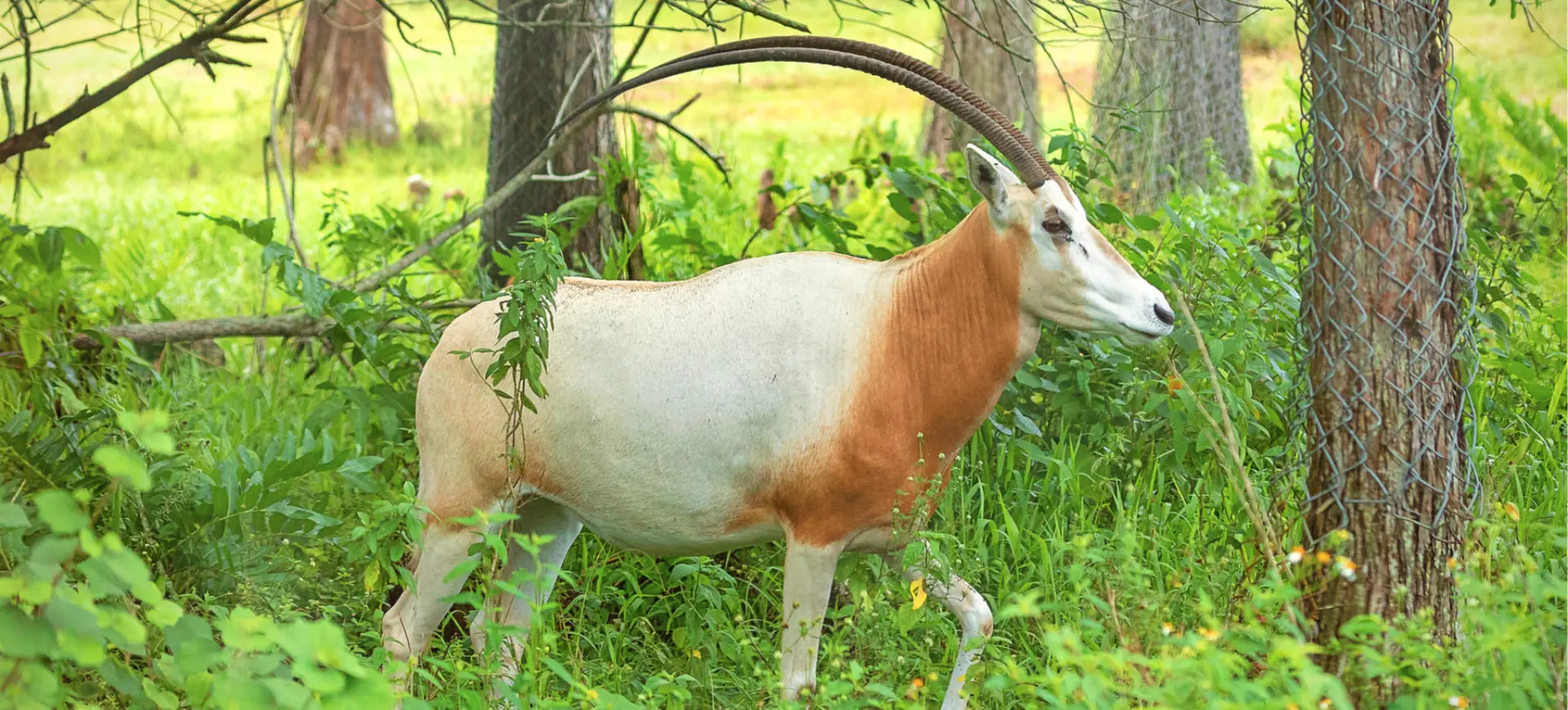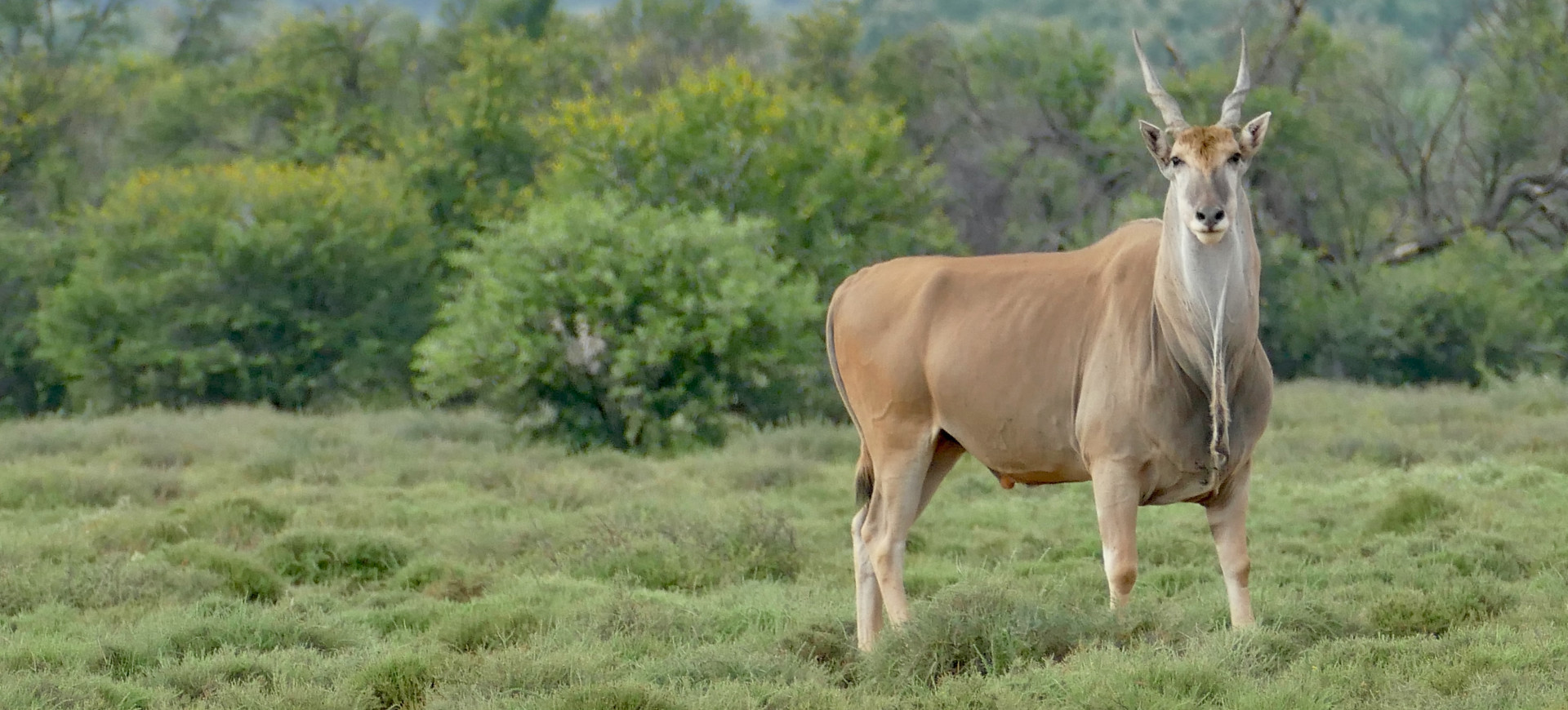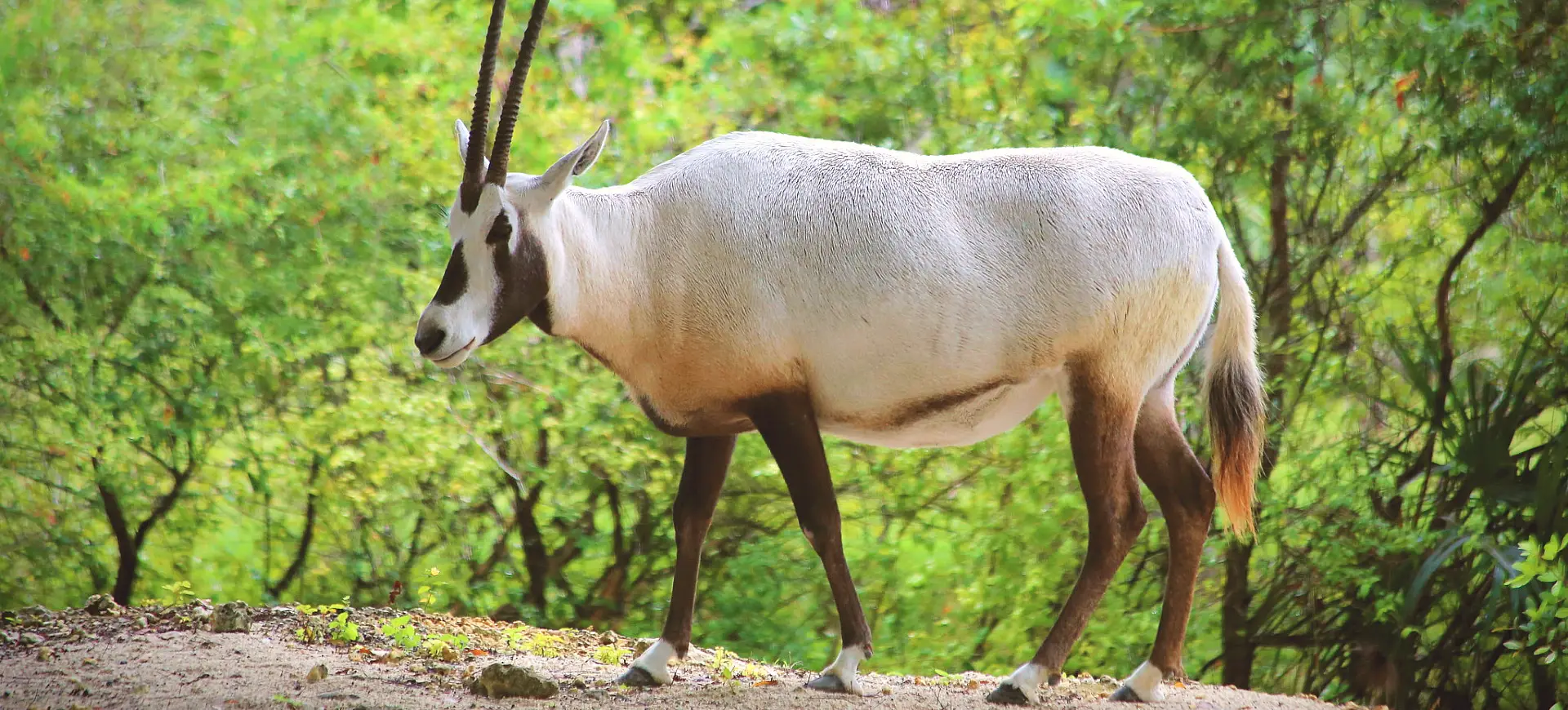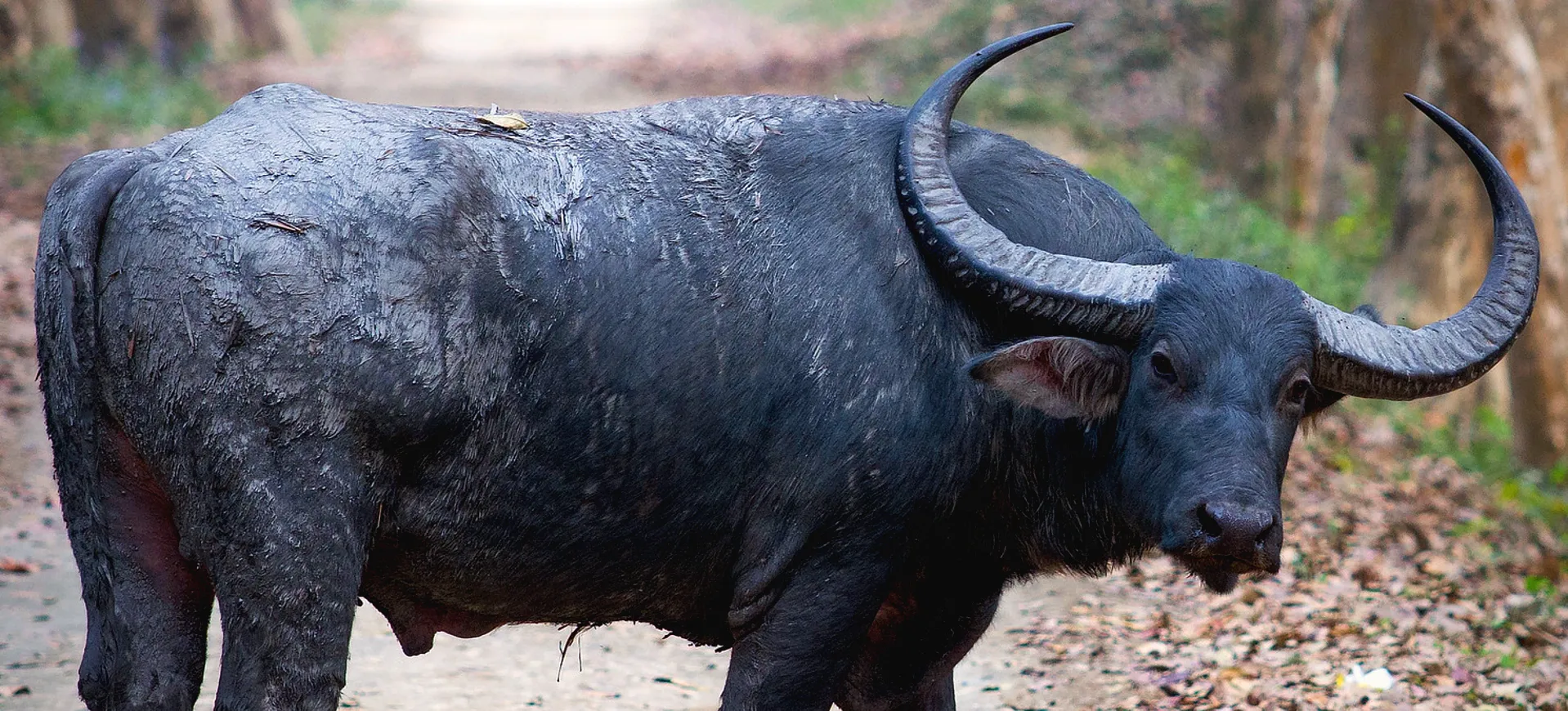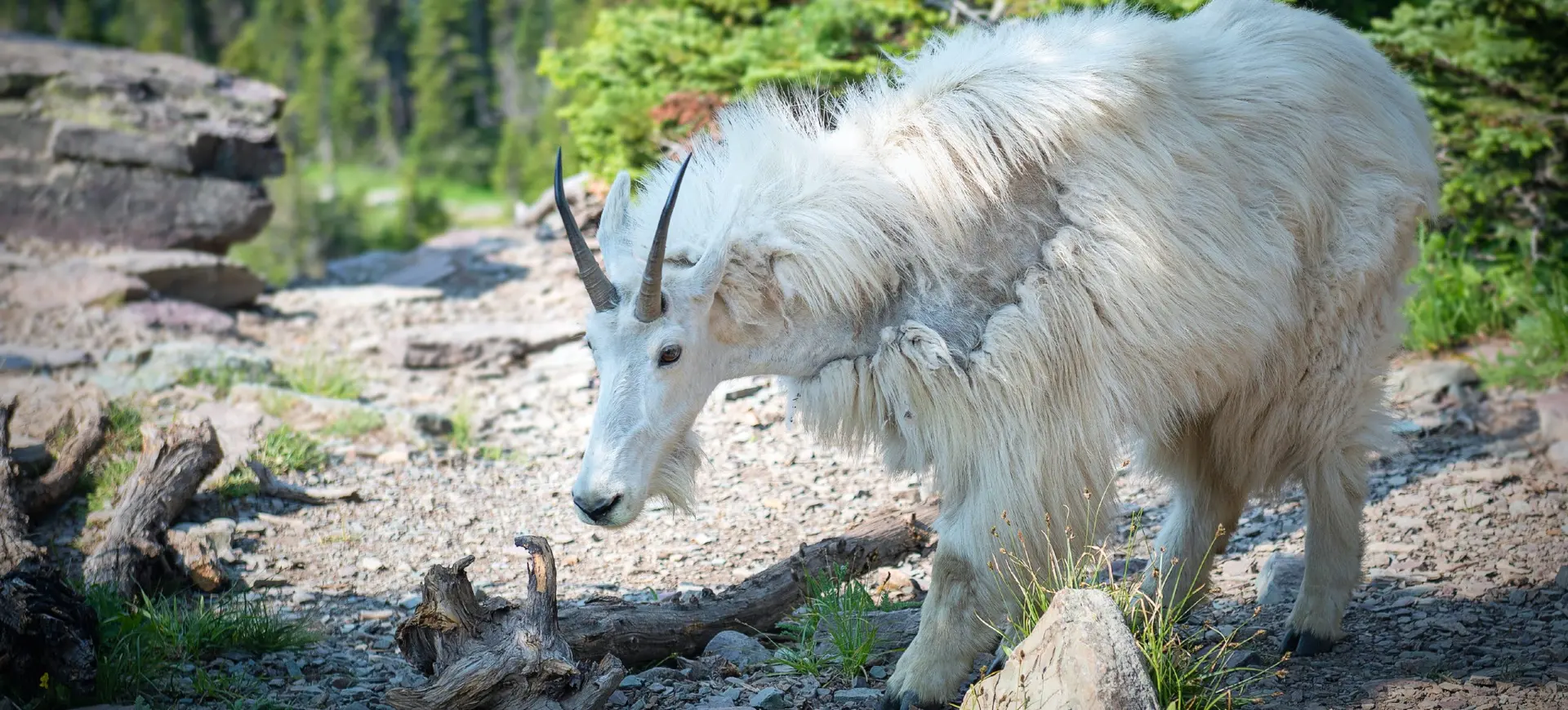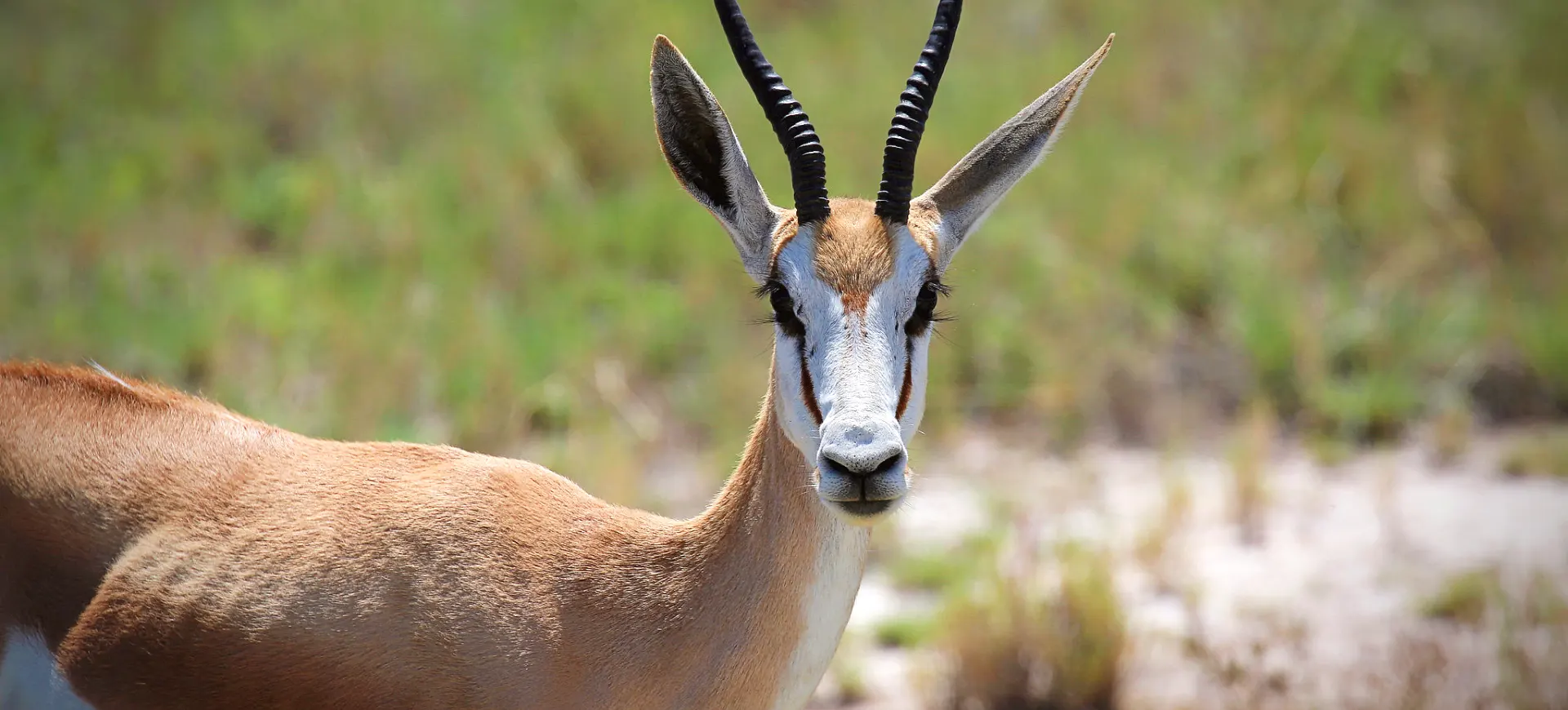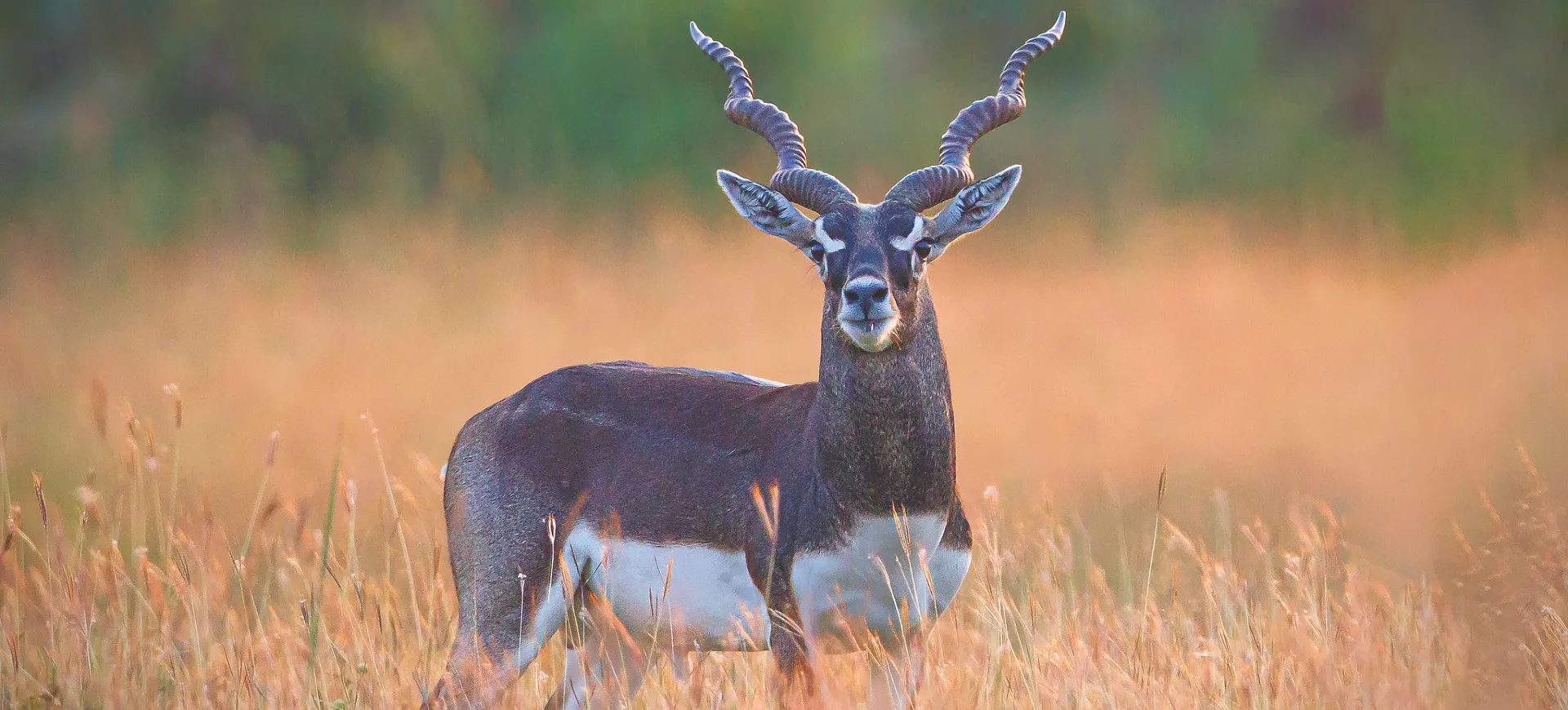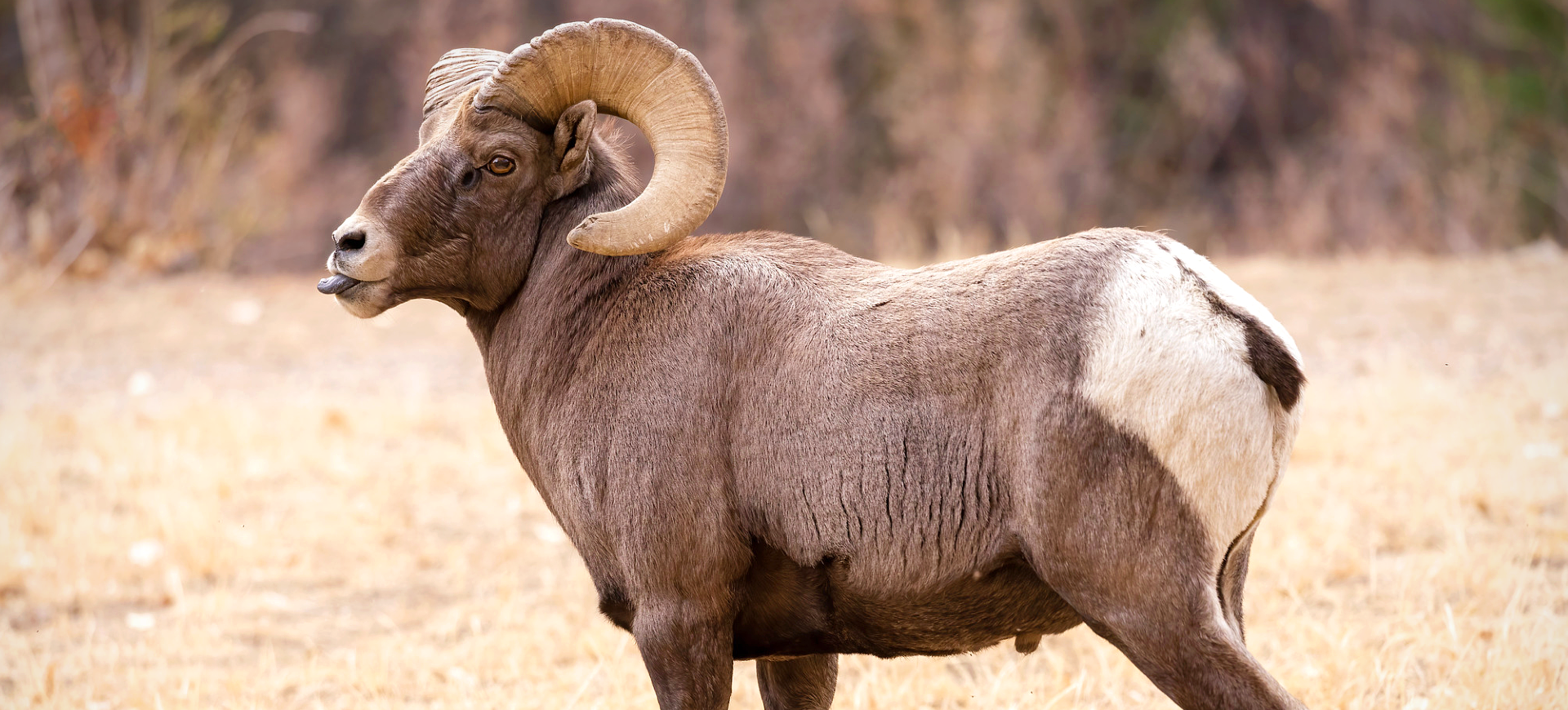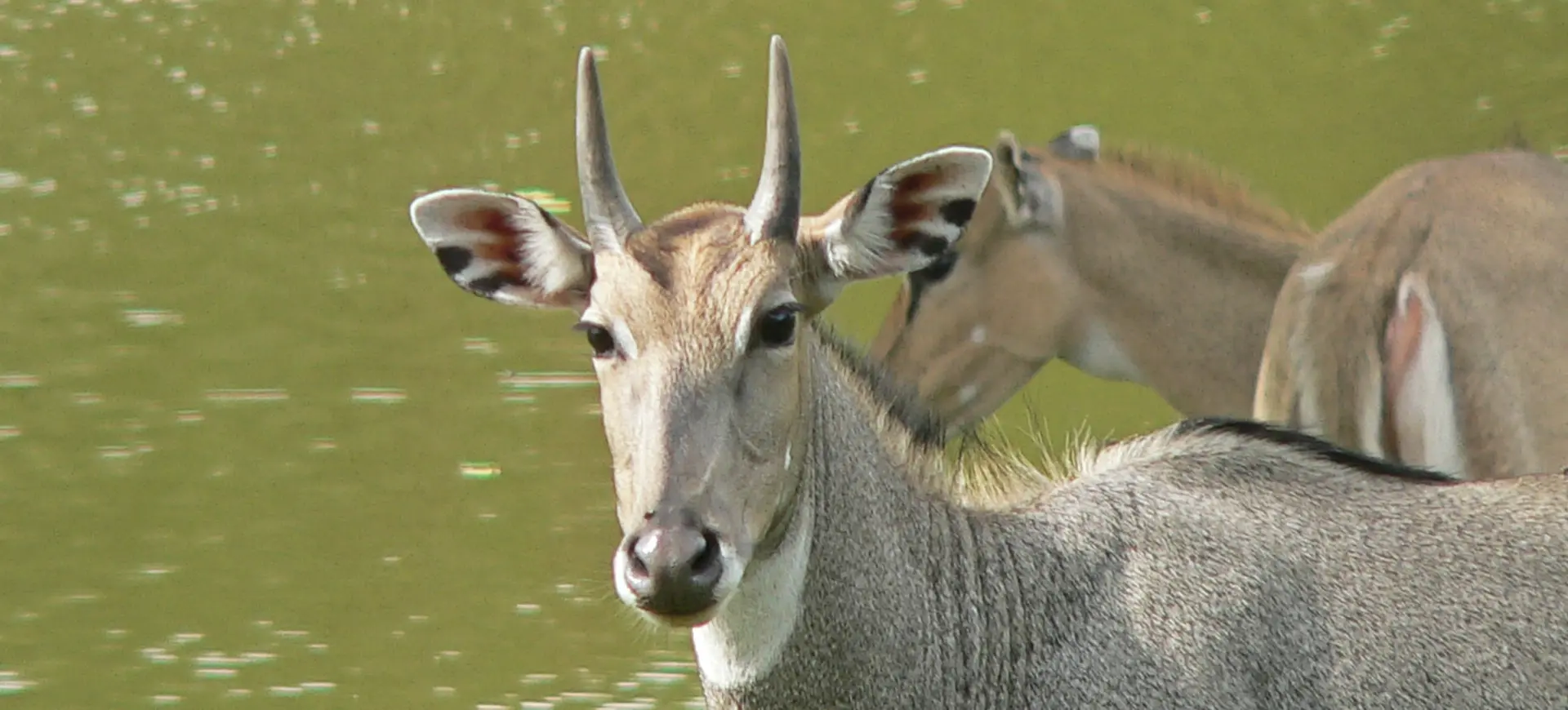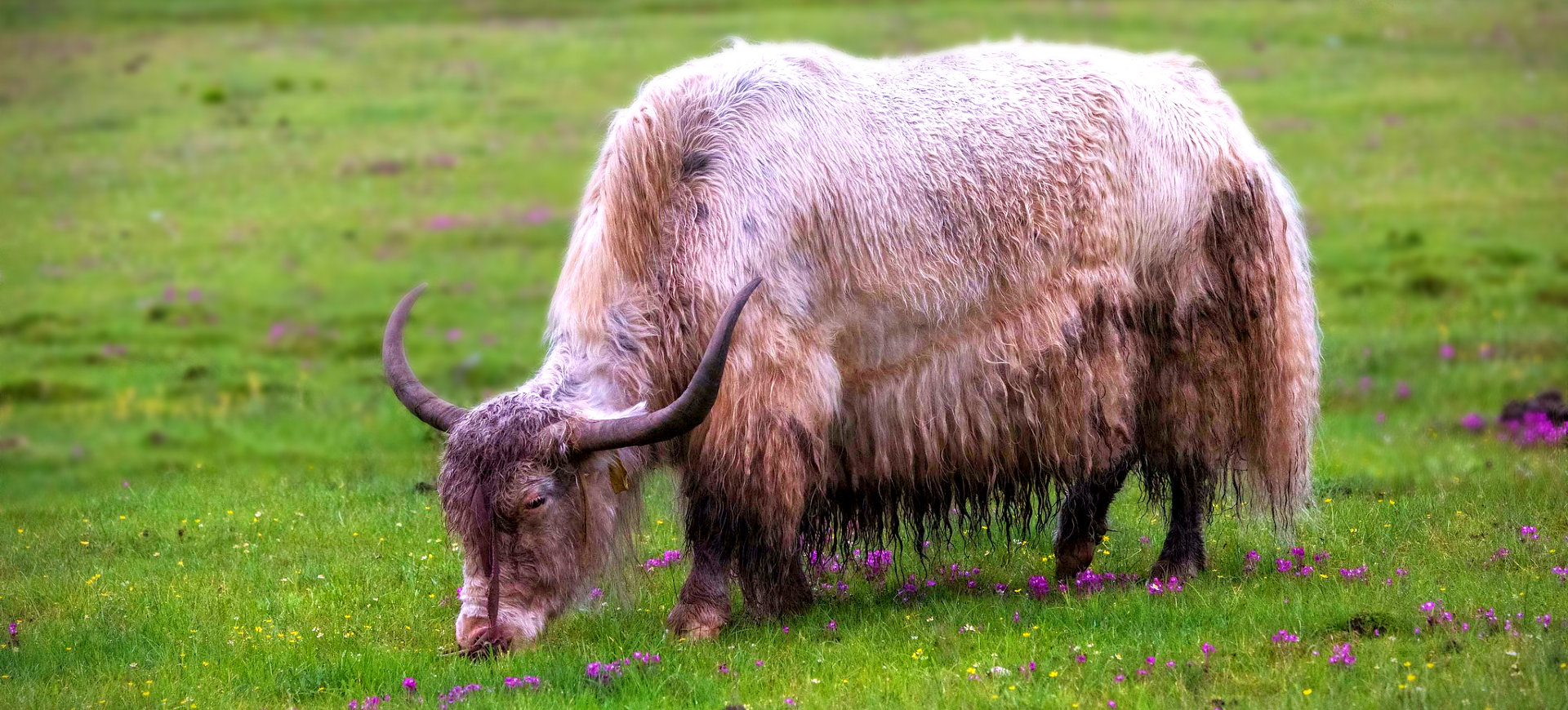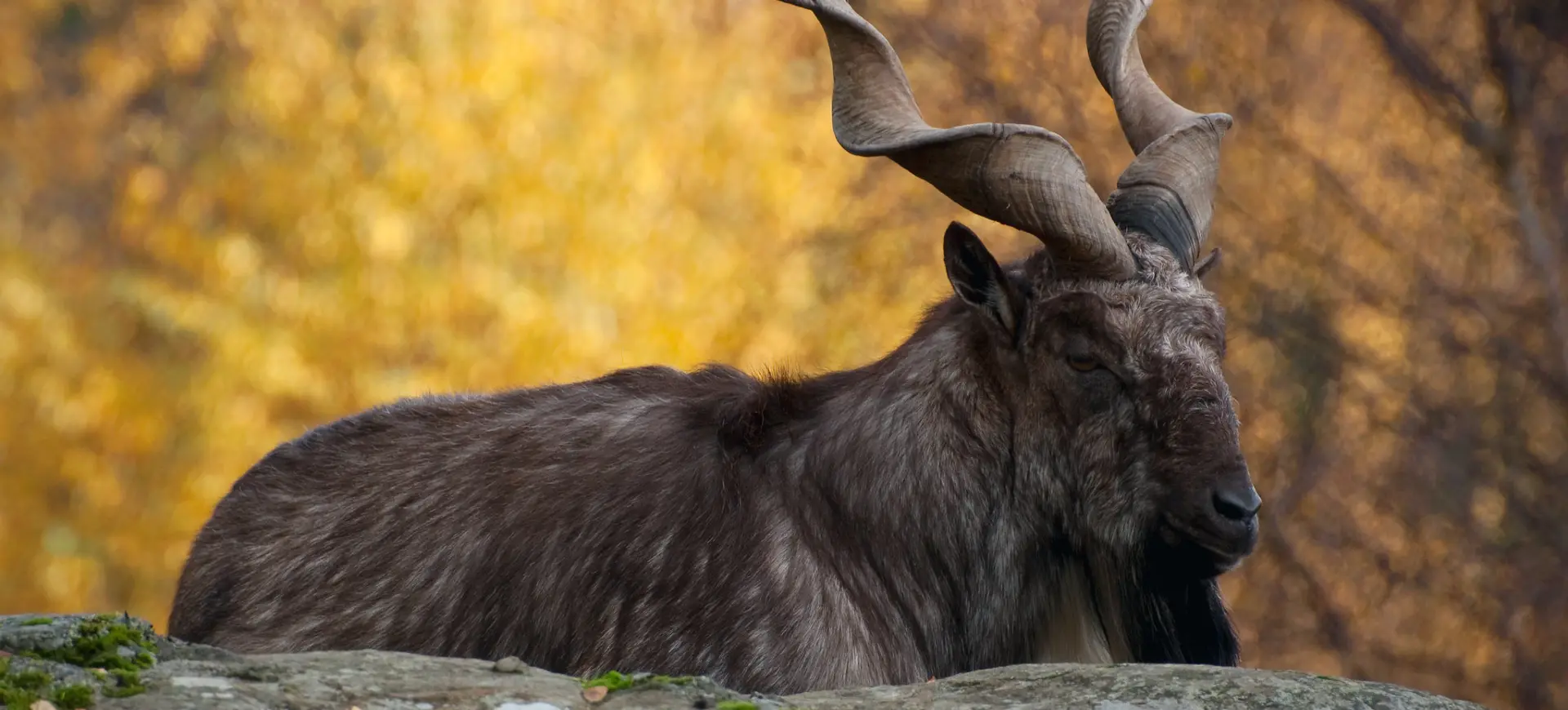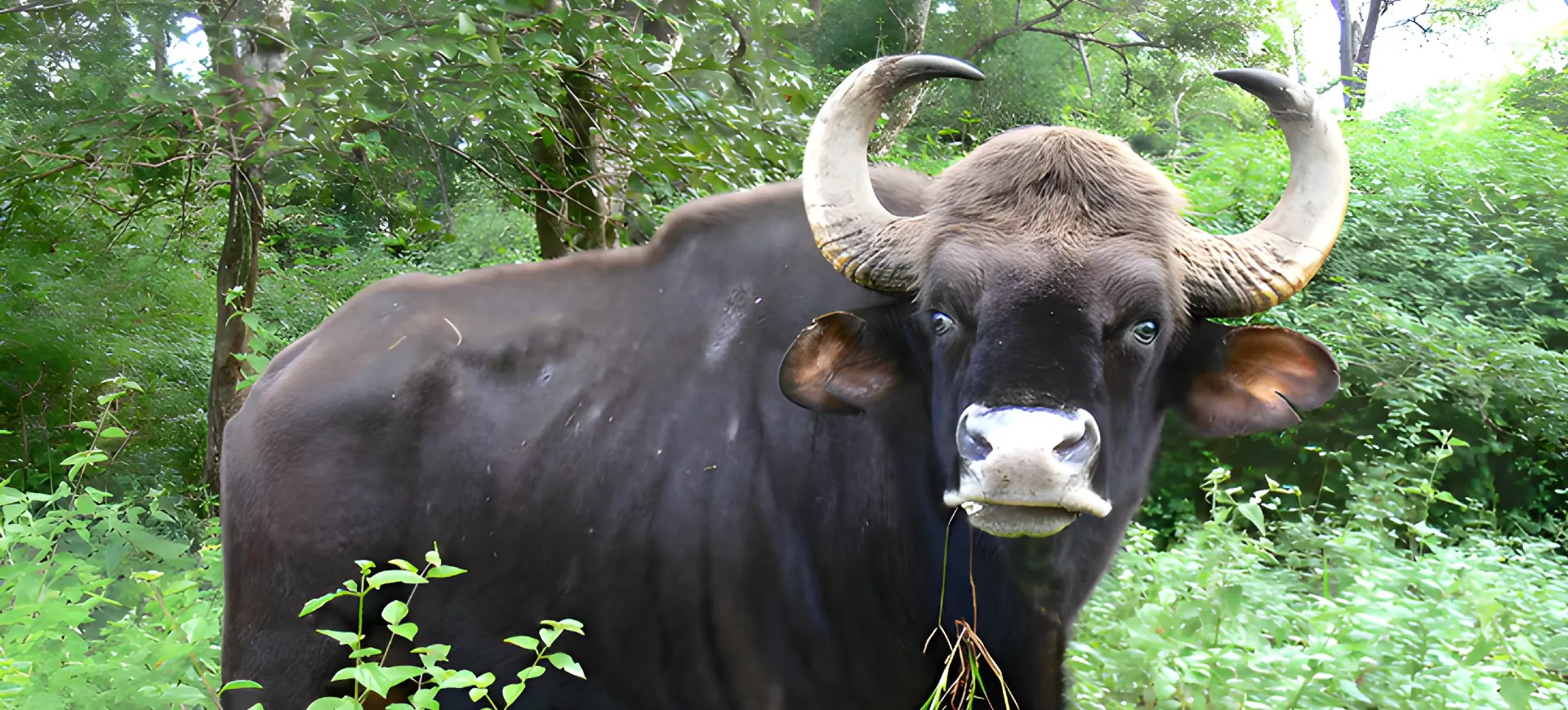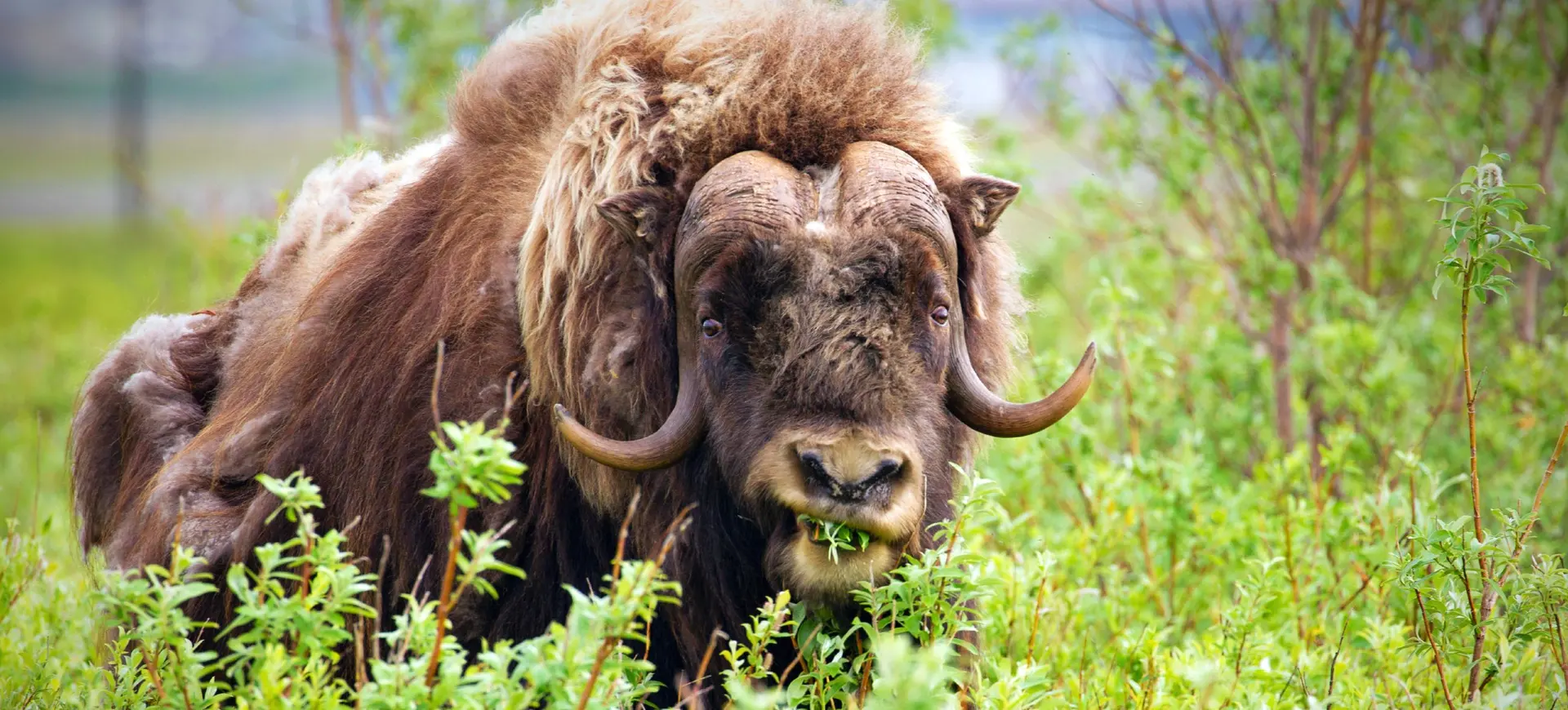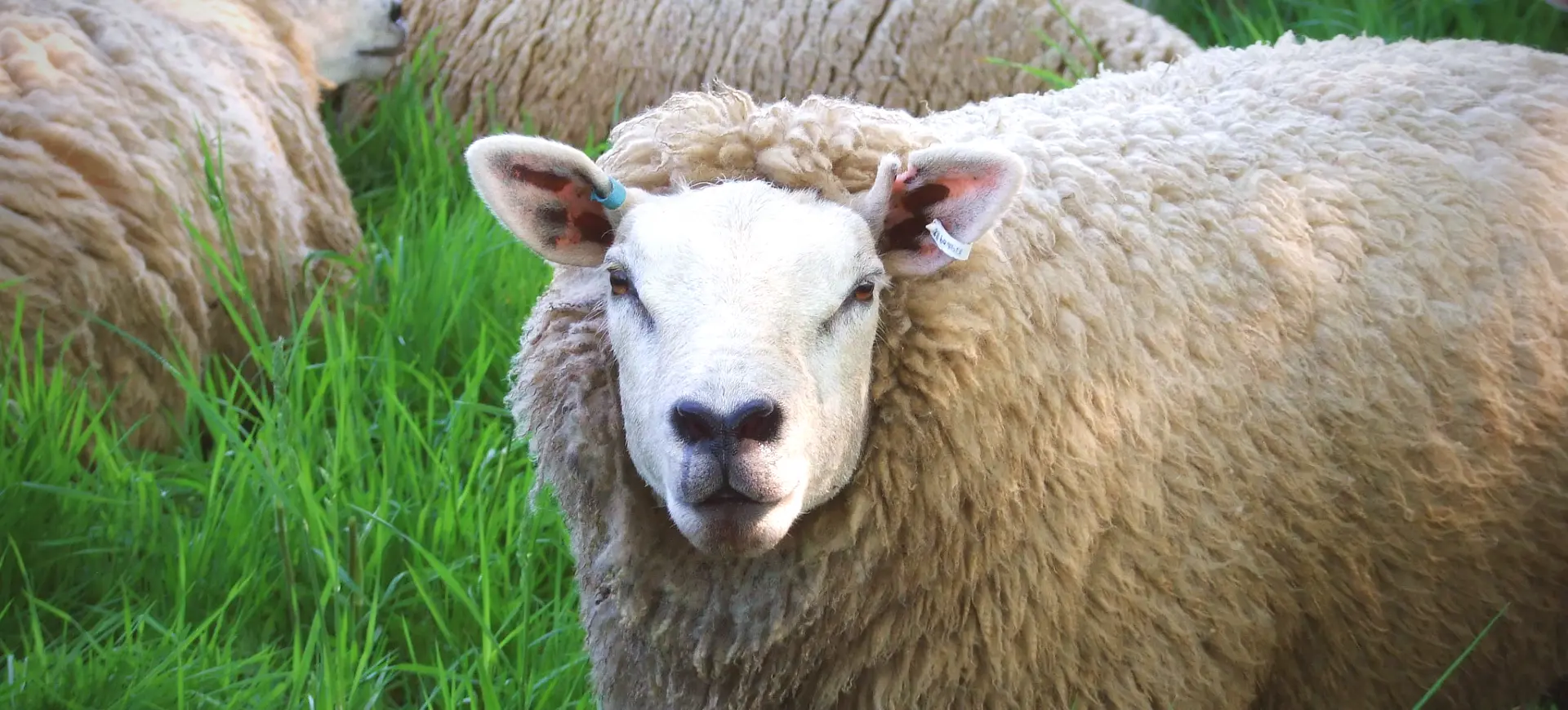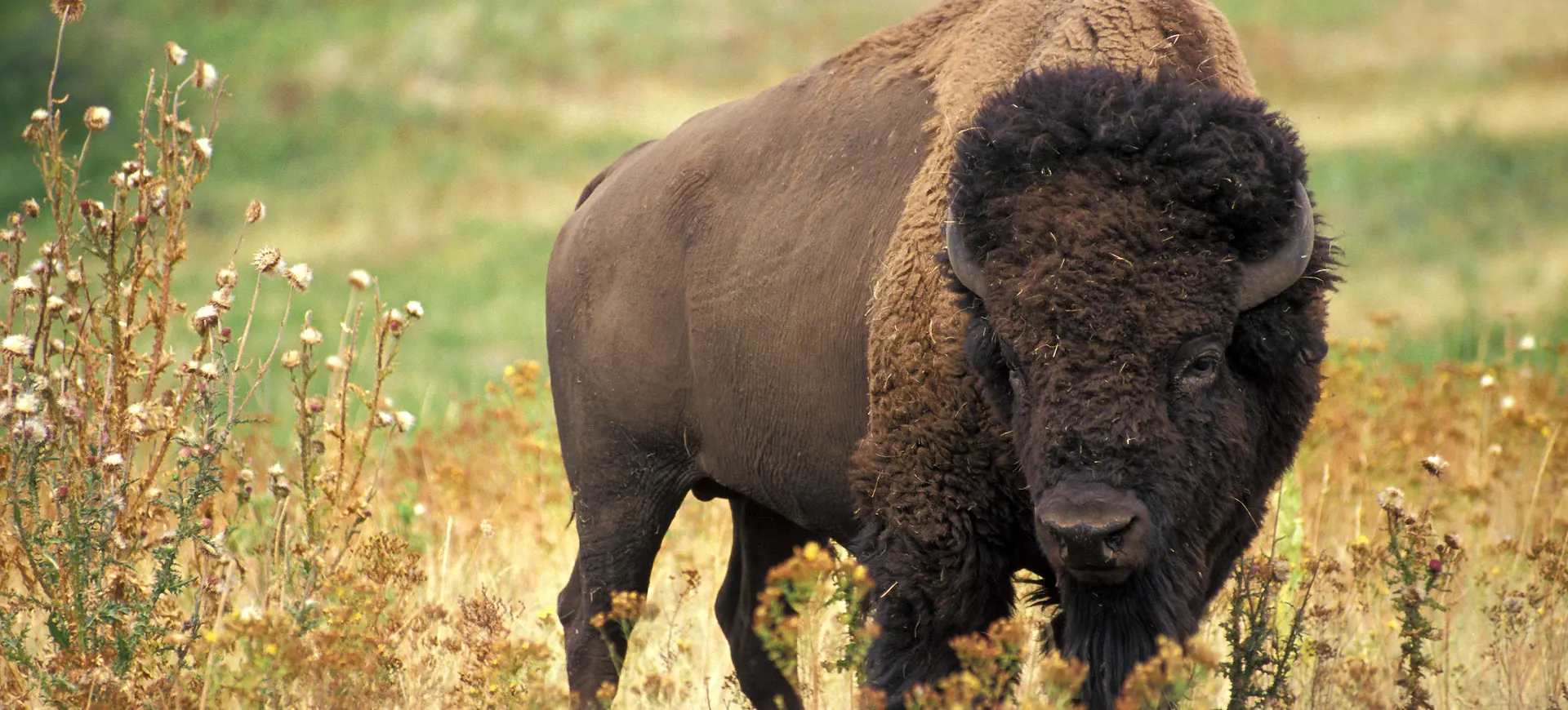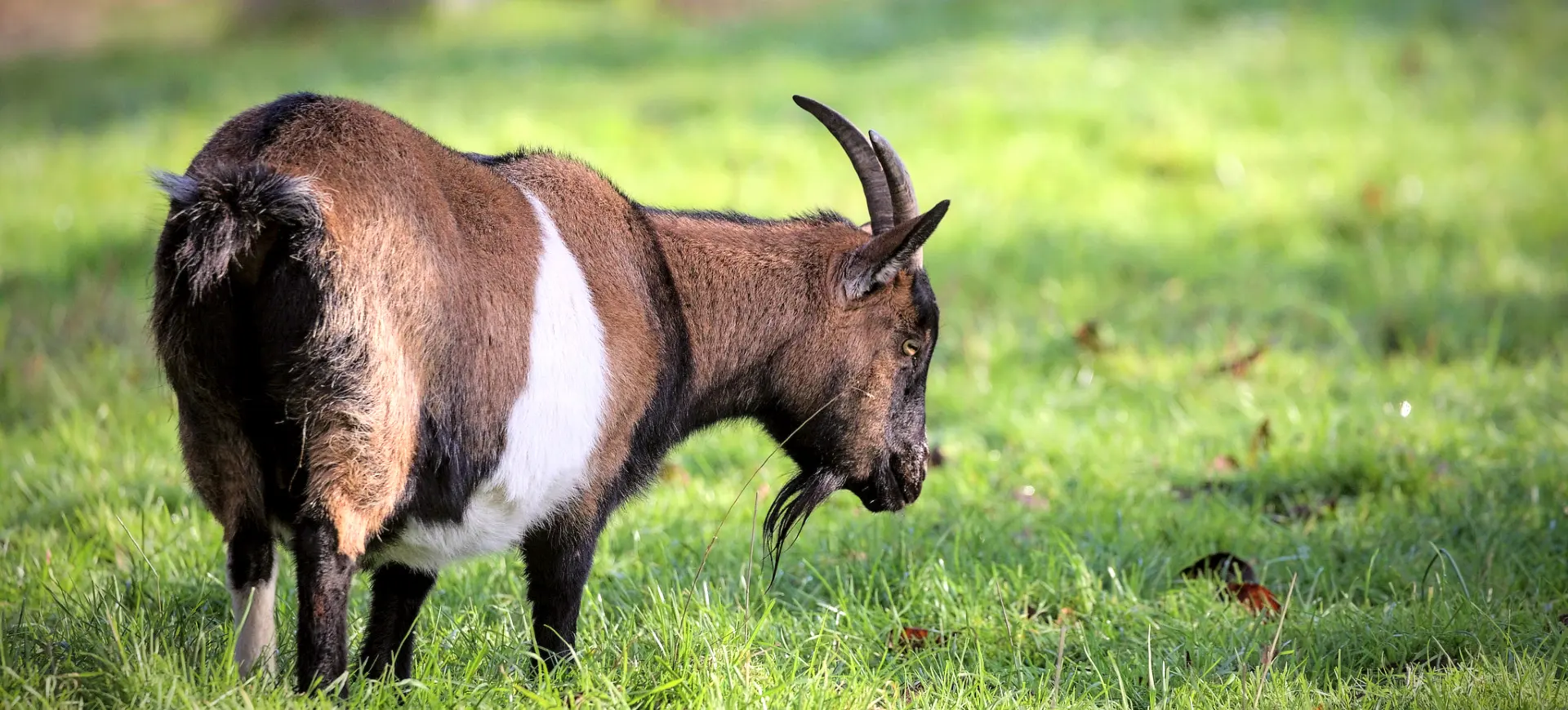Overview
The Zebu, scientifically known as Bos taurus indicus, is a species of domestic cattle originating from South Asia. They are easily recognized by their characteristic hump on their shoulders, a large dewlap, and sometimes drooping ears. Zebus are well-adapted to hot, dry environments and are known for their resistance to diseases and parasites. They are used primarily for their milk, meat, and as draught animals.
Zebu cattle have a variety of uses in agriculture and transportation, especially in rural areas of developing countries. They are revered in many cultures, particularly Hinduism, where they are often associated with religious ceremonies. Zebus vary greatly in size, color, and horn shape, influenced by their region of origin and breeding. They are known for their ability to thrive in harsh conditions where other cattle breeds would struggle.
The breed has been introduced to many parts of the world, including Africa, America, and Australia, where it has been crossbred with other cattle breeds. This crossbreeding has resulted in animals with combined traits, such as improved meat and milk production. Zebus plays a significant role in the livelihoods of small-scale farmers and is essential to the agricultural economy of many countries.
Taxonomy
Kingdom
Phylum
Class
Order
Family
Genus
Species
Type
RANGE
Current distribution:
Zebu cattle are a domesticated species and do not exist in the wild. Their current distribution is worldwide due to their introduction to various countries for agricultural purposes. They are prevalent in tropical and subtropical regions, especially South America, Africa, and Southeast Asia.
They are often the preferred cattle breed in these regions due to their adaptability to local climates and conditions. Zebus has become an essential part of the agricultural landscape in many developing countries, contributing significantly to the local economies.
Physical Description:
Zebus are distinguished by their large hump over the shoulders, which is more pronounced in males. They have a large, loose, hanging skin under the neck, known as a dewlap, which helps heat tolerance. The body size of Zebus varies significantly among breeds, ranging from smaller, lighter animals to larger, more muscular types. Their coats can be of various colors, including gray, red, black, or spotted.
The ears of Zebu cattle are typically large and pendulous, helping to dissipate heat. They have a strong, rugged build, straight back and a less prominent rear than other cattle breeds. Their horns, if present, curve upwards and can vary greatly in size and shape. Zebus have a strong, muscular neck supporting their large hump, which stores fat reserves.

Lifespan: Wild: ~15 Years || Captivity: ~20 Years

Weight: Male: 1,100-2,200 lbs (500-1,000 kg) || Female: 770-1,650 lbs (350-750 kg)

Length: Male: 96-108 inches (244-274 cm) || Female: 91-103 inches (231-262 cm)

Height: Male: 52-72 inches (132-183 cm) || Female: 47-67 inches (119-170 cm)

Top Speed: 25 mph (40 km/h)
Characteristic:
Native Habitat:
Zebu cattle are native to the regions of South Asia, particularly the Indian subcontinent. They have been a part of the agricultural landscape in these areas for thousands of years. The environment of their native habitat is diverse, ranging from dry, arid areas to tropical climates. Zebus are particularly well adapted to hot and humid conditions and arid and semi-arid regions.
Their adaptation includes tolerating high temperatures and humidity and resistance to local diseases. The native habitat of Zebus has influenced their physical and behavioral traits, making them suitable for various agricultural and climatic conditions. They are commonly found in rural areas and integral to traditional farming practices.
Biomes:
Biogeographical Realms:
Continents:
Countries:
Diet:
Diet & Feeding Habits:
Zebu cattle are predominantly grazers, feeding on various grasses and herbs. They are well adapted to feed on low-quality forage in arid and semi-arid regions. Their ability to efficiently digest roughage allows them to survive in environments with scarce food resources. They consume hay, silage, and sometimes supplementary feed, especially in managed agricultural settings.
In addition to grazing, Zebus often browse on leaves and twigs, especially in regions where grass is scarce. Their ruminant stomachs allow them to ferment food and extract nutrients effectively. They are known for their ability to go without water for relatively long periods, adapting to dry environments. Zebus can also alter their feeding behavior based on seasonal changes, adapting to the availability of different food sources.
Mating Behavior:
Mating Description:
Zebu cattle have a polygynous mating system, where a single bull typically mates with multiple cows. The mating behavior includes courtship rituals such as lowing, licking, and following the female. Bulls exhibit dominance and compete for female access, particularly during the breeding season.
Gestation in Zebus lasts approximately nine months, after which a single calf is born. Calves are relatively mature and mobile shortly after birth, allowing them to follow their mothers and graze. The mother-calf bond is strong, and calves are often seen staying close to their mothers for several months. Zebus reach sexual maturity at about two to three years of age, depending on the breed and environmental conditions.
Reproduction Season:
Birth Type:
Pregnancy Duration:
Female Name:
Male Name:
Baby Name:
Social Structure Description:
Zebu cattle are typically social animals and are often found in herds. The herd structure usually consists of females and their offspring, with a dominant bull. Herds can vary in size and composition in managed agricultural settings depending on the farming practices.
Social hierarchy within the herd is established, with dominant individuals having access to better resources. Herd behavior protects predators and allows for more efficient foraging. Social interactions include grooming, vocalizations, and body language, which play a role in maintaining the herd structure.
Groups:
Conservation Status:
Population Trend:
As a domesticated species, Zebus is not tracked regarding the wild population. Their numbers in captivity, i.e., in agricultural settings, are substantial and vary greatly among countries and regions. They are bred and managed for various purposes, including milk production, meat, draught work, and religious or cultural significance.
Agricultural practices, breeding programs, and economic factors influence the population of Zebus. They are a vital part of the local economy and culture in many regions. Efforts are often made to improve their productivity through selective breeding and better management practices.
Population Threats:
The primary threats to Zebu cattle are diseases, parasites, and changing agricultural practices. Diseases such as foot-and-mouth disease and bovine tuberculosis can significantly impact Zebu populations. Parasitic infestations are also a concern, particularly in tropical and subtropical regions.
Changes in agricultural practices, including the shift to more intensive farming methods, can impact the traditional breeds of Zebu. There is also a concern about the loss of genetic diversity within the species due to crossbreeding with other cattle breeds. Climate change and its impact on pasture and water resources are additional challenges facing Zebu populations.
Conservation Efforts:
Conservation efforts for Zebu cattle focus on sustainable agricultural practices, disease control, and genetic preservation. Programs are in place to manage diseases and parasites, which include vaccination and herd health management. Efforts are also made to preserve traditional breeds and their genetic diversity.
Sustainable farming practices are encouraged to ensure the long-term viability of Zebu populations. This includes balanced breeding programs, pasture management, and water resource management. In some regions, Zebus are part of conservation agriculture practices, which aim to utilize their unique traits while preserving the environment.
Additional Resources:
Fun Facts
- The hump on a Zebu’s back is its most distinctive feature, composed of fat, and is larger in males than in females.
- Zebus are exceptionally tolerant of heat and high humidity, thanks to their loose skin and sweat glands.
- They are among the earliest domesticated cattle breeds, with evidence of their use dating back over 6,000 years in South Asia.
- Zebus are versatile animals used for milk and meat, draught animals, and even in religious ceremonies in certain cultures.
- Their large, hanging dewlap (skin under the neck) helps thermoregulation, making them well-suited for tropical climates.
- They naturally resist several tropical diseases and parasites, more so than most other cattle breeds.
- Zebus have been introduced worldwide, particularly in tropical regions, due to their adaptability to harsh environments.
- In Hindu culture, Zebus are often revered and featured in religious ceremonies and iconography.
- There are numerous breeds of Zebu, each with unique characteristics, including the Brahman, Nelore, and Gir.
- Zebus are known for their unique lowing sound, which is deeper and more resonant than other cattle breeds.





